FUEL for growth
Ale Eboli reveals the supply chain changes underway at Conagra Brands, which aim to deliver $1bn of cost savings

Digital transformation
The key to building faster, flexible, and traceable supply chains
Logistics
To gain the most value, data has to be correctly collected and analyzed
Sustainability
3 emissions
Vol 9 - Issue 11 - 2022
What to look for when tackling challenging Scope
INDUSTRIAL INTERNET OF THINGS











The future of automation is digital and connected. As your automation partner, we support you step by step to smart factory solutions. Together with Balluff you are ready for the IloT.

www.balluff.com
#B_IIoT
CEO Andrew Schofield
Group COO Joe Woolsgrove
Creative Director Tom Vince Data & Insights Director Jaione Soga
Editor Libbie Hammond

Assistant Editor Mary Floate
Content Editors Daniel Baksi, Alex Caesari, Danielle Champ
Editorial Administrator Amy Gilks
Managing Art Editor Fleur Daniels
Art Editors Paul Gillings, David Howard, Charlie Protheroe, Lee Protheroe
Artwork Administrator Rochelle Broderick-White
Sales Director Alasdair Gamble
Project Directors Philip Monument, Joy Francesconi Head of Content Management Adam Blanch
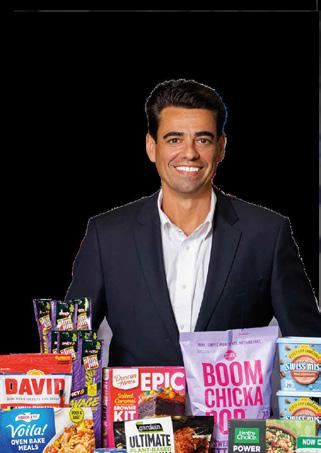
Client Sales Executives Chloe Allman, Mark Cawston
Project Managers Lewis Bush, Jo-Ann Jeffery, Lauren Proulx, Ben Richell, Basil Sharpe
Content Managers Mark Cowles, Valentina Forero, Jeff Goldenberg, James Page, Richard Saunders, Tarjinder Kaur De Silva
Media Sales Executives Mike Berger, Jessica Eglington, Will Gwyther, Reid Lingle, Sam Surrell
General Manager Florida Division Ryan Finn
Social Media Co-ordinator Rosie Clegg
IT Support Iain Kidd
Administration Natalie Fletcher, Rory Gallacher, Ibby Mundhir
© 2022 Finelight Media Group
Corporate Head Office
Cringleford Business Centre, 10 Intwood Road. Cringleford, Norwich NR4 6AU U.K.
T: (312) 854-0123 T: +44 (0) 1603 274130
US Office
2240 West Woolbright Road, Suite 402 Boynton Beach. FI 33426
T: (561) 778-2396

Hello and welcome to the November issue of Supply Chain World. This month we cover a variety of topics including Sustainability, Artificial Intelligence, Digital Transformation and Scope 3 Emissions. Our authors point out trends and offer their opinions into the best way forward for supply chain leaders. In these challenging times, I hope you find a useful look into a potential approach or a suggestion that triggers an idea – do let me know if you are inspired!
I would also love your input for next year. I am now planning the content for 2023, so please do get in touch if there are any subjects that you would like to see in our pages.
Please note: The opinions expressed by contributors and advertisers within this publication do not necessarily coincide with those of the editor and publisher. Every reasonable effort is made to ensure that the information published is accurate, and correct at time of writing, but no legal responsibility for loss occasioned by the use of such
Logistics To gain the most value, data has to be correctly collected and analyzed Digital transformation The key to building faster, flexible, and traceable supply chains Sustainability tackling challenging Scope emissions FUEL for growth Ale Eboli reveals the supply chain changes underway at Conagra Brands, which aim to deliver $1bn of cost savings
information can be accepted by the publisher. All rights reserved. The contents of the magazine are strictly copyright, the property of
Media Group, and may not be copied, stored in a retrieval system, or reproduced without the prior written permission of the publisher.
Finelight
Our cover story this issue gains insights from Alexandre ‘Ale’ Eboli,
and Chief Supply Chain Officer at Conagra Brands. The business has a range of supply chain initiatives underway – plus Ale reveals what makes him
up happy each morning.’ Turn to
to learn more.
Executive Vice President
‘wake
page 42
lh@finelightmediagroup.com
@SCWmag supply-chain-world-magazine Follow supply chain world at Welcome scw-mag.com 1
Libbie Hammond, Editor





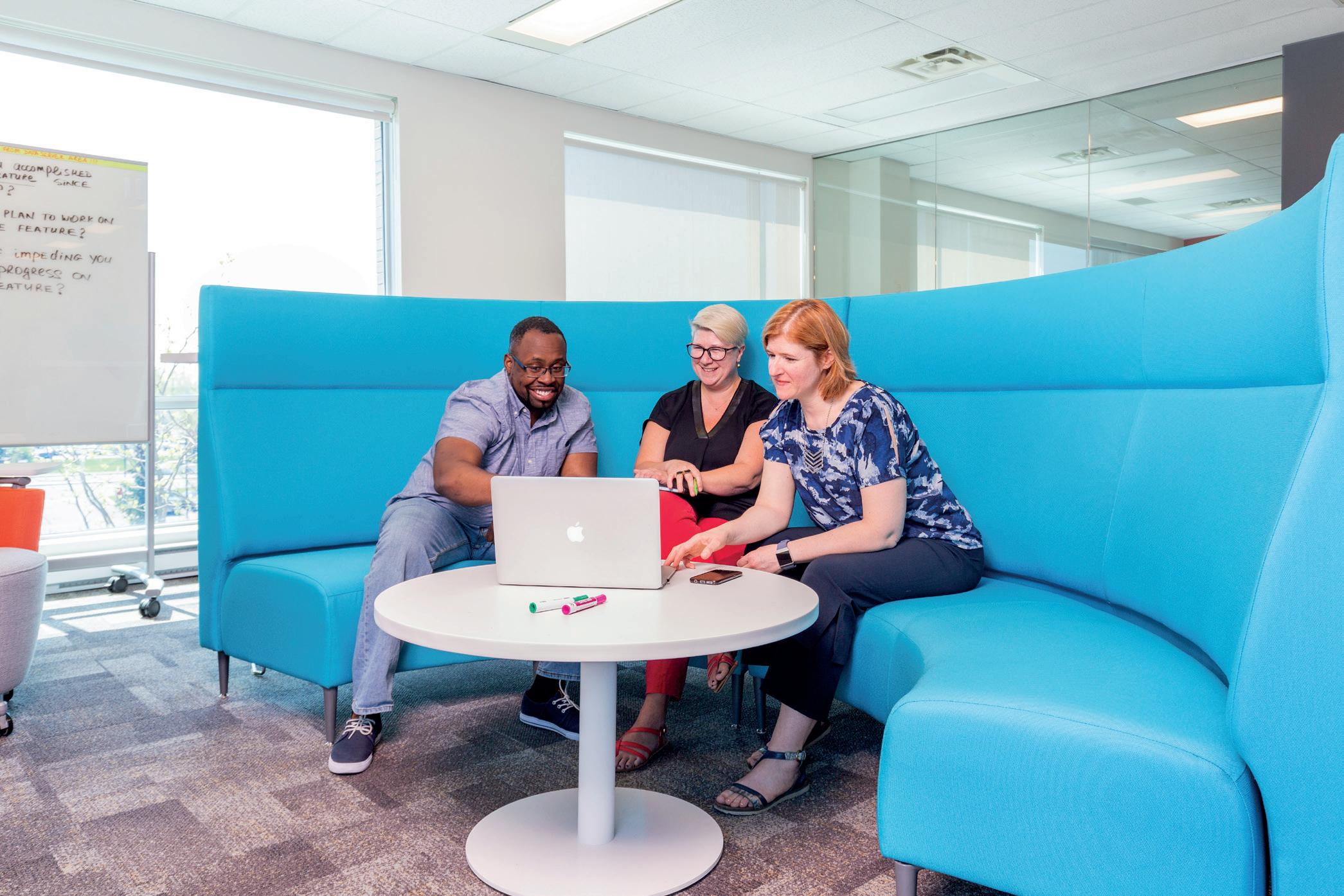

2 8 Inside this issue News Logistics 3D Printing Sustainability Technology Manufacturing Strategies Summit Supply Chain Strategies Summit 10 16 24 12 28 20 32 6 Digital Transformation Sustainability Contents

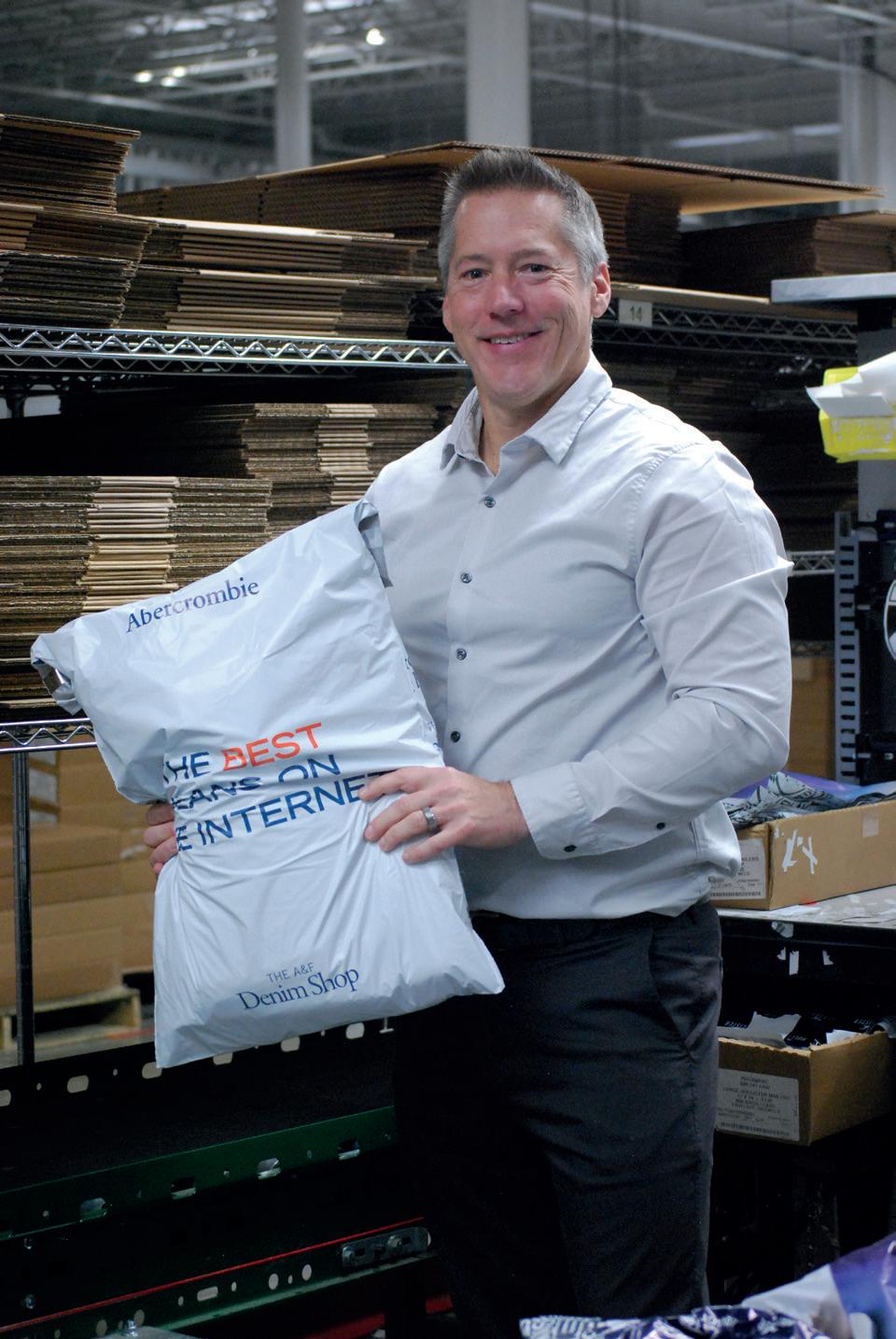

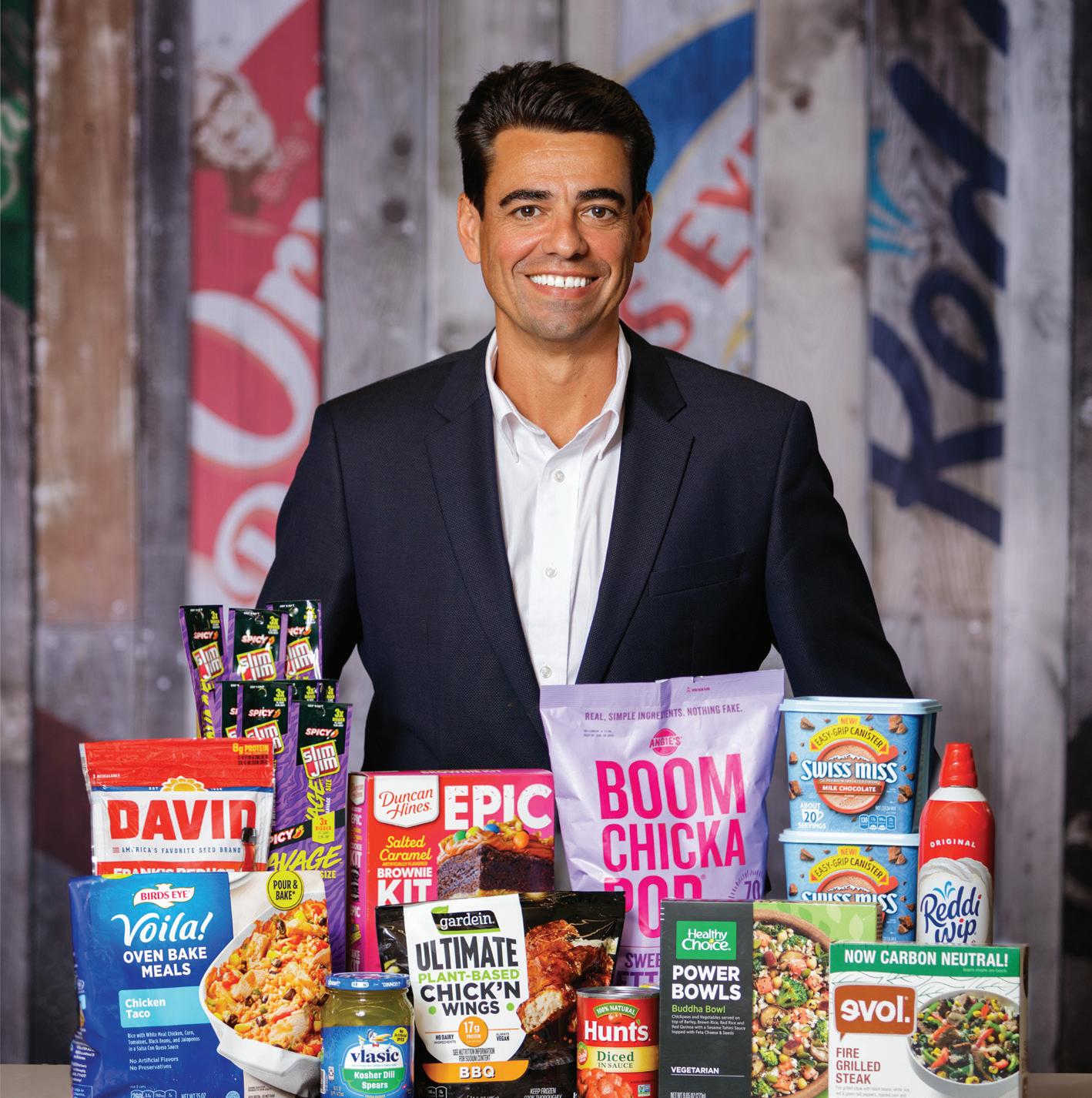


scw-mag.com 3 DHL LLP Conagra Brands Exclusive Feature Cover Story Cardinal Health American Welding & Gas Abercrombie & Fitch Co. 42 38 72 58 62 Mercedes-Benz USA 80 supply chain world


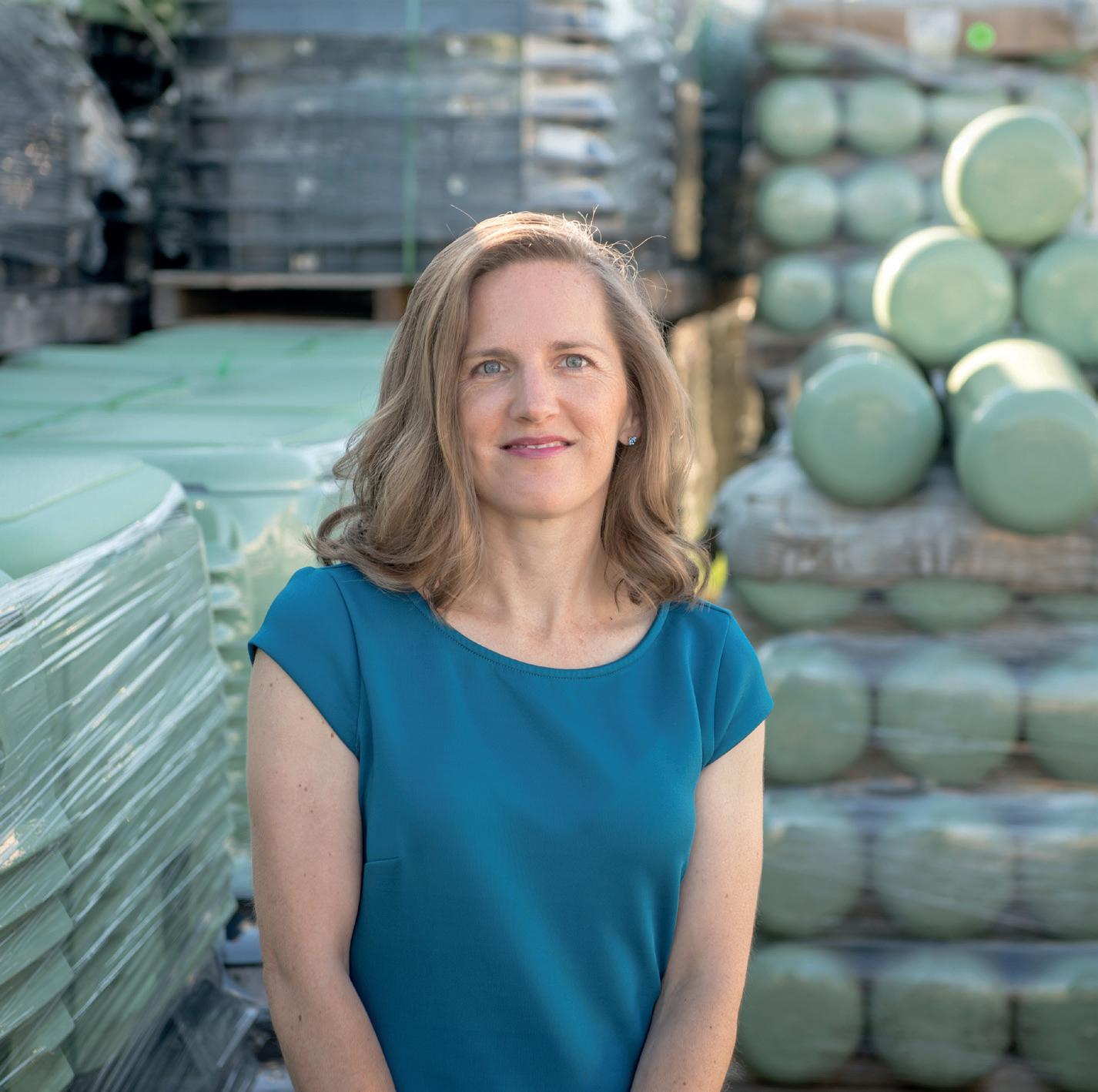
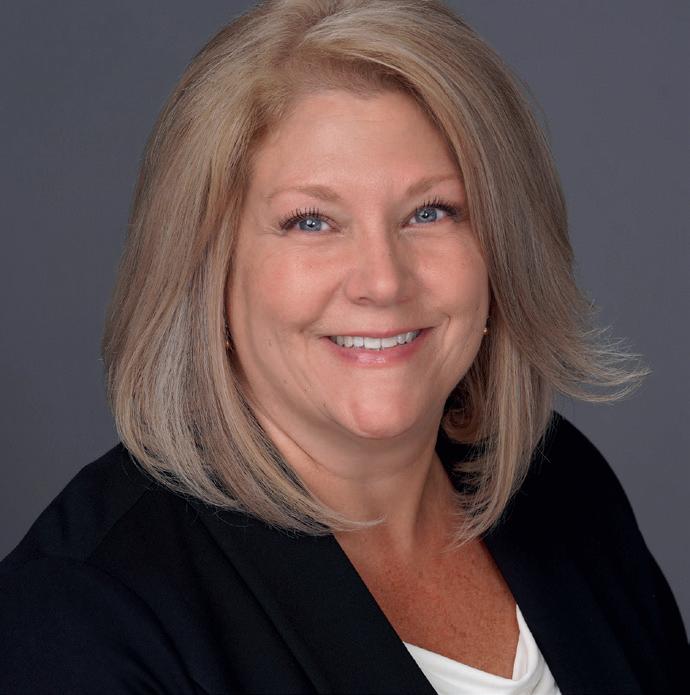

4 Northwell Health Power & Tel 116 104 128
Lubrizol
92
98 Contents
Day Kimball Healthcare
Driven Brands




From Conversion Systems to Spare Parts, DRT has you covered. Why limit yourself to one? Now produce DRT’s Beaded EOE, DRT’s New Depress Panel EOE, or both. Innovation: Now available only from DRT, a new design that produces 10% more tabs per ton of aluminum than the next commercially available tab. Contact us today to learn more! From Conversion Systems to Spare Parts, DRT has you covered Discover more at www.drtmfgco.com METAL PACKAGING CAPABILITIES FOOD AND BEVERAGE END CONVERSION SYSTEMS • EASY-OPEN END PRECISION TOOLING PRODUCT DEVELOPMENT AND INNOVATION • SERVICE AND TRAINING • STOLLE OEM TOOLING
European Manufacturing Strategies Summit
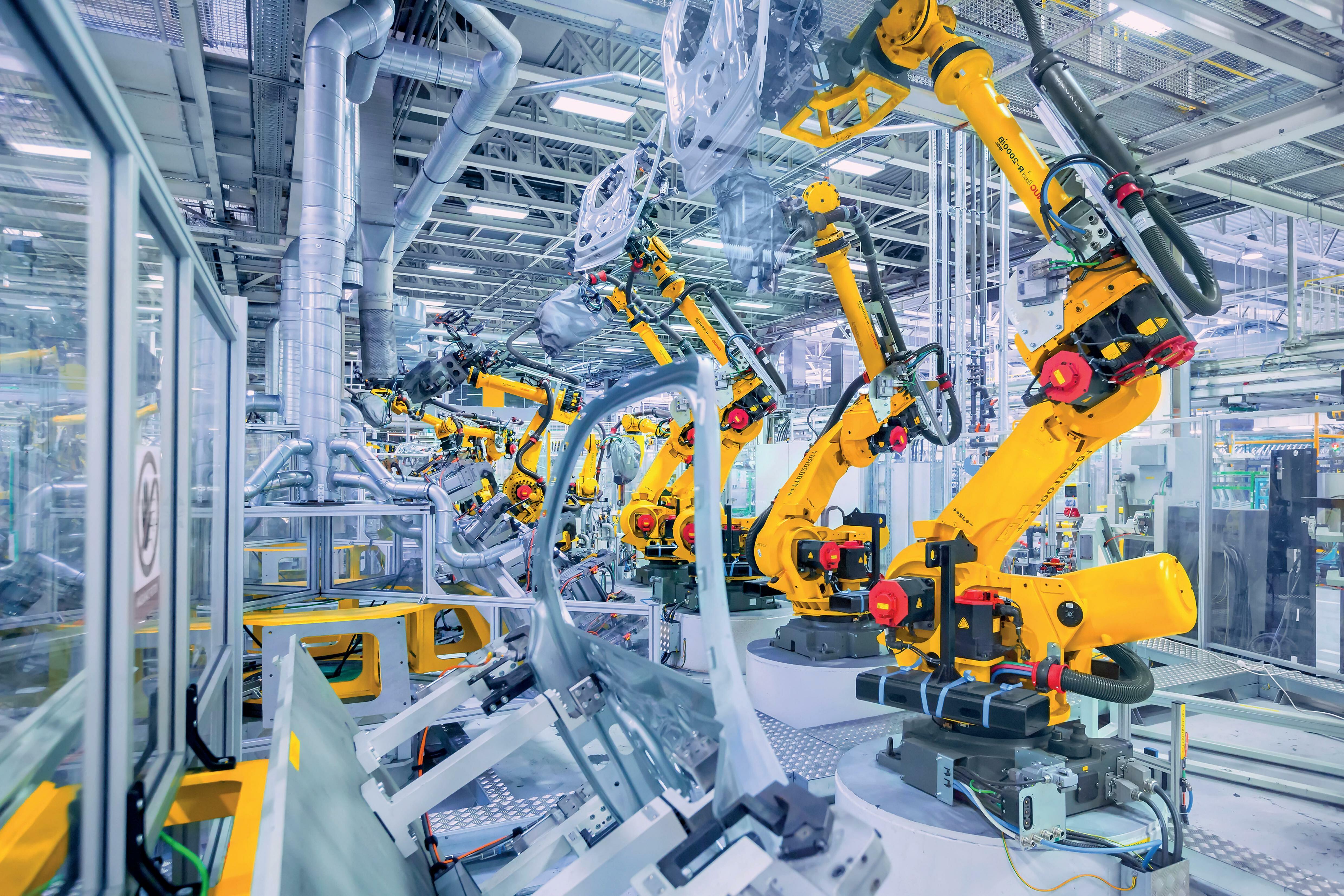
Industry experts gathered in Berlin for a packed program of industry insights at the 18th annual European Manufacturing Strategies Summit
The 18th annual European Manufacturing Strategies (EMS) Summit took place from 7th to 9th November at the Maritim proArte Hotel in Berlin. The annual summit provided an international forum for manufacturing leaders to share and discuss strategies for the best way forward in this new world.
EMS is the only strategic manufacturing conference and networking event to reveal best practice and highlight the latest solutions in preparing for an upturn over the next 12 months. Manufacturers in the industry shared case studies and insights on how the world has irrevocably changed in the aftermath of recent and ongoing geopolitical events.
Boasting a packed three-day, threestreamed schedule of 51 engaging and informative sessions, attendees enjoyed a wealth of industry experience and expertise. The summit offered workable and relatable case studies from the past couple of years,
presentations from active senior industry professionals and plenty of networking opportunities. Now a CPD-accredited event, attendees were able to expand their knowledge and gain a certificate of attendance that counts towards professional development.
The summit’s key themes explored maintaining an effective and functional workforce, highlighting the key parameters in switching to Net Zero, and transferring digital thread and technology capabilities.
There were several keynote presentations from notable heads of industry. Marc Winkelman, Global Director of Manufacturing Innovation Capability at Proctor & Gamble discussed the seven actions leadership needs to accelerate the operational excellence journey and deliver its results. Widely-regarded as an industry leader, Marc extrapolated the capabilities that have helped P&G experience a yearon-year program of cost-saving, inventory
6
reduction, service improvements and employee satisfaction.
In another exciting scheduled keynote presentation, Frank Polky, Head of OT Security at Mars discussed finding the balance between trust and zero trust. Having experienced a cyber-attack five years ago, Frank talked through the Mars journey from onboarding stakeholders to staff training in their global defense, and the resulting impact on productivity.
Delegates were also invited to attend a range of panel discussions. Topics included a framework for smarter manufacturing, growth pressure points and tailoring the customer experience to create a customercentric supply chain. Additionally, case studies covered a range of industry insights. From the Internet of Things (IoT) and technology to advanced production and strategic operations, heads of industry explored subject matter pertinent to modern manufacturing.
Delegates were also able to enhance their learning by attending networking brunches, one-to-one meetings and solution spotlight sessions. The summit was delighted to welcome heads of business from industry leaders, such as Staedtler, Electrolux and MTU Aero Engines, alongside esteemed academics from the University of Warwick, UK and the Institute of Mechanical Engineering of the School of Engineering of EPFL, Switzerland to this year’s advisory board. ■
European Manufacturing Strategies Summit

Dates: 7th to 9th November 2022
Location: Maritim proArte Berlin, Friedrichstraße 151, 10117 Berlin, Germany Website: www.ems-summit.com
7 scw-mag.com
European Manufacturing Strategies Summit
Supply Chain Strategies Summit

Heads of industry shared their strategy expertise surrounding the changing world of supply chain management
The Supply Chain Management Strategies (SCMS) 6th annual European Summit was held from 7th to 9th November in Berlin at the Maritim proArte Hotel on Friedrichstraße.
The European SCMS Summit provided an international forum for industry leaders to share and discuss the best way to face the many new challenges facing the industry. Delegates were joined in Berlin by industry experts, who offered an unparalleled range of senior leadership case studies and solutions for the sector.
A packed, three-day program of engaging and informative sessions offered attendees a wealth of industry experience and expertise. Delegates were able to experience workable and relatable case studies from the past couple of years, presentations from active senior industry professionals and plenty of networking opportunities.
The summit is now classed as a CPDaccredited event, and as such, attendees gained a certificate of attendance that counts towards professional development.
The key topics for the 2022 summit included food supply chain challenges, the current chip shortage, and discussions surrounding potential ways to create agility to avoid disruption. Additionally, experts discussed workforce disruption, the training of new staff and the adoption of remote auditing as a regular part of the supply chain management process in light of the global new normal.
There were several keynote presentations from notable heads of industry, focused on a range of topics. From advocating for the circular economy to the benefits of developing a strong relationship with customers, delegates had the opportunity to join leaders from across the globe to learn about the latest technologies and strategies.
8
Holger Langbein, VP Logistics, Robert Bosch GmbH, discussed a new strategy to include internal and external partners into processes and data flow. A special focus of the presentation was on the inbound side of logistics at Bosch and the value of seamless information and data flow between the organization and its suppliers.
Torsten Becker, Head of Study Program Supply Chain Management, SHR Berlin University of Applied Sciences spoke about the current supply chain climate. As the pandemic, the war, bottlenecks in transport and production, and limitations for travel have impacted the business world, many companies have been forced to adapt their supply chain strategies to the increased Volatility, Uncertainty, Complexity und Ambiguity (VUCA). Based on strategy projects from various industries, he highlighted new approaches, strategies and possible solutions.
Delegates were also able to attend a range of panel discussions. Notable industry heavyweights, such as HP Deutschland, Matsmart, Infineon Technologies and IBM, joined the panel to deliver case studies that imparted a breadth of industry experience and invaluable insight.
Additionally, delegates could enhance their learning by attending networking brunches, one-to-one meetings and solution spotlight sessions. ■
European Supply Chain Management Strategies Summit

Dates: 7th to 9th November 2022
Location: Maritim proArte Berlin, Friedrichstraße 151, 10117 Berlin, Germany Website: www.scms-summit.com
Supply Chain Management Strategies Summit 9 scw-mag.com
European
Corporate supply chain tool
Watershed has launched Watershed Supply Chain. The solution produces a Scope 3 emissions footprint using privately and publicly disclosed financial and climate data, plus granular insights into individual supplier emissions. It then overlays the customer supply chain footprint against suppliers’ existing climate programs and commitments, helping customers prioritize engagement with the suppliers that are best positioned to drive maximum climate impact.
Massive investment in US
The US Department of Transportation has announced more than $703 million to fund 41 projects in 22 states and one territory that will improve port facilities through the Maritime Administration’s Port Infrastructure Development Program. The funding, made possible by the Bipartisan Infrastructure Law and additional Congressional appropriations, will benefit coastal seaports, Great Lakes ports, and inland river ports, helping improve supply chain reliability and offering new workforce opportunities.
Safe patient tracking
SATO has partnered with Solid Solutions en Identification SA (Solid), to enable Swiss Clinic MV Santé to monitor patients in its wards using SATO’s RAIN RFID wristband.
The SATO RAIN RFID wristband, which helps reduce risk of infection while providing real-time data on a patient’s location in a hospital ward, is configured to work seamlessly with the SATO CT4-LX printer and its UHF RFID module.
The integrated solution enables automatic and accurate identification when patients are moving from one area to another.
Flexible solutions from KWE

Kintetsu World Express, Inc. (KWE) is an international freight forwarding and logistics company headquartered in Japan. As a subsidiary of the Kintetsu Group, KWE was officially established in 1970, gradually expanding its overseas network until five regional groups were formed: Japan; East Asia; Southeast Asia & Oceania; Americas; and Europe, Middle East & Africa. In 2015, KWE completed the acquisition of APL Logistics to further complement its extensive offerings with greater support and specialized services.
Today, KWE and its subsidiaries operate across 688 locations within 298 cities and 46 countries, with a warehousing footprint over 2,000,000 square meters and a workforce of more than 17,000 cargo specialists, brokerage experts, and supply chain architects. Its dedicated teams offer an array of flexible and localized solutions for aerospace, automotive, chemicals, electronics, healthcare, industrial, and retail sectors.


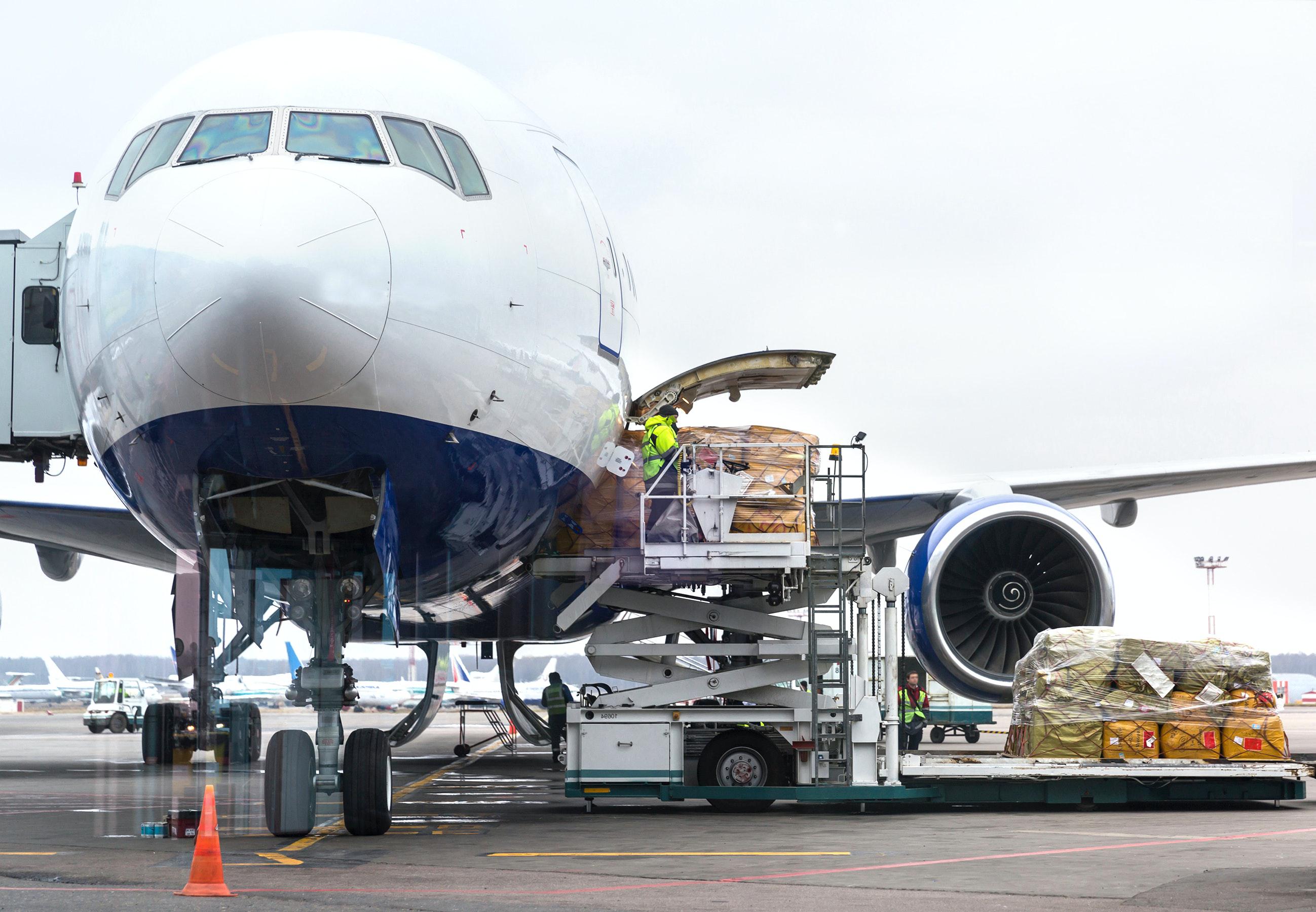
Industry News 10
Times change. Our commitments don’t
For more information, visit us at www.kwe.com

.
Four key steps
Purchased goods and services: addressing the most challenging Scope 3 emissions.
By Anuj Saush
The phrase ‘Purchased goods and services’ may seem innocuous, but sustainability executives know better.
Corporate emissions originate from various sources, which are grouped into ‘scopes’. Scope 1 refers to direct emissions from owned or operated assets e.g., emissions from the burning of diesel fuel in company trucks. Scope 2 refers to indirect emissions from purchased energy used in the company’s own operations, e.g., electricity used in company facilities. Scope 3 refers to indirect emissions originating from all other sources in the upstream and downstream parts of the reporting company’s value chain, e.g., processing and production of raw material and emissions coming from employee commuting.
Across industries, ‘purchased goods and services’ usually represent supply chains’ highest source of ‘Scope 3’ emissions. Inherently data-intensive, this can be one of the most difficult to handle categories of Scope 3 emissions, as they require extensive supplier engagement and collaboration and potentially the innovation of and reformulation of existing products and processes.
Actionable strategies are emerging, however. The Conference Board, a global think tank providing businesses
with trusted insights for what’s ahead, has developed a realistic sustainability pathway for executives to reduce their companies’ purchased-goods-andservices emissions. There are four key steps to an effective Scope 3 emissions reduction strategy: screen and prioritize; acquire data; refine supplier base; and, finally, set targets, monitor, and audit.
Emissions screening and prioritization
Prioritizing data collection efforts requires ranking Scope 3 emissions and then focusing on the most significant categories. One way to rank Scope 3 categories is based on the activities’ relative financial significance. However, spending and revenue do not always correlate well with emissions and actual environmental impact. Instead, companies must work toward using actual data – unit of measure of a product in dollars, kilograms, tonnage, and the associated emissions factor – to accurately quantify Scope 3 emissions. While the required data may be incomplete, for efficient and reliable monitoring of Scope 3 emissions in the future, companies should create robust quality-controlled master data management systems.
12
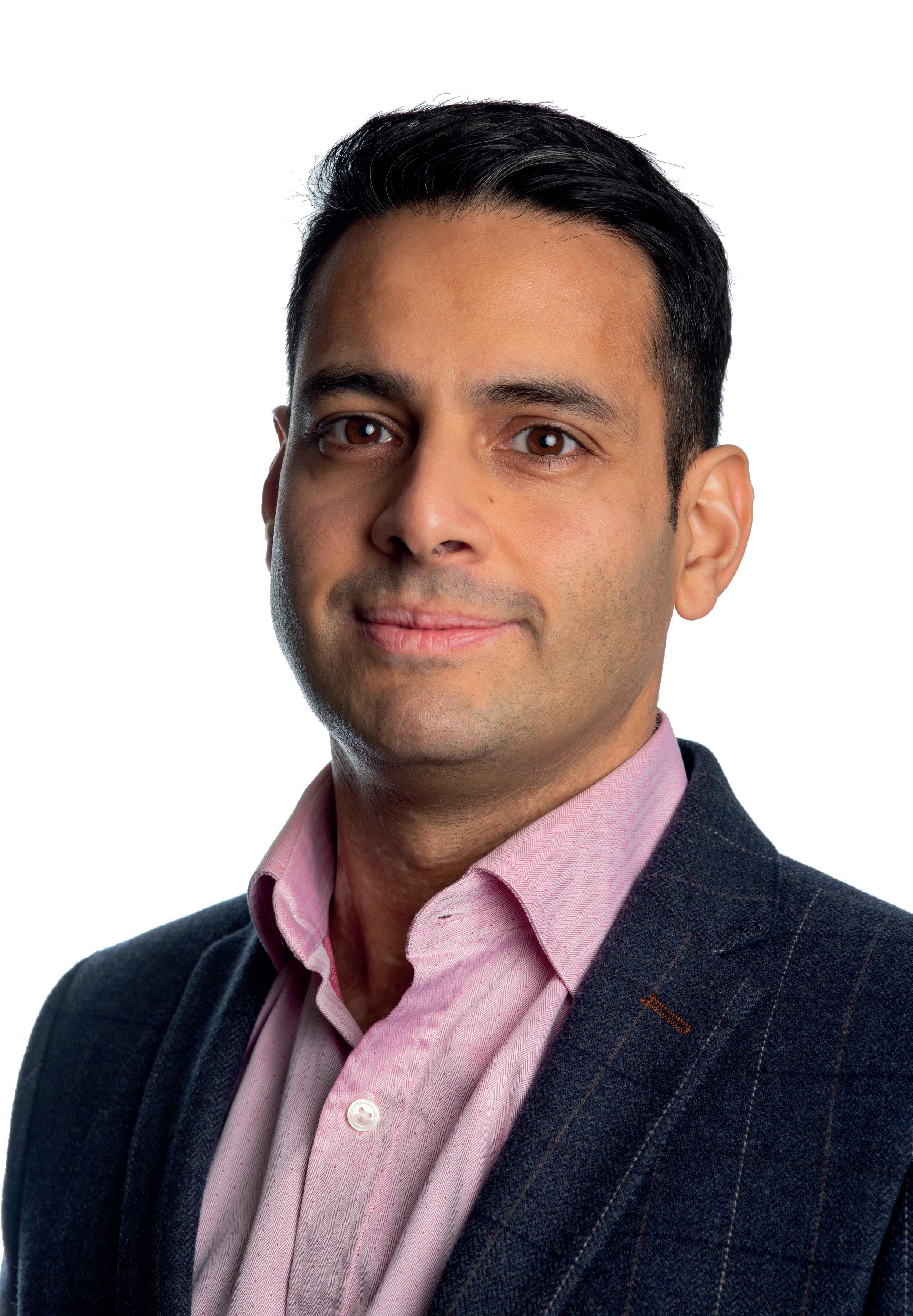
Sustainability scw-mag.com 13
Acquire data and explore potential
Companies typically use databases such as the Evoinvent and Gabi TS for materials and products emission factors or information from CDP supplier databases and Ecovadis ratings to prepare their emissions inventory. Although these cover a wide range of materials, products, and services, companies may not be able to find all emissions factors they need to have a complete inventory of greenhouse gases. It would, of course, be ideal if suppliers provided the specific data, but not all suppliers will be able to support such requests. It is most likely that a company will have to use a hybrid approach: a combination of a spending-based method (using financial data to calculate estimated emissions, for example), an average data method (converting volume of purchased goods to emissions estimates), and supplier-specific method (using actual life cycle analysis to calculate emissions, for example). While this hybrid method may not be fully accurate, it helps to identify the biggest sources of upstream value chain emissions with sufficient accuracy to start engaging in the joint management of emissions reductions.
Refine supplier base
Companies should identify the suppliers with the greatest estimated potential to reduce emissions. They are the first targets to engage, and the easiest wins occur when the company has a strong buying position – lots of influence, in other words – and the supplier has strong emissions reduction potential. Where the company’s influence is high but the potential for the supplier to actually effect reductions is low, it can begin joint initiatives to reduce and replace the input materials or services in question. Where there is low influence over the supplier and low potential of reduction, switching suppliers and/or redesigning the product might be the right move. Where there is high potential for the supplier to reduce emissions, but the company has little influence over the supplier, it may want to collaborate with other customers to improve sustainability. Of course, when forging these alliances, all parties must be careful to avoid any potential competition law breach. Once a company has mapped out and prioritized suppliers, it should engage with them to receive primary data.
14
Agree on targets and evaluate
Once the reporting company has calculated its Scope 3 emissions footprint and reduction potential, it should create a specific plan to achieve them. While setting their targets, companies must balance ‘ambitious’ and ‘achievable’ and need to be transparent about their underlying assumptions. Additionally, companies should set both shortterm and long-term targets. The former allows them to continuously monitor progress and incremental reductions as well as alert when adjustments due to changed circumstances are required.
Monitoring progress requires a system that can provide frequent Scope 3 emission calculations, enabling companies to detect deviations and quickly course correct. It can help to encourage such data collection efforts within the company by showing immediate results to all managers involved.
The transition to a low-carbon economy requires companies to review their entire value chain. For
some companies, e.g., re-sellers, the only way to reduce Scope 3 emissions is to have their suppliers reduce theirs. Addressing Scope 3 emissions is a significant undertaking. The right prioritization, however, will allow enterprises to achieve it in a reasonable timeframe, thus help create a more resilient supply chain. ■
For a list of the sources used in this article, please contact the editor.
Anuj Saush www.conference-board.org
Anuj Saush is Center Leader, European Governance & Sustainability Center at The Conference Board, the memberdriven think tank that delivers trusted insights for what’s ahead. Founded in 1916, it is a non-partisan, not-for-profit entity holding 501 (c) (3) tax-exempt status in the United States.
scw-mag.com 15 Sustainability
People data
Logistics’ employee safety and its role in digital transformations
Logistics organizations are under unprecedented pressure to improve not only efficiency, but also employee safety. The Covid-19-inspired spike in demand has highlighted endemic performance problems and created new workplace challenges; how can companies recruit and retain staff in a highly competitive market when the transport and storage industry exhibits a higher rate of injury at all levels of severity compared to other sectors?
Digital transformation provides a chance to improve efficiency, reduce costs and enhance responsiveness to customers, and transform the dayto-day experience for employees. This can only be achieved, however, if organizations get the right data

collection and analysis solutions in place that quickly and effectively deliver new insight to logistics teams, explain Peter Ruffley, CEO, Zizo, and Ian Brown, CEO, Excelpoint.
Data capture challenge
While there are many technologies associated with digital transformation, in essence it is about data; using data to both automate processes and gain better understanding to drive business improvement.
For many organizations, however, that simple statement is the stumbling point. What data is required? Where is it located? How is it accessed? Can it be used in combination with other sources? Is there any contextual information? How often does it change?
16
The first question, of course, is: how can data be collected? For warehouse operations still reliant upon many manual, even paper-based processes, data collection is complex and time consuming. It can require significant effort to entice any insight from systems – information which is then out of date in this fast moving environment. Inefficiencies remain unchecked and safety risks ignored.
Extracting value
Achieving fast, effective data capture is a priority. No-code automation software that can be configured into a range of solutions for businesscritical processes can quickly improve access to information, eliminating the need for multiple inputs across numerous systems. Such software helps businesses to streamline the way they manage people, systems and information, in turn, improving the workforce’s welfare, achieving flexibility and significant cost savings.
For example, from a safety perspective, simple, automated solutions for logging, recording and
resolving incidents can both ensure Reporting of Injuries, Diseases and Dangerous Occurrences Regulations (RIDDOR) compliance and provide vital insight to ensure the incident is not repeated in the future; while automated safety audits create a structured process where information driven insights support employee safety while meeting compliance regulations.
In addition, the deployment of sensors or wearable devices, connecting to an Industrial Internet of Things (IIoT) platform or at the edge, can very quickly deliver new business insights. For example, data from smart controls, such as loading docks, blind intersections and door openings can be used for operational improvements, as well as ensuring employees are safe and following protocols.

Employee safety
With a holistic overview of operations, logistics managers gain confidence to make better decisions regarding both performance and
Logistics scw-mag.com 17
employee well-being. Workforces can identify areas where incidents could happen, highlighting risks before an accident occurs. In addition, information gathered from wearable devices can pick up an individual’s lifting techniques, body temperatures, heart rate or distance travelled in the workplace – providing managers with the ability to intervene in any unsafe practices in real-time.

This insight also creates a unified picture of what is happening across the factory or warehouse by highlighting patterns of behavior that previously may have been undetectable, information that can be used within a feedback loop to drive continual improvements. For example, employees can be offered specific interactive and data-driven training – which will not only enhance employee wellbeing, but also improve employee productivity, in turn, increasing their satisfaction.
This is crucial as, according to the Health and Safety Executive, ‘training helps people acquire the skills, knowledge and attitudes to make them competent in the health and safety aspects of their work.’ Such programs, driven by data-insight, can ensure that individuals performing a task have the competence to do so without putting the health and safety of others or themselves at risk.
Conclusion
Good employees are hard to find right now. For an industry experiencing a significantly higher number of safety incidents - for example forklift accidents account for approximately 85 deaths and 34,900 serious injuries each year - more must be done to both improve the operational risk
18
environment and create tailored employee training and education.

Furthermore, employee safety is a great place to kick off a digital transformation program. With wearables and no-code solutions, the process is simple and creates zero disruption; and the insight is both immediate and accessible for logistics staff. Critically, it builds confidence in the value of data amongst logistics teams, accelerating their commitment to transformation and helping to create an appetite for data driven change.

Once businesses realize the benefits and can see the impact, such as better employee safety, warehouse managers will begin to question what else they can do. What else can be improved? What else can be changed for the better? And this is the foundation to driving the digital transformation. ■
For a list of the sources used in this article, please contact the editor.
Peter Ruffley is CEO, Zizo, and Ian Brown is CEO, Excelpoint. With state-of-the-art patented technology and value driven service, Zizo® helps organizations, of all sizes, identify and access their most valuable data; enabling them to rapidly become data driven. An end to end platform, comprising of an edge database, graphical data engineering capability and data visualisation, each solution was conceived to meet the challenges of data analytics at both the edge and at the cloud, meaning Zizo® is truly unique.
Peter Ruffley www.zizo.co.uk
scw-mag.com 19 Logistics
Unlimited possibilities
What is required to unlock the next stage of supply chain evolution?
By Sateesh Seetharamiah
Fragmenting demand, rising supply chain complexities, and the need for resilience and responsiveness in the face of disruption are catalyzing a shift in the fabric of the global supply chain. The Covid-led disruption in 2020 was unprecedented for global supply chains, especially for retailers and consumer goods manufacturers; the stakes have altered considerably.
Surveys from several consulting firms show that the preference for online shopping is here to stay. This has led to an unparalleled fragmentation of demand where the demand signal comes from each customer’s doorstep. Moreover, even next-day delivery comes too late in the age of instant gratification. For manufacturers, not clued into their real-time supply chains means frequent out-of-stock situations, losing business to competition, and suboptimal inventory management. For instance, during the Covid crisis, 72 percent of retailers experienced multiple stock-outs for fast-moving products. We all remember the toilet roll runs! Fittingly, the top priorities for supply chain digitalization have become demand planning (74 percent), supply planning (69 percent), and inventory optimization (58 percent).
The key to building faster, flexible, and traceable supply chains
While manufacturers are adapting to these shifts, Gartner found that 70 percent of supply chain leaders have not been able to align strategy with operational execution. One of the reasons is the lack of end-to-end visibility and intelligent solutions that help real-time action. To make effective decisions regarding product stocking, holding, recall, and other operations, you need to know what is happening at every point in your supply chain. That kind of granular visibility and traceability – beyond Tier 1 and Tier 2 suppliers – at the SKU level goes a long way in building resilience. According to a McKinsey survey, companies with end-to-end supply chain visibility were two times as likely to report having no challenges from 2022 disruptions.
20
It’s also obviously good for business. For instance, by improving supply chain visibility, a premier international brewer was able to reduce stock-out scenarios at distributor locations by 15-20 percent. In another example, a global leader in confectionery, pet food, and food products was able to standardize its hold and release process with a unified view of its supply chain. Harmonizing data from multiple enterprise resource planning (ERP) and warehouse management systems, it could track where the finished goods were at any given moment and hold or recall them if needed.
Unfortunately, these success stories are outliers. Even today, despite accelerated
digitalization efforts, a large part of supply chains, especially in the emerging markets, rely on antiquated tracking methods such as spreadsheets or disparate and disconnected systems. Mining and harmonizing data to glean insights from across the supply chain from these siloed collection methods is effort and cost intensive.
The industry needs a new approach that allows more visibility across the partner network and more collaboration that leads to order fulfillment. An approach that goes further than digitalization and uses integrated solutions to gather, extract, and share information with multiple stakeholders, creating a truly connected supply chain.
transformation 21 scw-mag.com
Digital
Achieve market dominance with a cognitive, connected supply chain
Supply chains can no longer afford to follow a linear model and must transform into connected multi-vendor ecosystems that are scalable, rapidly customizable, agile, and ‘always-on’. Competitive differentiation depends on being able to leverage data collected from these connections in real time to coordinate and harmonize functions across people, processes, technology, and networks.
A connected supply chain rests on three pillars - building cognitive operations, exploiting the power of value networks, and amplifying human potential (see fig). This involves:
■ Digitizing processes and documents to unlock hidden insights faster
■ Connecting all supply chain stakeholders and facilitating an exchange of data and information in near real-time
■ Automating processes and systems to remove inefficiencies
■ Leveraging AI/ML to augment human decision making
By coupling high levels of AI, Automation and Machine Learning with seamless data visibility across the entire value chain, the connected systems get smarter as they scale. For instance, a global sports merchandise giant augmented its network with 325 new distributors using an intelligent supply chain platform with automated sales data acquisition. Access to this data across 32,000+ stores and 30+ countries increased its demand visibility by 60 percent, improving demand planning, speed to market, and customer engagement.
Digitize Processes and documents Connect
Parties and customer journeys
Exchange
Data and information Automate Processes and systems
Augment
Human decision making
Committing to the next-gen supply chain
Today’s massive, complex supply chains are living, breathing organisms. Keeping them alive is a concentrated effort of multiple, interconnected, interdependent systems that run seamlessly without the need for manual intervention. Building a connected supply chain is like creating a central nervous system for this organism. In this system, every tiny cell can send signals about what
22
Amplifying
it needs to a control mechanism that activates appropriate responses to meet those needs. This level of connectivity, insight and intelligent automation will be essential in unlocking the next stage of supply chain evolution to drive hyper-personalization and true reconciliation of humanmachine capabilities.
For a list of the sources used in this article, please contact the editor.
Operations Unlock new business models Improved org resilience Enhanced customer experience Industry leading process efficiency Increased productivity & predictability Sateesh Seetharamiah www.edgeverve.com Sateesh Seetharamiah is the CEO of Edge Platforms, EdgeVerve Systems Limited (An Infosys Company), and a board member and
Director at EdgeVerve. EdgeVerve Systems
subsidiary
Infosys, is
global leader
platforms, assisting clients
unlimited
Human Potential Value Networks Cognitive
Whole-time
Limited, a wholly-owned
of
a
in developing digital
to unlock
possibilities in their digital transformation journey.
Digital transformation 23 scw-mag.com
The missing link?
Bridging the gap for a resilient supply chain.
By Dr. Henrike Wonneberger
24
Optimizing the supply chain contains huge potential for OEMs to increase profitability. Reducing inventory costs with punctual delivery has been, for many years, the focus of supply chain management. Over the years, supply chains have been optimized to perfection, using algorithms and digital tools, but they are balanced on a knife’s edge. Covid 19 and the subsequent closing of borders have revealed the limits of planning and the fragility of supply chains to suppliers, OEMs, and end customers.
Ways to mitigate supply chain risks
When a part is needed urgently, every hour can cost manufacturers hundreds and thousands of dollars with the cost of the spare part itself often negligible compared to the economic and reputational damage caused by its absence. Increasing the buffer in warehouses could minimize the risk of supply gaps, but counteracts previous efforts to reduce inventory and increases tied up capital, warehousing costs and obsolescence.
Another option is to source from several suppliers in multiple locations; should one supplier fail, others can cover the demand. However, interconnected global supply chains are often dependent upon a few suppliers of basic materials. Subsequently, for specific parts or components, all worldwide suppliers might be affected by the material shortage. A better solution is not only supplier diversification, but also in material alternatives.
A third way to improve the resilience of the supply chain is to
return to localized manufacturing –as witnessed at the beginning of the Covid-19 pandemic. This saw many manufacturers 3D print critical parts needed to fight Covid-19 – such as face shields or valves for respiratory devices. This manufacturing philosophy, named bridge manufacturing, can be used as a blueprint to generally improve supply chain resilience.
Essentially, bridge manufacturing means having a technically viable alternative to bridge a gap. This gap can be economic if other technologies are too expensive, or an availability gap, if parts produced in another manufacturing technology are unavailable.
Bridge manufacturing requires a manufacturing alternative for the part that allows on-demand, decentralized production. This ensures the part can easily be made available anywhere globally in the event of a sudden unexpected shortage. Consequently, should supply chains be disrupted, the OEM or supplier has alternative options, potentially saving money and reputation. As a concept, bridge manufacturing comprises three different types: provisional solution, equivalent manufacturing solution, and ramp-up/phase-out bridging.
Provisional solutions
Well known in dentistry, this is where a transitional prosthesis –using a different material and a different technology – is provided as a makeshift solution while the actual prosthesis is manufactured. Requirements for a makeshift solution are often lesser than for the original, making bridge manufacturing a second-best alternative from a technological standpoint.
3D printing scw-mag.com 25
Whether a part is used as a stop-gap until the ‘original’ spare part is delivered, or until it breaks down and is replaced by the ‘original’ spare part, bridge manufacturing of the part takes place in parallel to ordering a standard ‘original’ spare part. Like this, the machine downtime is reduced in the same way, saving the OEM money and reputation.
Equivalent manufacturing
However, bridge manufacturing can meet all requirements and specifications of the ‘original’ part. In this case, bridge manufacturing might be more expensive
in a regular supply chain situation, making it inappropriate for standard production, but it might have certain advantages when other constraints occur. For example, a polymer part could be manufactured at low cost per part in large quantities in a central location.
In the event of a global supply chain disruption and the part is needed overseas, this can be bridged by localized 3D printing close to where it’s needed in the required (probably low) quantity. If the manufacturing alternative was set up conforming to specifications, a part produced correspondingly might last as

26
Few manufacturing technologies meet these criteria; injection molding, requires high tooling investments and ramp-up-time before production can start. Milling can be very expensive and material-intense, and is limited regarding geometries and complex structures.
Adding value with additive manufacturing
The most viable option for bridging is additive manufacturing and in the last years 3D printing has become increasingly popular, especially for industrial applications.
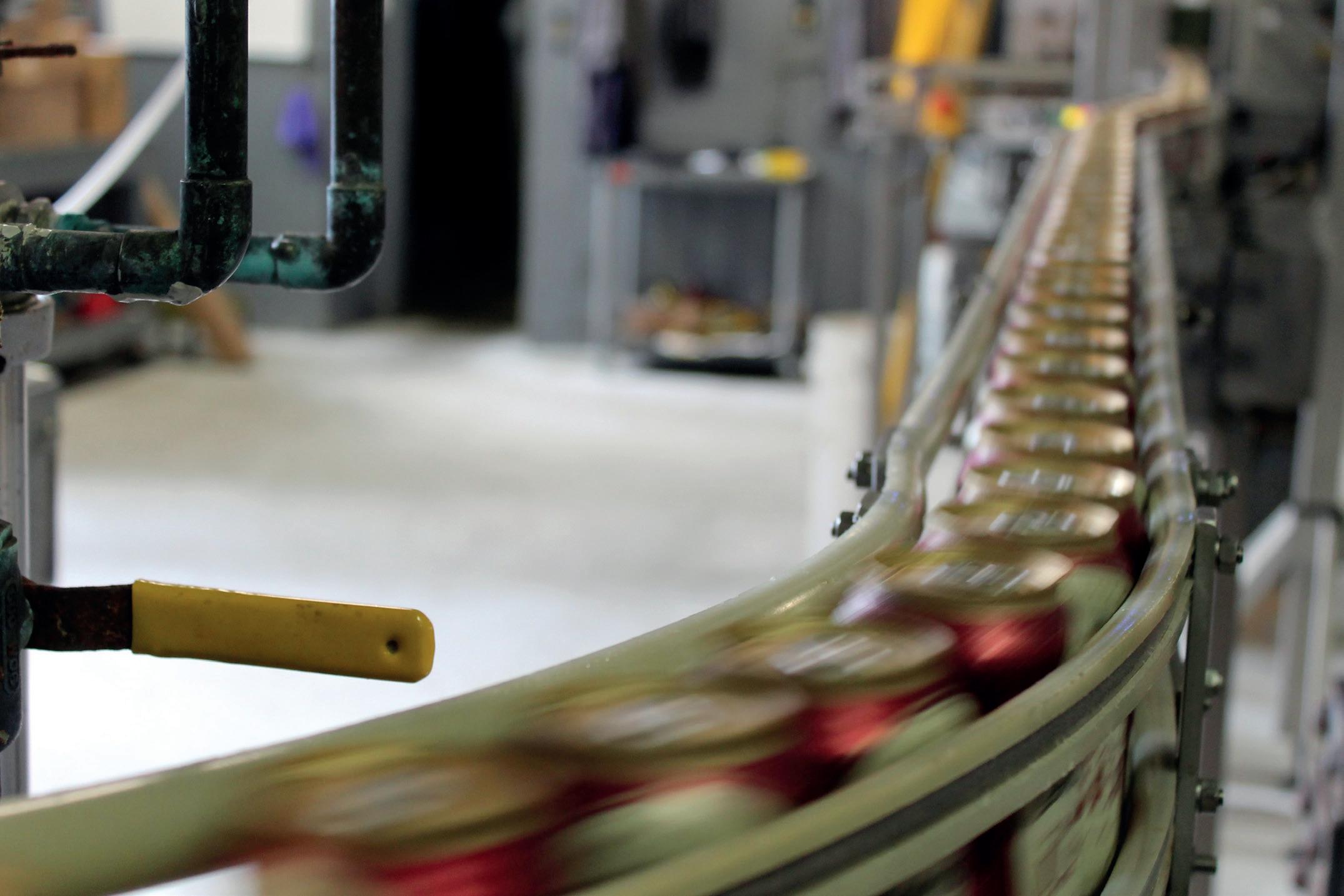
Once a part is qualified and print parameters are set, it does not need any ramp up but can simply be sent securely to a 3D print service bureau for fast, cost-effective production. That’s to say, exactly where the part is needed, when

it is needed and in the precise quantity needed – even a lot size of just one. It is these basic principles of 3D printing that continue to make it an agile and benefit-enhancing option for low-volume manufacturing requirements among OEMs large and small. ■
Replique replique.io
Dr. Henrike Wonneberger is COO and Co-Founder of BASF-owned, Replique, which offers an industrial 3D printing platform that enables OEMs to provide parts on-demand anytime and anywhere to their customers through a global, decentralized and secured 3D printing network.

3D printing scw-mag.com 27
An intelligent approach




Two years of constant disruption show the value of integrating AI in the supply chain.








 By Polly Mitchell-Guthrie
By Polly Mitchell-Guthrie
28
Unprecedented and continued supply chain disruption has become a major business problem that places huge demands on organizational resilience and agility. Many industries face significant upheaval from the spike in energy prices, war in eastern Europe, skills shortages, commodity and shipping cost inflation, port delays, congestion, container shortages and Chinese Covid-19 lockdowns. The seemingly never-ending problems represent disruption to the point of disorientation.
The consequences are visible in poorly-stocked shelves and warehouses, drops in manufacturing output, delays in on-time delivery to customers, and loss of revenue. As organizations attempt to satisfy demand they may feel forced to engage in heavy expenditures on expedites like air freight, adding to their cost pressures (and carbon footprint, a growing area of pressure for companies).
While there is no way of preventing unexpected events, integrating AI into supply chain systems can help improve supply chain efficiency and resilience, enabling organizations to manage the disruption far more effectively.


For example, by automating mundane tasks so planners focus on the complex exceptions, their productivity can be increased. Additionally, they can use AI to predict demand, increasing the accuracy of the signal that kicks off the rest of the supply chain planning steps. AI can also be fused with optimization


and custom heuristics to address supply allocation, such as maximizing revenue from existing inventory by determining what could be built with the least additional budget.


Organizations integrating AI and advanced analytics have advanced warning of likely events and can respond far more quickly. Take demand-sensing, for example, which uses AI to enhance shortterm forecasting by incorporating external signals along with the usual sales history inputs. These external signals could include data from the downstream supply chain, market information, social media and commodity price indices. To give one example of how this works – planners with these inputs can act fast to secure raw materials that become available at a smaller increase in price before the rest of the market piles in.
In a control tower approach, an AI application will monitor disruption signals and prescribe recommendations based on what it has learned from the efficacy of previous interventions.
AI provides a variety of techniques to deal with a wide range of events. A machine learning approach called clustering, for example, will aggregate sales patterns into groups used to adjust forecasts. These clusters offer guidance on how to order and replenish.
As the significant gains AI delivers become better understood, adoption has increased. The MHI Annual Industry Report for 2021 showed an increase in AI adoption from 12 percent to 17 percent, with almost another quarter (24 percent) of respondents expecting to implement AI within a couple of years.
Technology scw-mag.com 29
The steps businesses require to maximize the immense potential of AI integration
Integration of AI into existing supply chain management systems does, however, involve many careful steps and wider considerations.

One of the main areas of attention is data. AI needs large amounts of data to make predictions, and while supply chains typically have no shortage of data, it needs to be accessible, prepared for analysis, and attention paid to increasing its quality. AI-adopting businesses also need to ensure they have good processes behind decision-making, overhauling
them in preparation. They should also address the data literacy of their workforce, so they can use the technology to best effect.
The human element remains vital. AI research progresses daily, but even as systems become smarter, human input is needed. AI applications and skilled employees should complement each other, rather than create what some call a ‘lights out’ or fully autonomous supply chain that replaces the human. We know AI can find patterns in massive amounts of data beyond the cognitive capacity of homo sapiens, but it lacks the three C’s: it cannot derive meaning from context, collaborate by building
30
and maintaining relationships, or provide a conscience. The goal should be to focus planner domain expertise on situations with high volatility and complexity that we cannot predict, much like the last couple of years.
Human supervision is also necessary as ESG (environmental, social and governance) requirements become more urgent. AI will do what we program it to do, but it has no conscience interested in avoiding modern slavery and deforestation or opting for the most environmentallyfriendly use of energy. It needs a guiding hand to address these important challenges.
The implementation of AI should also focus on transparency so it is not a mysterious and threatening black box solution. AI models typically trade precision for interpretability, which means they may be more accurate but with no explanation as to how the results were derived. Planners need AI accompanied with tools to increase interpretability, so they have choices about the decisions organizations make. And they need democratization in the form of new developments such as automated machine learning that can deliver AI to people without data expertise but who can interact with tools that generate insights for them to use.
In conclusion we can say that the last two years have demonstrated how traditional spreadsheet approaches to supply chain planning and operations struggle when one set of severe and unforeseen disruptions follows another. Businesses need AI so they can see ahead, respond faster
and more effectively, equipping their supply chain leaders to make the right decisions and seize opportunities more quickly than competitors. The world is changing fast, and businesses with complex supply chains must adapt. ■


For a list of the sources used in this article, please contact the editor.
Kinaxis www.Kinaxis.com
Polly Mitchell-Guthrie is VP of Industry Outreach and Thought Leadership at Kinaxis. Everyday volatility and uncertainty demand quick action. Kinaxis® delivers the agility to make fast, confident decisions across integrated business planning and the digital supply chain. People can plan better, live better and change the world. Trusted by innovative brands, the company combines human intelligence with AI and concurrent planning to help companies plan for any future, monitor risks and opportunities and respond at the pace of change. Powered by an extensible, cloudbased platform, Kinaxis delivers industry-proven applications so everyone can know sooner, act faster and remove waste.
“ “
The human element remains vital. AI research progresses daily, but even as systems become smarter, human input is needed Technology scw-mag.com 31
“ “
Time to get ready
Sustainable supply chains: How to turn regulations into opportunity.
 By Dr.Madhav Durbha
By Dr.Madhav Durbha
32
Amultitude of events
over the past two years have caused worldwide disruptions and put supply chains in the spotlight. For a couple of decades, businesses have centered their supply chain design around ‘just-in-time’ delivery, but the past few years have forced them to re-evaluate their approach.
Despite ongoing disruptions, this refreshed focus on supply chain networks has provided companies with an opportunity to assess and improve their networks, not only from an efficiency standpoint, but also from an environment, social and governance (ESG) perspective.
The rising focus on ESG

Although some leaders may still fail to recognize the term as more than a buzzword to their own detriment, ESG is becoming a vital regulatory requirement and a key business priority – especially for those who are focusing on a purpose beyond generating profits.
It’s not only because it’s the right thing to do but because of pressure driven by customers and investors. There’s also growing regulatory pressure from governments on companies to meet ESG objectives, with the introduction of new laws that push businesses to act on reducing their carbon emissions and prevent environmental degradation or ethical misconduct. This is not only
within their operations but also with direct and n-tier suppliers, as well as subcontractors throughout their supply chain. Companies that fail to comply with these regulations will face stiff penalties.
One example of new regulation is Germany’s Supply Chain Due Diligence Act. Starting January 2023, it will require large businesses operating in the country to monitor their supply chain for human rights violations and compliance with environmental standards – otherwise they’ll be met with hefty fines. In the US, the Securities and Exchange Commission (SEC) has proposed the introduction of ESG reporting rules and requirements. This would also require companies to disclose certain information about climate-related risks and emissions.
However, the regulatory trend shouldn’t be viewed as a burden. It’s an opportunity for companies to have a positive impact on the world and begin the process of assessing and improving their supply chains – a perfect time to push forward their ESG priorities. Especially as social and governance standards are typically well established in large western companies already, yet their supply chains often generate far greater emissions than the company’s direct emissions. For any business that has the goal of achieving ‘net zero’, the sustainability of their supply chain is vital.
Sustainability 33 scw-mag.com
Pushing forward with ESG
But are companies committed to meeting their ESG priorities and if so, what challenges are they facing? Insights from research conducted by Coupa discovered that most enterprises do care about ESG concerns and they’re committed to their objectives. For example, globally 91 percent of businesses stated that reducing emissions is important to them and 89 percent said the same about eliminating modern slavery.
Looking at the US data, it’s aligned with the global statistics, with 89 percent responding that both are important.
Nevertheless, many companies are suffering from major blind spots in their supply chains, making it impossible for them to make meaningful progress toward their ESG objectives. Specifically, 61 percent of US companies cannot tell if their
closest supply chain partners are meeting any kind of ESG standards. Additionally, 53 percent admit to not having an effective risk management system in place to accurately assess ESG integrity in their supply chains. Given the large number of companies that may need to comply with Germany’s Supply Chain Act, this could be a major challenge.
Diving deeper into the blind spots, US companies need to become faster and more agile to replace supply chain partners which fail to meet ESG standards too. Only 18 percent can do it within a couple of days, whilst 43 percent would need a couple of months or longer, if possible. What’s more, when asked about how they assess the ESG risk and compliance of their supply chain partners, 61 percent find their current solution inadequate.
34
Next steps to improve your supply chain
Businesses need to pay closer attention to their supply chains so they can meet their ESG objectives and comply with legislation. But how can they do that with several major blind spots?
First thing first, businesses must invest in their people, processes, and technology to meet legislative requirements, such as implementing effective third-party risk management solutions.
Secondly, they need to look at their supply chains and implement better tools for designing and planning them. A great example of this is digital twin technology which uses Artificial Intelligence (AI) to create virtual models of a company’s supply chain which can help improve resilience. Companies can use it for scenario planning and stress testing to discover if, and where, there are weak links and to assess the potential operational and financial impact from risky suppliers. This technology can deliver sustainability benefits too, such as helping to plan more fuel-efficient routes for the transportation of goods or reducing wastage by optimizing inventories and capacities.
Lastly, companies must engage in industry-wide collaboration and data sharing on suppliers’ ESG credentials. All the US companies surveyed agreed that this would be useful information to have. Collaboration would save the duplication of work, as well as ensure that it’s collected efficiently and in the hands of decision-makers when they need it.
Modern technology platforms can make such data sharing easy, secure, and automated. They can feed realtime, third-party data to customers
from organizations that monitor suppliers for ethical malpractice or environmental damage. For instance, if a supplier has committed an offence, it can automatically flag this to customers working with the supplier. Such high levels of transparency inform businesses if they’re working with a company that represents an ESG risk.
“
Many businesses have already spent time assessing, reevaluating, and fine-tuning as they navigate the disruptions they’ve faced. However, businesses that want to have a resilient supply chain must pay close attention to their ESG standards, especially if they want to be ready for the incoming regulations. ■
For a list of the sources used in this article, please contact the editor.
Dr. Madhav Durbha is VP of Supply Chain strategy at Coupa. Coupa is the cloud-based Business Spend Management (BSM) platform that unifies processes across supply chain, procurement, and finance functions. Coupa empowers organizations around the world to maximize value and operationalize purpose through their business spend.
 Coupa www.coupa.com
Coupa www.coupa.com
“ “
Modern technology platforms can make such data sharing easy, secure, and automated.
“
Sustainability 35 scw-mag.com


Towering
ABOVE the competition
In the realm of lead logistics providers, DHL’s global network of control towers puts the business firmly at the fore

In the first two instalments of our series exploring DHL LLP (DHL), we have delved into the ways that digitization is shaping the landscape of global supply chain logistics and why more businesses are employing the expertise of Lead Logistics Providers (LLP). In this conclusive edition, we are seeking a deeper understanding of how DHL utilizes its strategically placed control towers around the globe to provide greater supply chain visibility for its customers.
These control towers stand as information exchanges, where global intuition meets local knowledge to provide a clearer path for goods and services, and greater visibility of the global network. As Adam Ruff, Vice President of LLP North America, details further: “The control towers offer our customers greater control over their supply chains and logistics networks, which is why we also use the term ‘center of excellence’ to describe them. They house experts
38 Exclusive Feature

DHL LLP scw-mag.com 39
in logistics engineering, sourcing and procurement of transportation service providers, and operations and financial specialists, who vow to not only find solutions but uncover the best practices available for our customer base. These all align with the implementation of the three pillars of the DHL strategy: centralization, standardization and value creation.”
Bart Van Holsbeeke, Managing Director of LLP Europe, adds: “Through the grouping together of experts, we have a crosspollination of knowledge from multiple industries – some common practices in one may be huge innovations in another.”
Through utilizing this shared information, the control towers develop contingency plans for customer supply chains, reinforcing DHL’s proactive approach to customer service.

“There has been an increase in customers with multiple presences around the world, who rely on a global network for their supply chain management,” Bart continues. “We have built a virtual network between our control towers, with Istanbul being the most critical for Europe. Our international reach allows us to be connected to a multitude of local markets and their counterparts simultaneously. With this presence comes invaluable knowledge of regional authorities, legislation and the general protocol of expediting goods. This helps us anticipate issues, for example, relating to missing paperwork or information that would lead to delays.”
DHL works together with its customers to solve potential issues by running analyses and providing expert opinions. With reference to the company’s mentality towards proactivity, Adam expands: “In terms of risk incident
monitoring; in supporting a manufacturer with an international inbound supply chain from Asia Pacific to North America, there are multiple control towers involved. We will advise the customer of any instances that may impact their production, by monitoring the 5000 parts from the 500 suppliers in the network.
“The shipping status and requirement of each part is cross-sectionally analyzed against their inventory to help protect plant-operations so that, in case of any serious delays, we can look to implement a contingency plan,” he continues. “This may be to divert stock from elsewhere or alter their production schedule to keep the plants running. Incidents can range from strikes or port delays to bad weather or even just a local holiday, of which they’re unaware, given that they’re based 2000 miles away.”
A prime example of its expertise in action was during the onslaught of Hurricane Ian. As the hurricane crossed the Gulf of Mexico, DHL ran numerous scenarios regarding the paths Ian could have taken. Once forecast, it started working with its affected customers’ planning teams to divert inventory, alter schedules or notify customers of potential delays. This deployment saved customers many hours of manual look-ups in legacy systems to ascertain the location and shipping status of parts. DHL’s automated system handled this process, allowing for the focus to be on problem-solving and implementing contingency plans.
When the business cannot find appropriate third-party technology, it simply develops its own, and although it looks to integrate different layers of technology, it still relies on human application to make the difference. One of the primary technologies incorporated in the
“ “
In times of uncertainty, DHL undoubtedly has the requisite solutions to bring clarity to the global stage 40
“ “ Exclusive Feature
control towers is the transport management system, which offers supplementary solutions beyond those of its competitors.
As Adam explains: “We have the capability to capture supply chain events, particularly those of our parcel carriers. We conducted a very important program for a large pharmaceutical provider in the delivery of Covid-19 vaccinations, which allowed incredibly precise visibility of each and every product.” Additionally, the business offers supply chain risk, and instant monitoring tools. Indeed, DHL pilot-tests many new technologies for start-ups, and on average, will integrate at least one in every four into its own platform.
In times of uncertainty, DHL undoubtedly has the requisite solutions to bring clarity to the global stage. The gentlemen conclude that it’s about providing insights, engineered by the talented experts in the team. These specialists understand customer networks, and can pinpoint the best practices to propose when it comes to resolving supply chain issues. ■
www.dhl.com

DHL LLP scw-mag.com 41
Fuel for growth
Ihave been in the consumer goods industry for almost three decades,” begins Alexandre ‘Ale’ Eboli, Executive Vice President and Chief Supply Chain Officer at Conagra. “My career began back in my home country of Brazil, then Latin America and Europe, until I arrived in the US and joined Conagra. I have spent the last 27 years working and travelling across different geographies.
“The beauty of Conagra is that we are a highly focused company in terms of our portfolio,” he goes on. “By concentrating on the North American market and consumer brands, we have created a strong sense of team spirit and commercial agility, allowing our employees to collaborate in an inventive way. We do things quickly, both in terms of connecting to customers as well as expanding and maintaining the brands they love.”
Conagra is the manufacturing force behind household brands such as Birds Eye, Slim Jim, Gardein, Duncan Hines, Healthy Choice, Earth Balance, Reddi-wip, and Orville Redenbacher’s – just to name a few. In the last 15 years, Conagra has made a concerted effort to modernize its portfolio, creating fresh products – and revitalizing iconic ones – to reflect the needs of customers and consumers alike.
In today’s highly competitive marketplace, it has never been more important to stay relevant and up-to-date with the latest trends. Consequently, as Ale details, the food giant has grown even bigger in stature, garnering substantial returns for its shareholders and investing back into the business and its portfolio of iconic brands.
Why supply chain is the beating heart of any organization, according to Conagra Brands
Cover Story 42
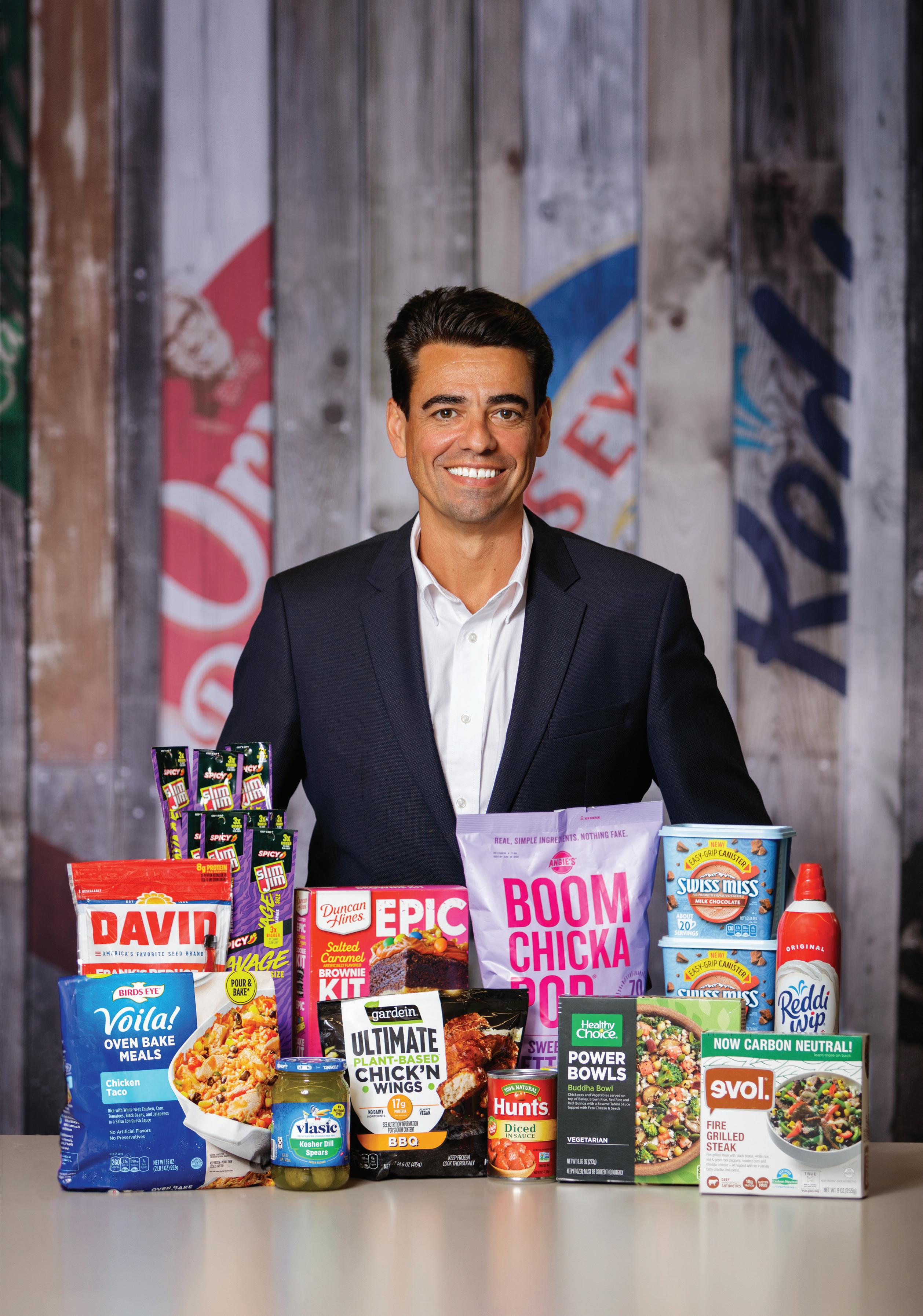
scw-mag.com 43
“ “
“Simply put, our intent is to continue to serve our customers and consumers with high quality food and innovative products – each and every day,” says Ale. “Our products fall into three main categories. First is our frozen food, which has gone through a resurgence in recent years as we’ve introduced new products into the frozen aisle that are more aligned with consumer preferences. By premiumizing our frozen portfolio, we’ve been able to offer consumers convenience, affordability and nutrition, and also a means of reducing their waste through the use of sustainable packaging.”
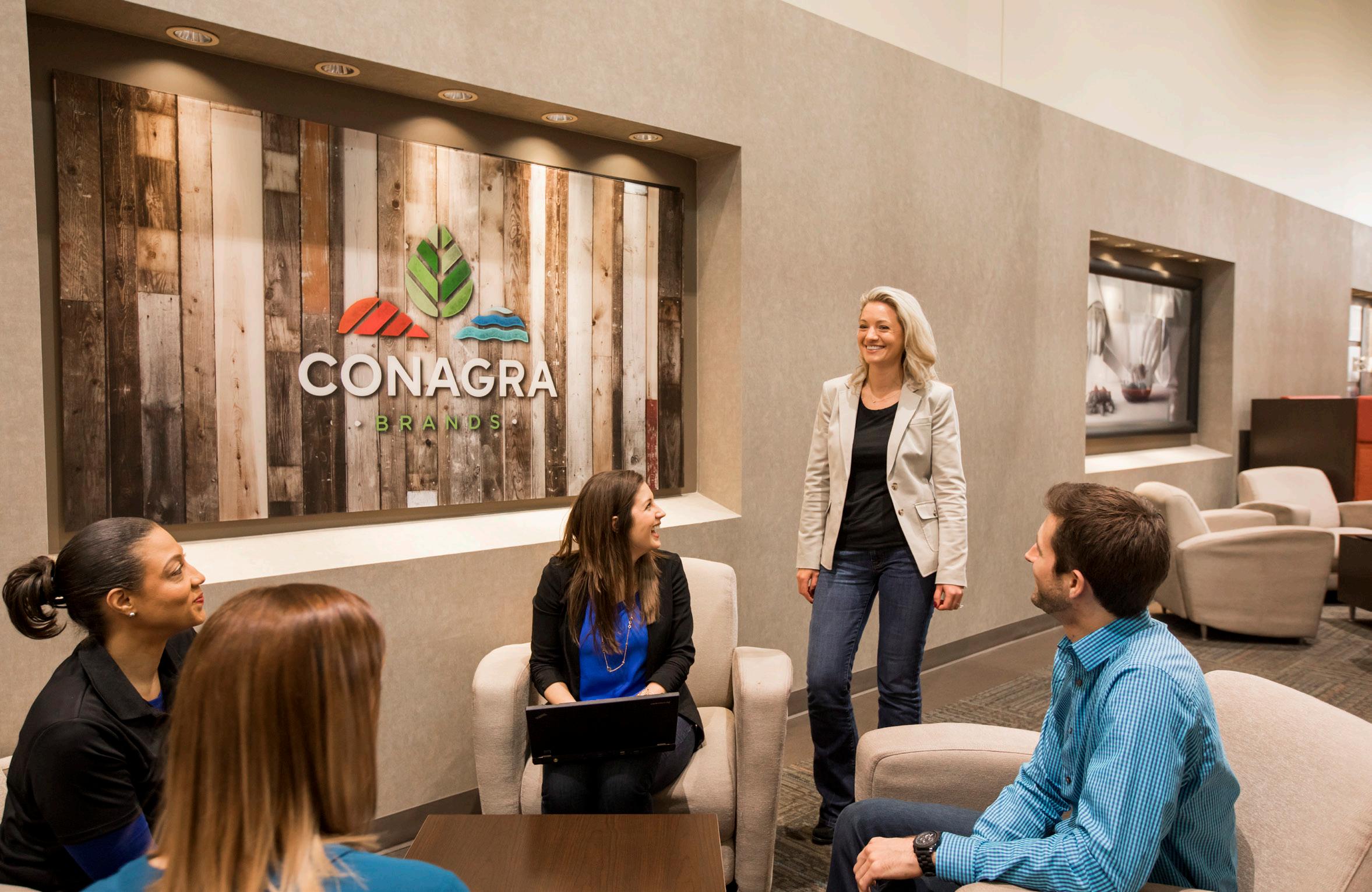
Fresh food spoils. That is not new. With frozen food, we take out what we need when we need it, and the rest is saved until another day. Less ends up in the bin. But Conagra is taking this aspect of sustainability and waste reduction one step further. Evol, a Conagra-owned brand focused on making tangible steps towards the protection of the environment, recently became the first manufacturer to introduce Carbonfree Certified Carbon Neutral frozen meals. In addition, these products are produced in a TRUE certified Zero Waste facility.
To earn this accolade, plants must have diverted an average of 90 percent or greater waste from landfills or made other equivalent waste reductions in the last 12 months. The eco-friendlier range, which includes the all-new Five Cheese Alfredo Mac with Chicken
We are the metaphorical heart of the company
“ “
Cover Story 44


as well as eight other certified singleserve offerings, utilizes fully recyclable paperboard cartons and paper bowls to slash the carbon footprint of packaging across the line.
Small changes make big environmental savings. Indeed, across its Healthy Choice Power Bowls range, a significant carbon saving has been made by Conagra. By using plant-based fibers instead of plastic, the carbon footprint of manufacturing select product lines has been reduced by up to 70 percent, helping to decrease the company’s overall carbon footprint by 34,117 metric tons – the equivalent to avoiding greenhouse gas (GHG) emissions produced by driving 84 million miles.
Ale continues his overview of Conagra’s three distinct product
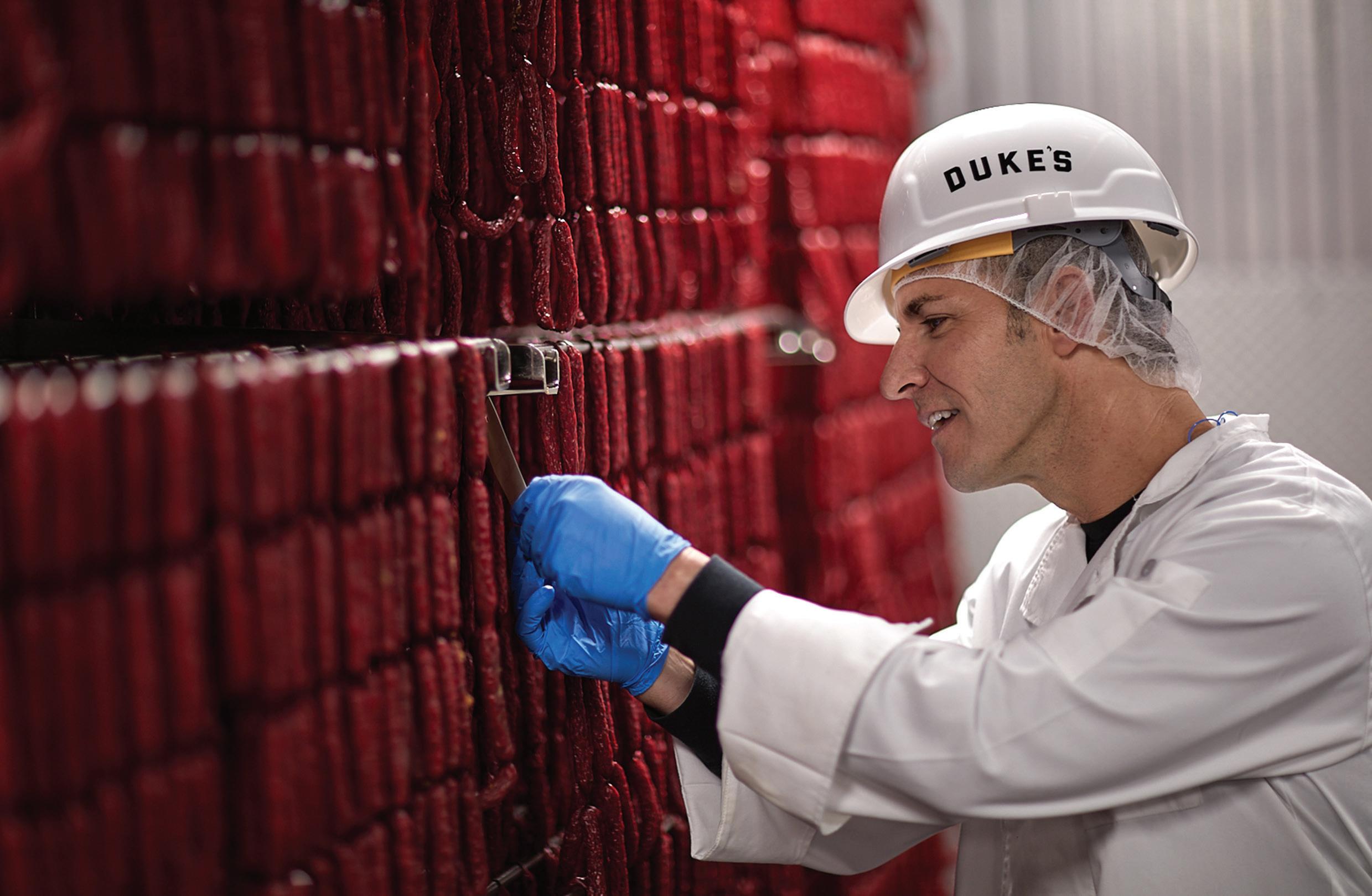
categories: “The second is snacks, so we produce meat sticks, popcorn, sunflower seeds, puddings, and more. We continue to innovate in places that see new or growing consumer demands. If you think about it, a popular meat stick like Slim Jim is free from carbohydrates, and that is really well-received by consumers. Similarly, popcorn offers a healthier option than, say, regular potato chips. These snacks form what we like to call an ‘acceptable indulgence’ for our consumers, and we are growing quite a lot in that space.
Another example is keto-friendly cake mixes from Duncan Hines, a versatile option for those following a ketogenic diet but wanting to still get that sweet fix. Addressing this particular consumer need has stimulated significant growth for us.
Cover Story 46

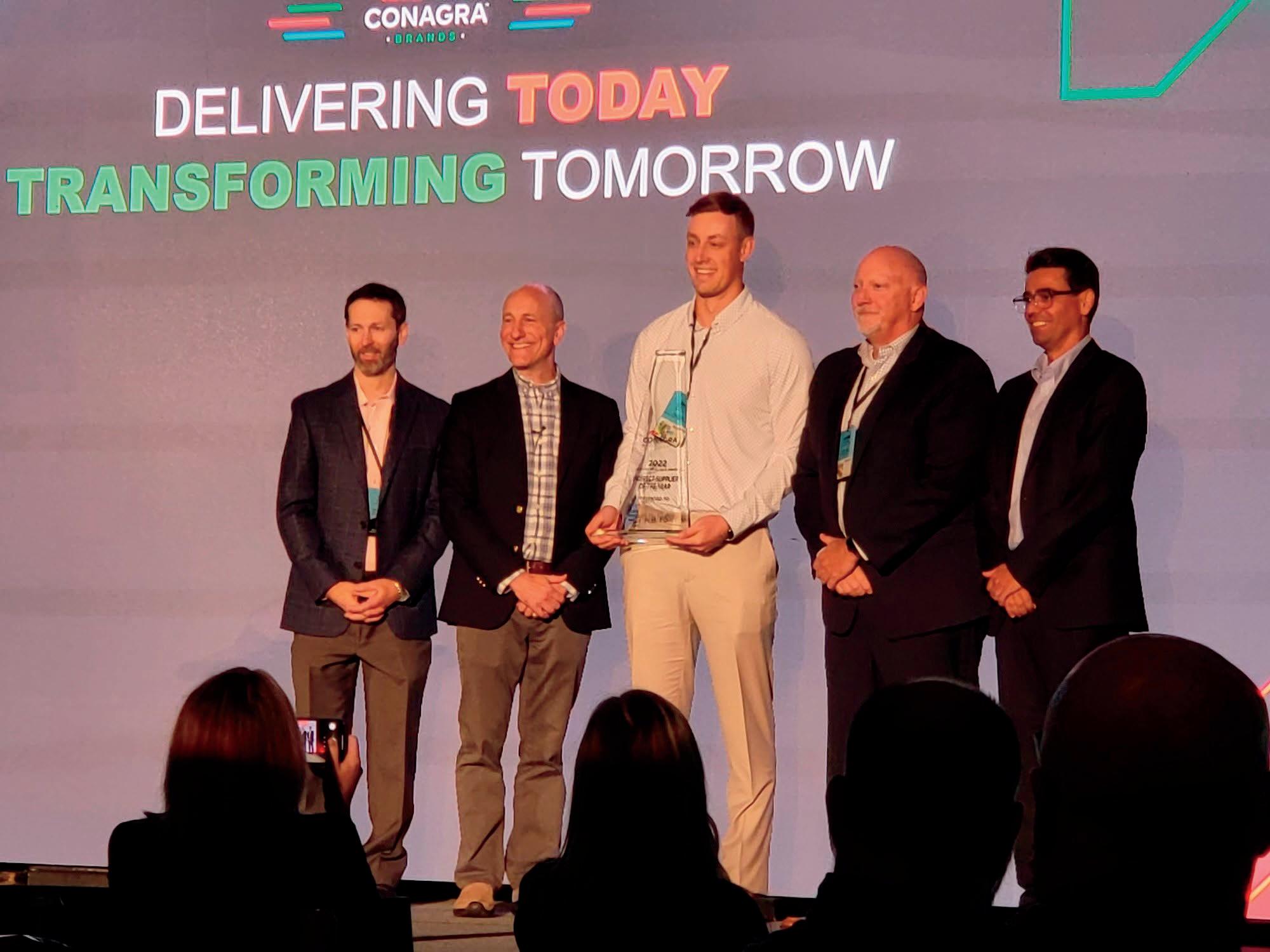
YOUR ADHESIVES SOLUTIONS PARTNER Indirect Supplier of the Year 2022 Award Recipient by Conagra Brands PROUDLY SERVING CONAGRA Driving innovation Facilitating sustainability Prioritizing service Since 1887, H.B. Fuller has provided adhesives, coatings, and tapes to packaging makers and CPG brands. hbfuller.com/packaging
“Finally, we have our staples category, which are ingredients and enhancers, and shelf-stable meals and sides,” he goes on. “This portion of the business is all about keeping brands available, profitable, and serving consumers according to their evolving needs. It is always imperative to identify and match changing trends: ten percent of turnover comes from innovation and delivering products that directly respond to market analysis. It is a core component of our strategy,” asserts Ale.
Beneath the brands, however, is a rigorous supply chain strategy and program that keeps the wheels turning at Conagra. Without it,
particularly in these current times of geopolitical and economic turmoil, names like Slim Jim and Birds Eye might not be available on grocery store shelves.
To prevent that, Ale spearheads a robust supply chain division that focuses on building from a strong base with an experienced and capable team to ultimately drive gross margin and customer service through an aggressive end-to-end productivity agenda. According to Ale, investments in people, assets, and technology make that happen.
Driving forward with an agile and resilient end-to-end supply chain is part of Conagra’s ambition
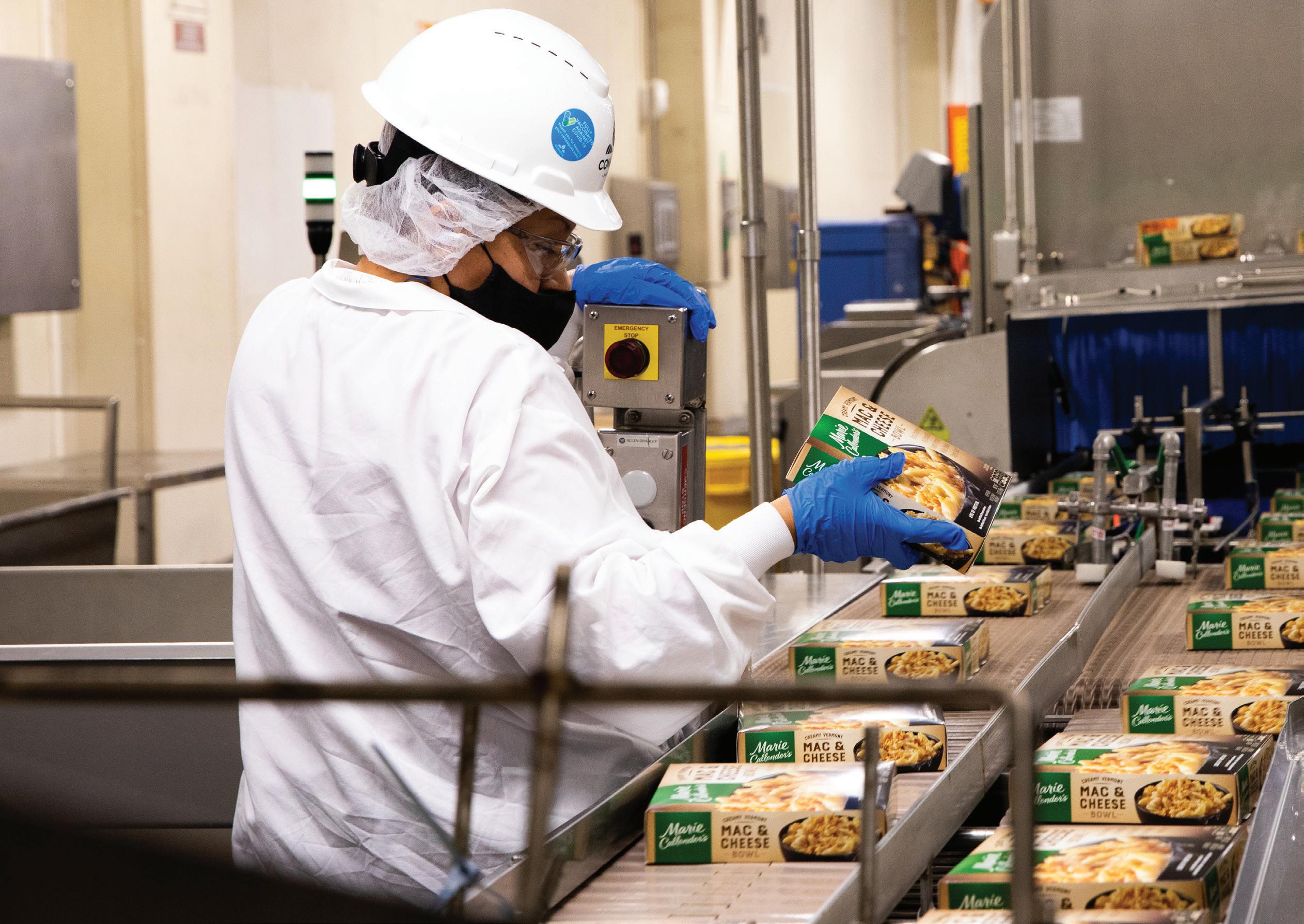
48 Cover Story
of delivering $1 billion in cost savings over the next three years and becoming the best supplier in the food industry. Yet, for Ale at least, it goes much deeper than that. “There are two things in supply chain that allow me to wake up happy each morning,” he reveals. “The first is that we are responsible for the livelihoods of 15,000 people across a total of 42 factories in the US, Canada, and Mexico. These factories are responsible for approximately 80 percent of the food that we sell; the rest is produced by core manufacturers that operate as an extension of our manufacturing footprint. We ship products from 21 distribution centers across the entire country.
“If, on average, each one of those 15,000 employees has a family of four, then you can imagine the number of people we are impacting – and that is not counting suppliers, their workers, and their workers’ families,” he aptly points out. “We are one of – if not
Devro


Devro is a leading global supplier of edible collagen casings and gels for the food industry. We have over 1000 customers in over 100 countries, including many of the top meat snack and sausage companies in the world, and we are particularly proud to count Conagra Brands among them. We boast a modern manufacturing footprint that includes operations in six countries across four continents. Our wide product portfolio enables productivity enhancements and provides sausage products with the superb bite and texture consumers love. Our 85-plus-year history of unparalleled service and operations creates and maintains outstanding relationships with our customers.
Devro is a leading global manufacturer of Edible Collagen Casings and Gels, supplying a wide array of products and providing technical expertise to many of the top sausage and meat snack companies around the world.












Devro, Inc / North America Customer Service Toll free (United States and Canada): 1 800 637 5343
FOR
EXPERIENCE THE DEVRO DIFFERENCE FOR YOURSELF!
devro
Delivering the Added Layer of Value
OVER 25 YEARS AS A PROUD PARTNER WITH CONAGRA BRANDS
www
com
Conagra Brands scw-mag.com 49
the – biggest employer in this wider network of communities; thus, we see it as our duty to conduct business in a responsible way and also give back to the communities. We treat people with respect as we truly have a tangible impact upon their lives.
“The next special aspect of supply chain management is how it relates to and interacts with the wider business,” he says. “We are the metaphorical heart of the company; we make the blood pump through the system every day, despite the challenges and obstacles that are bound to arise. This is particularly special here at Conagra because we have a uniquely strong partnership with sales, marketing, and finance – all of whom are driven to find creative solutions. Indeed, we approach the supply chain holistically
as an orchestrator of specialties, meaning our network of suppliers depends on us to open commercial channels and facilitate the flow of imaginative ideas.”
To expedite that process, Conagra has reorganized its supply chain management, leveraging the integration of end-to-end
Sonoco
Sonoco is a proud partner of Conagra Brands, and together, we work to improve the quality of products for people worldwide. Sonoco has a rich history of helping brands achieve their sustainable packaging goals, and our solutions, services, and programs support our corporate purpose of better packaging, better life.
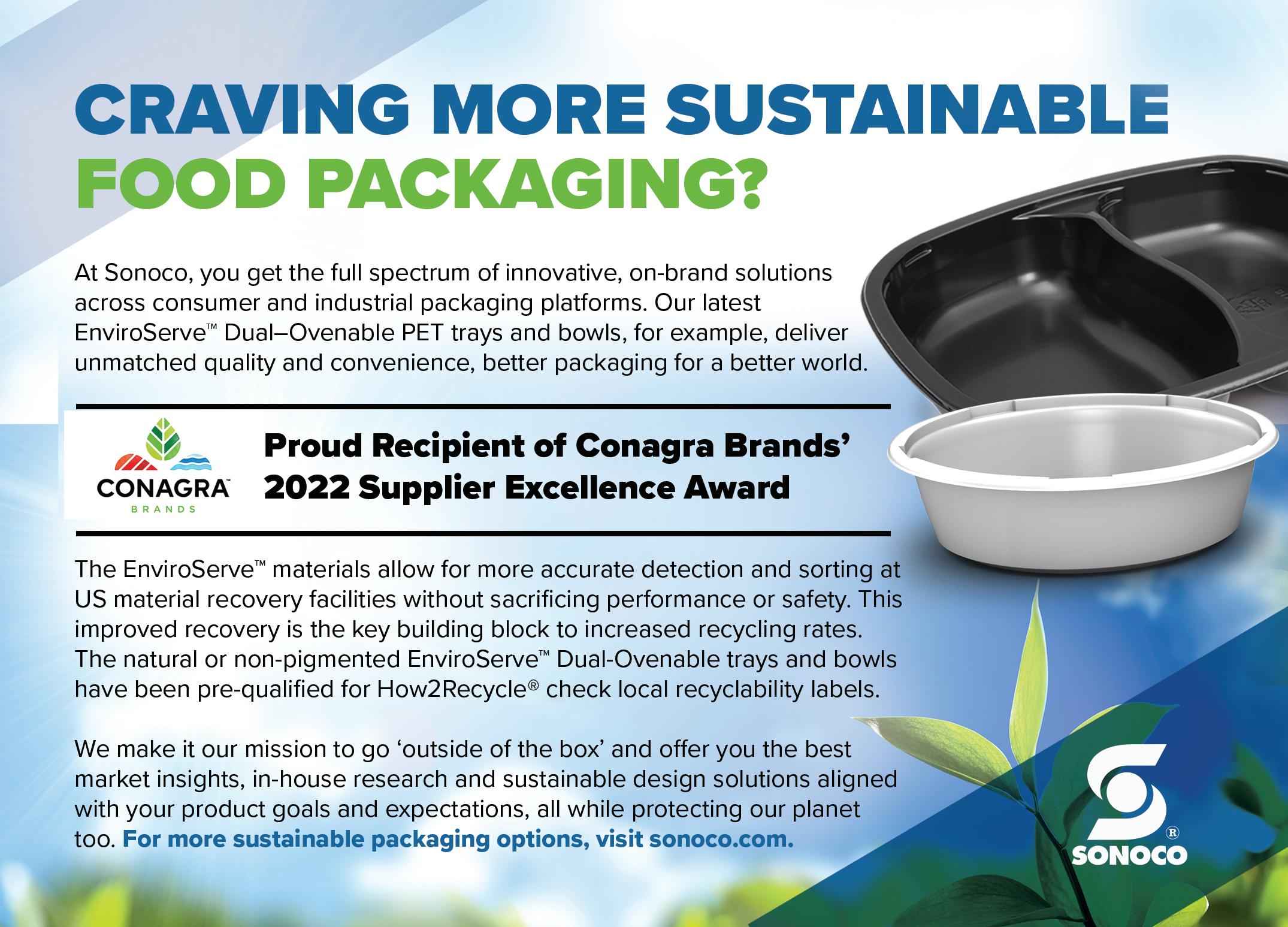
50 Cover Story
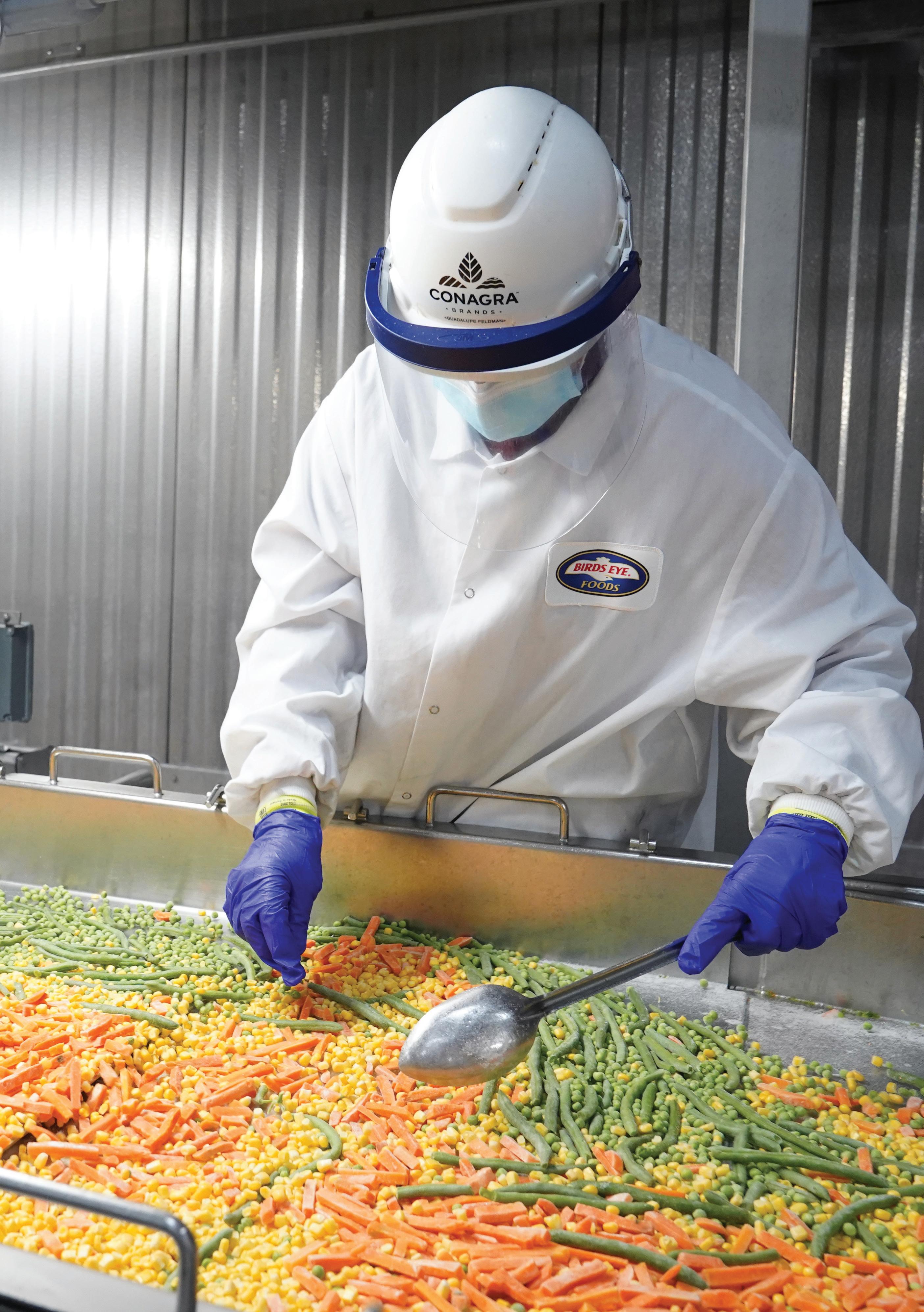
scw-mag.com 51

52
procurement, manufacturing, logistics, product quality, and service. Suppliers become intertwined with the customer as part of that network.
Key to Conagra’s strategy is its Fuel for Growth program. Ale explains: “The Fuel for Growth program is made up of five pillars and one core, foundational element. The first pillar is Network Optimization, which is not just limited to logistics. In that area, we are centralizing our network and expect to reduce 50 percent of shipping locations within the next three years. Regarding the manufacturing side, we are reviewing opportunities for either
Burd & Fletcher
Burd & Fletcher continues to meet the food packaging needs of Conagra. For well over a century, Conagra has counted on us for speed-tomarket, package quality, plant efficiency and process improvement. As integrators of its packaging needs, we’re honored to make Conagra’s products stand out on store shelves. From concept to consumer, our role is to protect the company’s brand and supply chain through innovation and continuous process innovation.
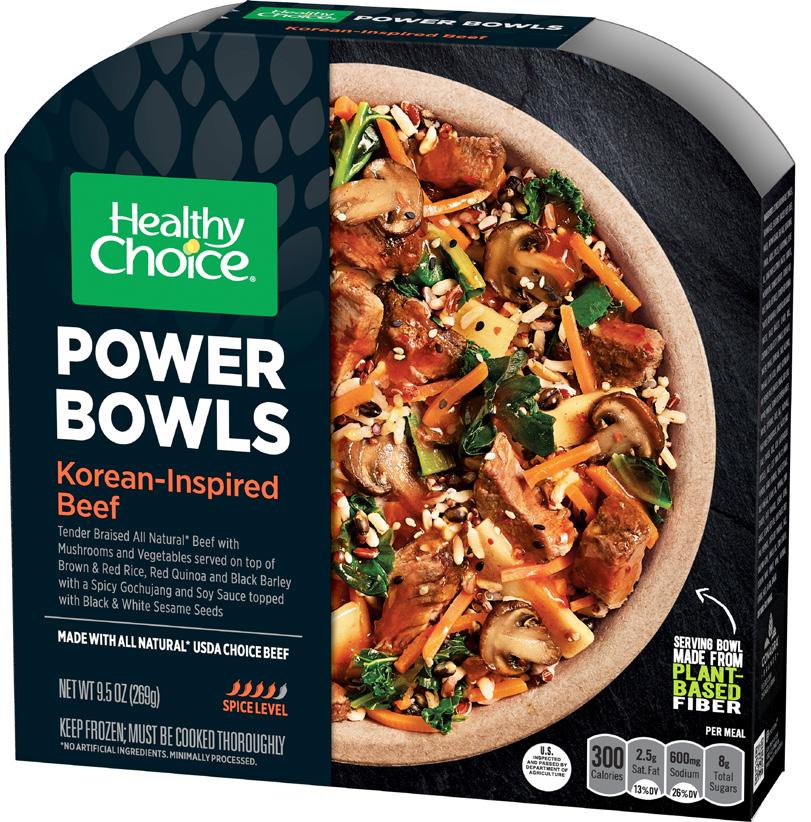
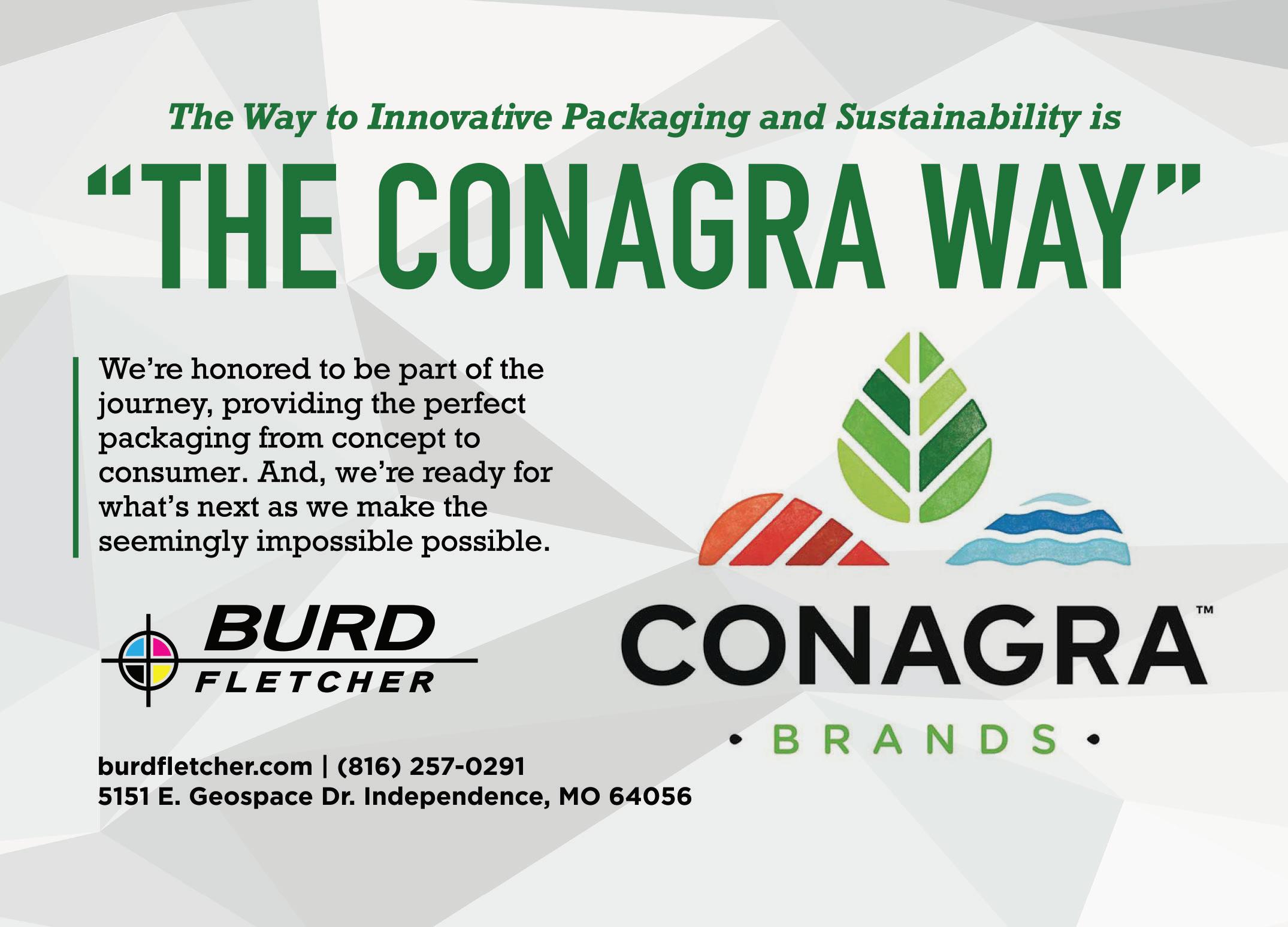
Conagra Brands scw-mag.com 53
consolidation or outsourcing (if they are needed), and finding new capabilities that we can leverage.
“The second pillar is Integrated Margin Management, which is basically our productivity program,” he adds. “The focus, here, is on identifying opportunities on mostly a cost basis across the entire supply chain, so we have a strong team of people always looking at how we can optimize formulations, integrate better, reduce waste, increasingly automate, and digitize our supply chain. All this is part of a wider company effort to be more efficient and lean in our manufacturing and distribution processes.
“The third concerns End-to-End Planning and the retooling of related processes,” comments Ale. “This area is utilizing data science and has successfully implemented artificial intelligence to aid that reconfiguration; consequently, thousands upon thousands of models have been created to find the right weekly location for item combinations. Another concrete example we have used to bolster this pillar is a tool called Blue Yonder – a software that allows us to be much more agile in terms of supply and long-term capacity planning.
“Finally, we have pillars four and five,” he notes. “Talent Management is a pillar that reflects how we attract, maintain, and develop our people and offer them a pathway to a successful future, and the final pillar is Sustainability, which can be broadly summarized by improving our operations through five areas of priority: decarbonization, packaging, agriculture, waste, and water. For each of these, we are building programs that mirror our commitment to the environment.”
Ultimately, each pillar underpinning the Fuel for Growth program is sustained by a core element: Conagra’s continued investment in technology. This includes, for instance, Connected Shop Floor, an innovative program that will neatly digitize and standardize all of the food giant’s manufacturing sites, and Oracle Transportation Management (OTM), a logistics service used to upscale a range of execution capabilities.
On a larger scale, Conagra has also recently opened a new, 245,000-square-foot vegetable processing plant in Waseca, Minnesota. The state-of-the-art facility processes fresh vegetables – taking them from harvest to frozen in just five hours – to support Conagra’s frozen division and Birds Eye brand. The
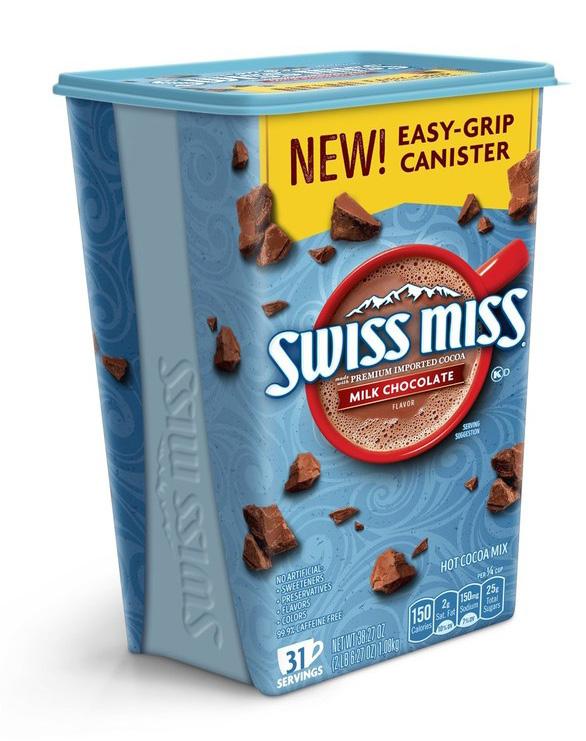
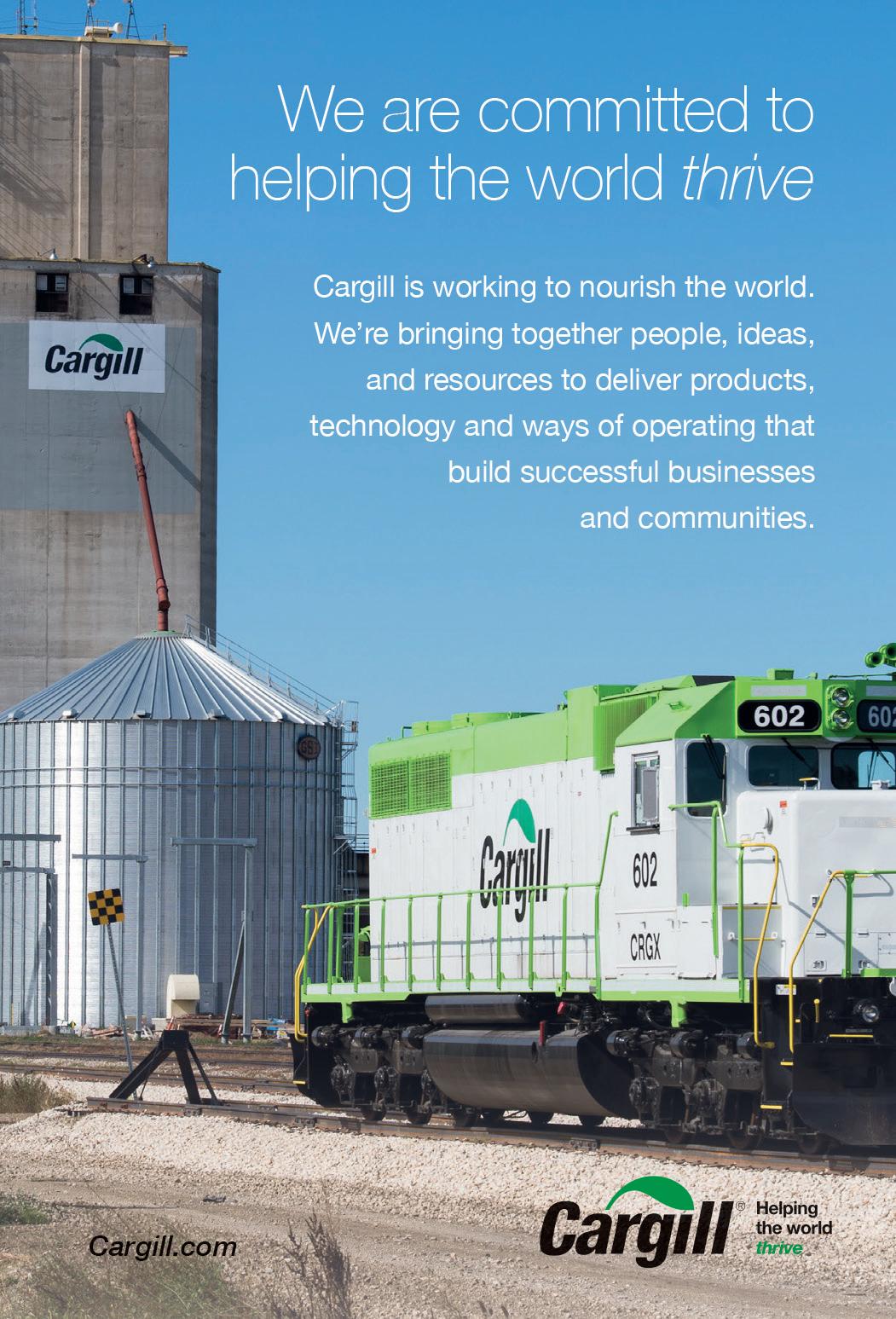
Cover Story 54
Waseca site was built to the company’s own specification, maximizing automation to generate greater operating efficiencies and enhance food safety measures. Water usage per pound of product produced will be cut by upwards of 25 percent and Conagra will operate with a 20 percent higher throughput capacity, leading to a better overall yield.
It is worth pausing on the sustainability aspect of Conagra’s operations once more. Reduced water usage is an important factor across plant processing sites; however, the company aims to embed more
environmentally-friendly methods across its entire supply chain.
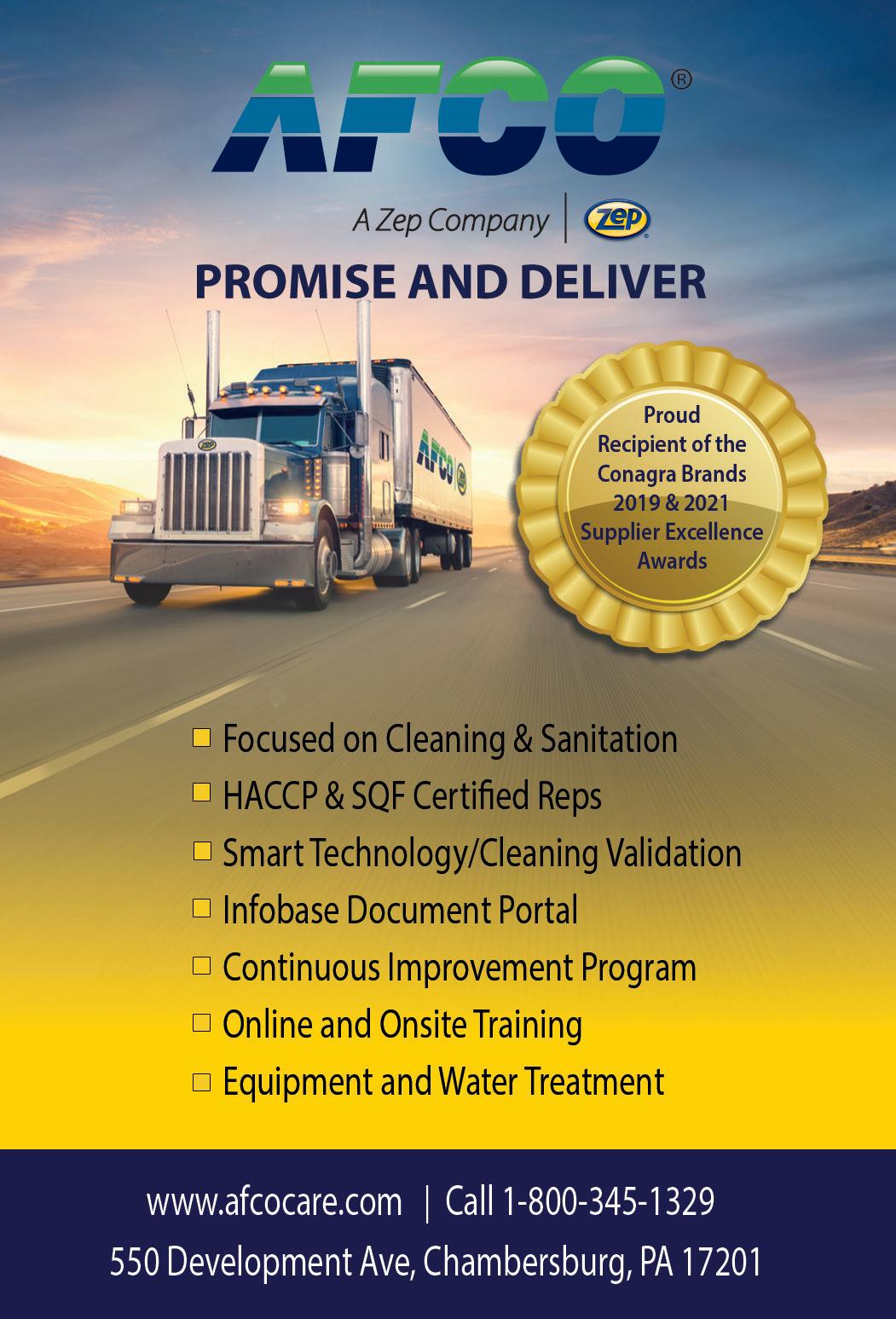
Indeed, supply chain sustainability initiatives have not only reduced Conagra’s carbon footprint by 215,000 metric tons and waste by 122,700 tons, but also saved the company $280 million since 2009. Environmentallyminded moves such as this are driven by Conagra’s overarching green agenda: the food company has committed to reducing Scope 1 and 2 GHG emissions by 25 percent by 2030 and will slash Scope 3 emissions from purchased goods and services by up to 20 percent per metric ton of material sourced within that same timeframe.
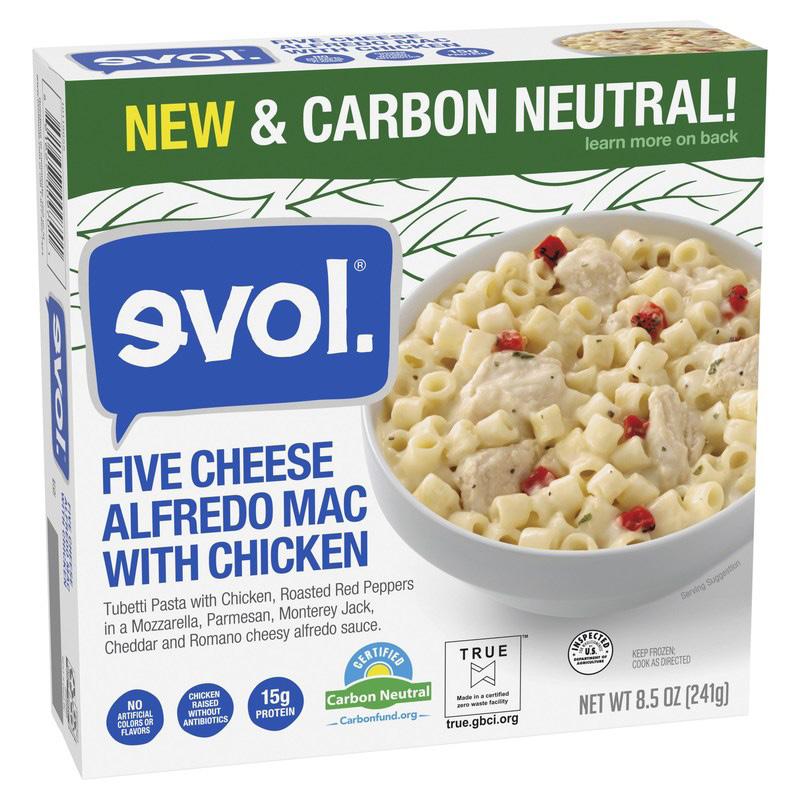
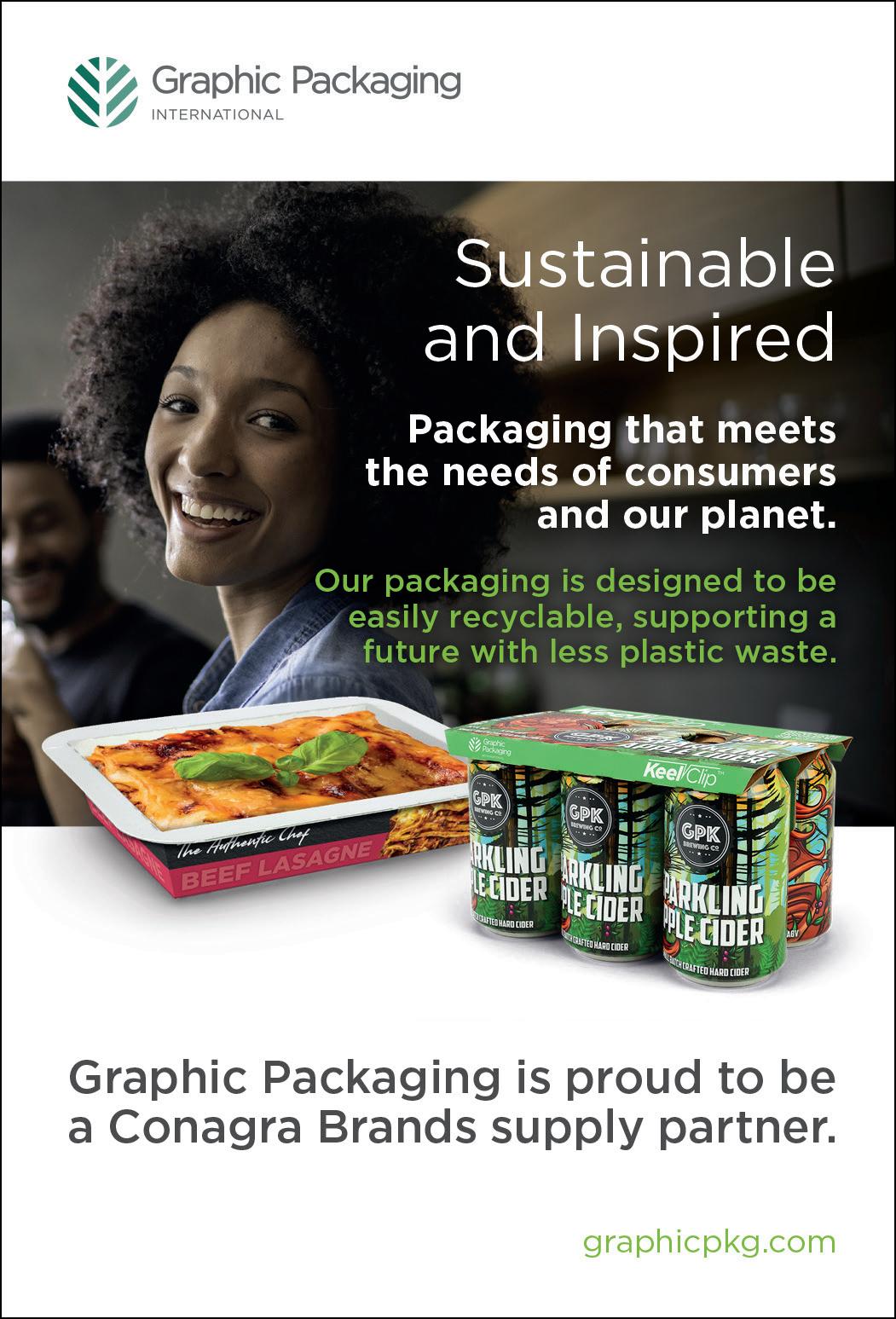
Conagra Brands scw-mag.com 55
As mentioned previously, Conagra has already begun to implement plant-based serving bowls across select product lines, which have avoided an estimated 23 million pounds of plastic, while also driving $1 billion in sales. Another example Ale is keen to highlight is the transformation of Swiss Miss’ Coco Powder packaging.
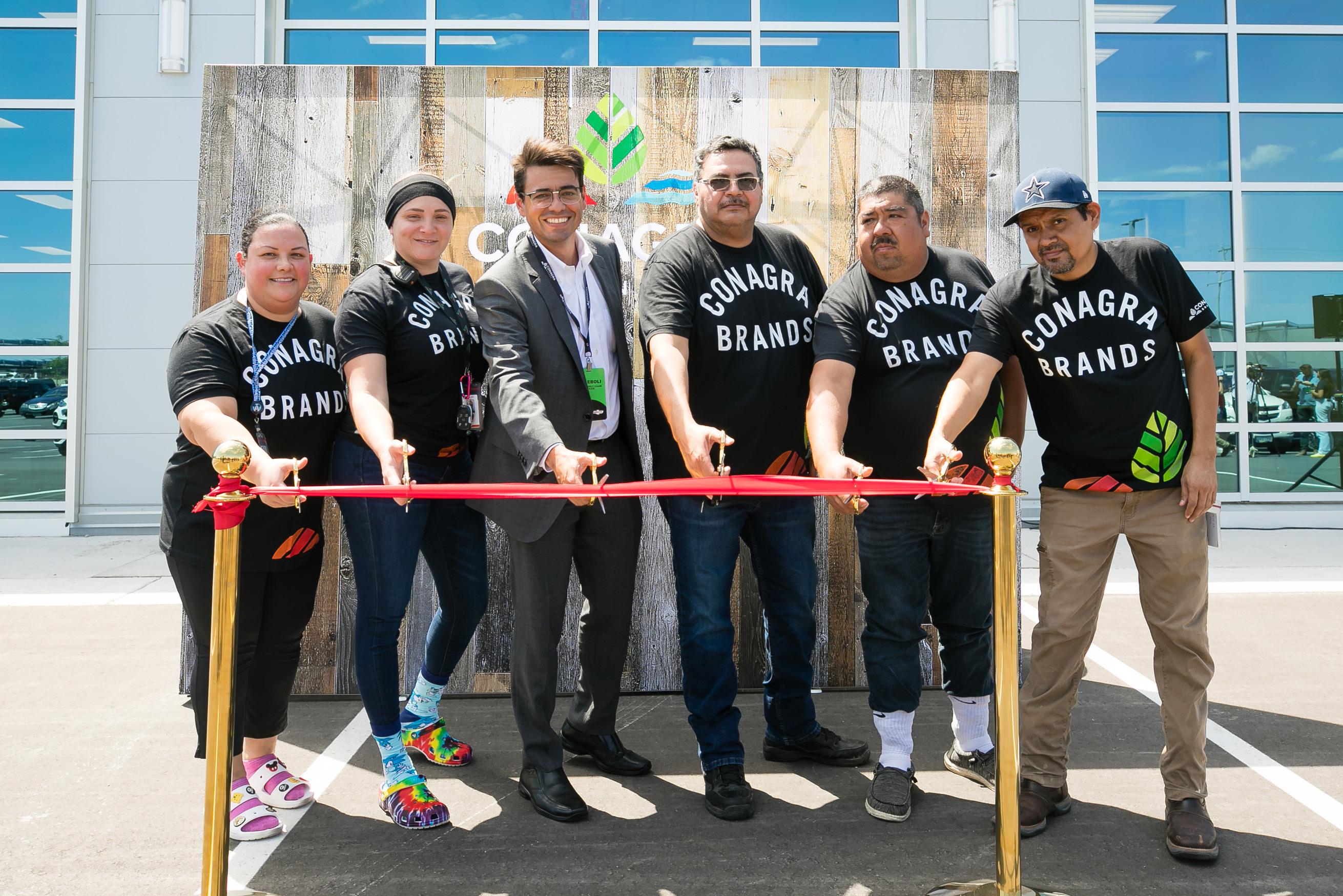

“We were the first major hot cocoa brand to move to a cubical shape instead of the conventional cylindrical one,” he says. “The shape of a product affects everything – how you build and stack pallets, space utilization in transport, and the amount of stock that can be stacked on shelves. By altering the shape of the packaging, we managed to completely change the carbon footprint of the product, making Swiss Miss better for the environment and more profitable.”
The new Swiss Miss easy-to-grip container is made of recyclable plastic and features a space-efficient cube design that is said to reduce the carbon footprint associated with manufacturing and transportation by 15 percent – the same as avoiding emissions expelled by driving 243,176 miles.
“Each sustainability initiative makes sense for both the planet and the business,” concludes Ale. “That interconnection is powerful, and we will continue to invest in this dynamic space going forward. But we will also continue to play the game we are currently winning, and that means continuing to innovate, grow, and listen to consumer demand. Everything comes down to digitizing and improving operations across the supply chain.” ■ www.conagrabrands.com
56 Cover Story

World-class service
Headquartered in Raleigh, North Carolina, American Welding & Gas, Inc. (AWG) is one of the largest independent, fullservice suppliers of industrial, medical, beverage and specialty gases, propane, safety supplies, and welding supplies. A family-owned company, AWG traces its history to Valley Welding Supply in Billings, Montana, and Scott-Gross Company in Lexington, Kentucky – both of which began operations in 1949.
Today, over 600 employees work across AWG’s 70 retail locations and 18 gas fill plants. It’s a footprint that spans Montana, across the upper Midwest and Great Lakes to Pennsylvania, and down through Texas and Florida. Underpinning AWG’s operations is a fleet of more than 300 trucks and trailers, used to pick up and distribute products across the country. Palletized cylinder trucks make up the bulk of this fleet, used specifically
to deliver compressed gas and welding supplies to AWG’s customers. Cryogenic transports, meanwhile, deliver bulk quantities of medical and industrial oxygen, food grade and industrial carbon dioxide, nitrogen, and argon, while the company’s tube trailers transport bulk quantities of compressed nitrogen, helium, and hydrogen.
According to Stuart Williams, AWG’s Vice President of Supply Chain & Product Management, this range of products is a “key differentiator” for the company. He comments: “We have the capability to produce and deliver packaged gases and bulk gases for almost any customer need, and have the flexibility to identify new and safe ways to do so – for example, bulk delivery of liquid argon, nitrogen, or oxygen to bulk tanks at customer sites, EPA protocols for research applications, beverage CO2 or argon-CO2 75/25
American Welding & Gas is a supplier with a difference
58

American Welding & Gas scw-mag.com 59
twelve-pack cradles for metal fabrication. As for welding supplies, we distribute filler metals for all types of fabrication, welding consumables, plasma consumables, abrasives, safety supplies, welding machines and various industrial supplies from a variety of leading brands, as part of an inventory that’s regularly refreshed in line with customer demand.”

Much of AWG’s success comes down to an ethic of continuous improvement. “Our most recent investment includes the introduction of smartphones, as an alternative to
handheld scanners,” Stuart explains. “With this comes the additional customer service benefit of being able to provide emailed invoices at the time of delivery, as well as accept electronic signatures. We’ve also been implementing delivery and route optimization to reduce our miles driven while improving our delivery service.”
Amid a volatile time for the energy sector, these investments have proved key. “Fuel has been and continues to be a challenge for our industry because our distribution model is predicated on delivering to

60
our customers doorstep,” Stuart insists. “Since launching our route optimization strategy, we’ve been able to reduce our miles driven while increasing the number of cylinders we deliver. That in turn has prolonged our fleet life, reduced the need for maintenance, mitigated risk, and elevated our customer service.
Challenging norms
“Other ongoing capital asset expenditures include cylinders, bulk tanks, or new rolling stock,” Stuart adds. “We recently completed a significant investment in our Indianapolis fill plant and specialty gas lab, including facility upgrades, expansions, and capability improvements. That in turn has given us the opportunity to expand our specialty gas offering, and provide a higher degree of service and product mix for our customers.”
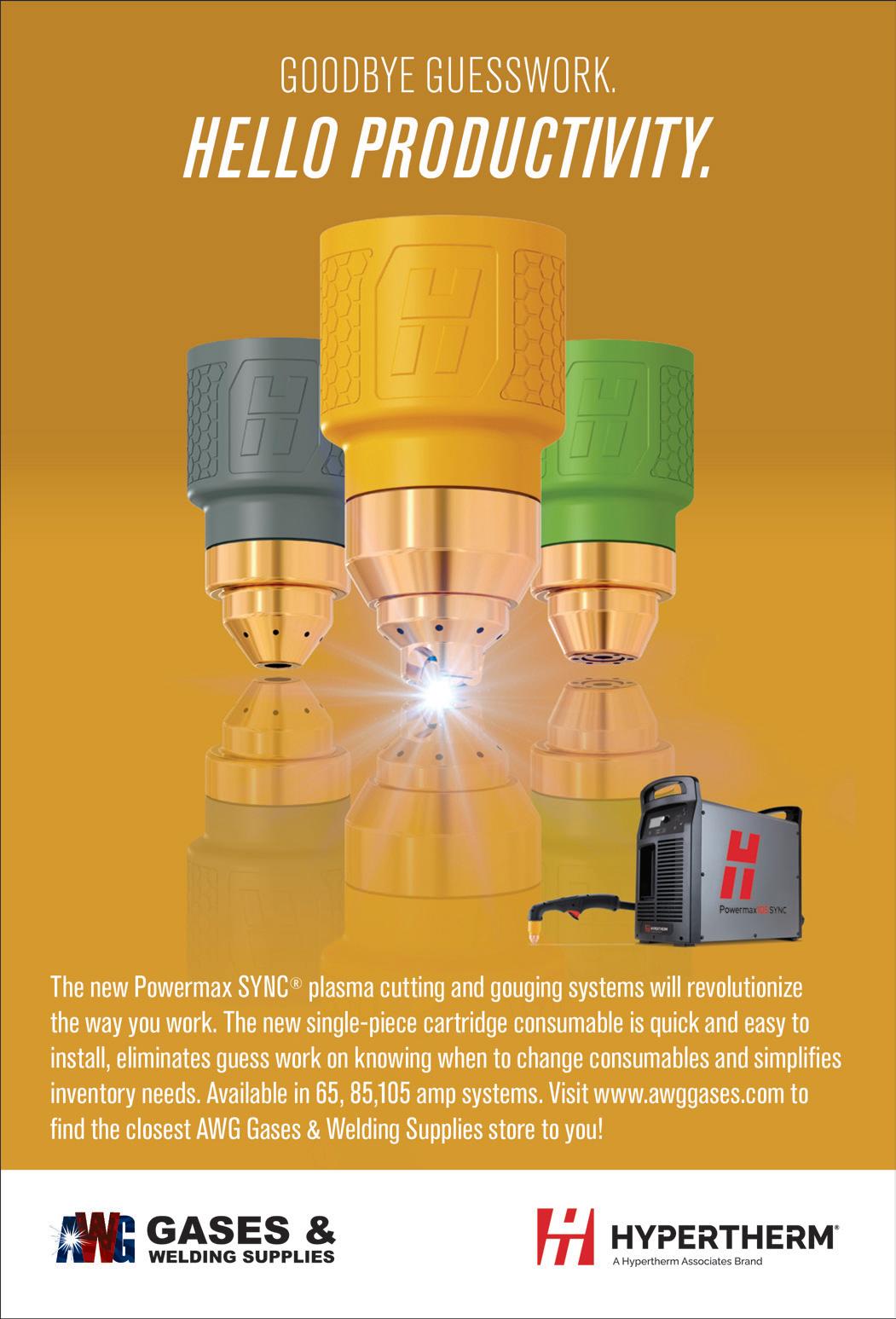
But AWG doesn’t work alone. For Stuart, it’s important to emphasize the need for robust sector relationships. “On the gas side of the business, our customers demand a consistent supply across a wide-ranging geography,” he points out. “Without great relationships, we’d be unable to deliver the service that makes us such a great partner. Similarly, within welding supplies, the bulk of our customer base is engaged in some form of metal fabrication –so there has to be a high degree of confidence in the materials in use. We also have to trust our suppliers to make joint sales calls to bring on new customers, or help customers with technical issues so they can perform to their own expectations.”
To deliver on these requirements relies on a motivated and dedicated team. Accordingly, AWG undertakes a number of initiatives to cultivate an open company culture, such as its partnership with the Gas and Welding Distributor’s Association (GAWDA), to sponsor Women in Welding scholarships. “Our industry is male-dominated, and we want to increase the opportunities for women,” Stuart says. “By focusing on the educational aspects to give women that training, we believe it will diversify
our workforce and provide broader perspectives to challenge the norms of our industry.”
AWG has completed three acquisitions in the last nine months, as it looks to improve its operational reach and service new customers. And it’s not done yet. “We’ll continue integrating our acquisitions into the overall fabric of the business throughout the remainder of the year,” Stuart concludes. “We’ve also opened two greenfield locations in the last six months, and expect to focus on growing those businesses. Over the next five years, we expect our productivity initiatives to continue helping us improve our efficiencies and bottom line, and keep us at the forefront of delivering world-class service.” ■ www.awggases.com
scw-mag.com 61 American Welding & Gas
From bricks to clicks
Home to a number of iconic brands, fashion retailer Abercrombie & Fitch Co. is optimizing its supply chain operations in order to deliver a future-fit shopping experience
Abercrombie & Fitch Co. (Abercrombie) has gone through many chapters during its 130-year history. The iconic high-street fashion retailer was founded in 1892 as an outdoor specialty retailer, carrying high-quality camping, fishing, and hunting gear, and is proud to have outfitted famous names, including Theodore Roosevelt, John F. Kennedy, and Amelia Earhart. Fastforward to the present day, and it’s evolved into a global omnichannel retailer, operating a total of five brands: its namesake Abercrombie & Fitch, along with Hollister, Gilly Hicks, Social Tourist, and abercrombie kids. But not everything changes. Then, as now, Abercrombie prides itself on two commitments: to quality, and to its customers. “We honor our lineage,” says Larry Grischow,
Executive Vice President of Supply Chain at Abercrombie. “One of the things that sets our family of brands apart is that we’re rooted in purpose. We’re there for our customers, on their journeys to being and becoming who they are throughout their various life stages.”
It’s a mindset that will ring true for those familiar with Abercrombie’s brands. Hollister, for instance, targeted towards teenagers across the globe, promotes the concept of an ‘endless summer’.
“ “
“Another key is that we know our customers, and know them deeply,” Larry adds. “At every touchpoint throughout their shopping journey, we make it about them. We meet them where they are, know how they want to shop, how they want their products delivered, returned, and more.”
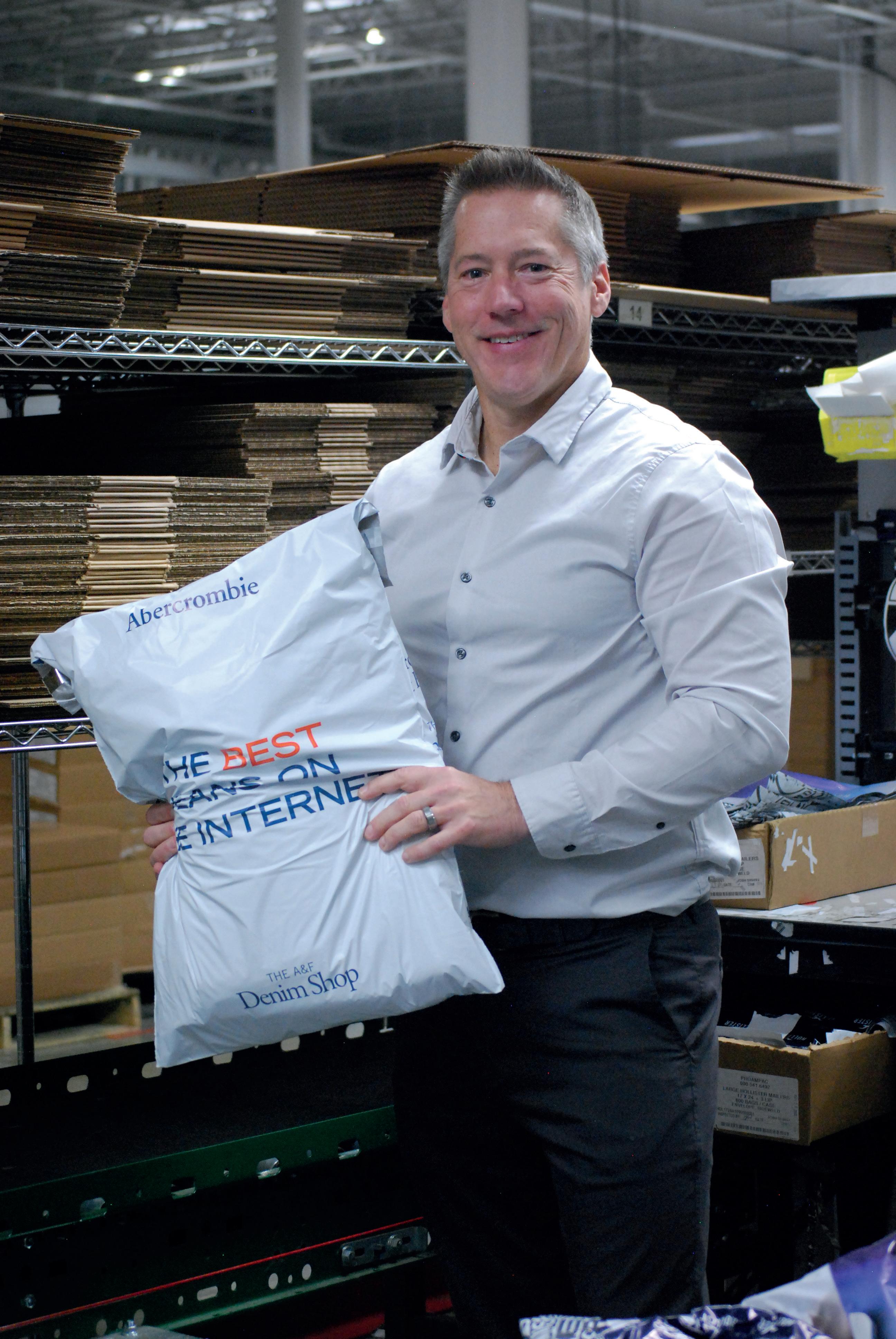
62
One of the things that sets our family of brands apart is that we’re rooted in purpose.
“ “

scw-mag.com 63
& Fitch Co.
Abercrombie
This insight is key, at a time when there are more question marks around supply chains than ever before. “With Covid-19, we’ve certainly had our share of challenges,” Larry admits. “To navigate those, it requires a robust network of partners, through which we can leverage our complementary strengths to ultimately deliver to our
customers. For instance, we worked with the supply chain experts from North Highland to help us reimagine our distribution network, with the aim of positioning inventory closer to customers and to meet their needs, accounting for the massive e-commerce acceleration since the pandemic began.”
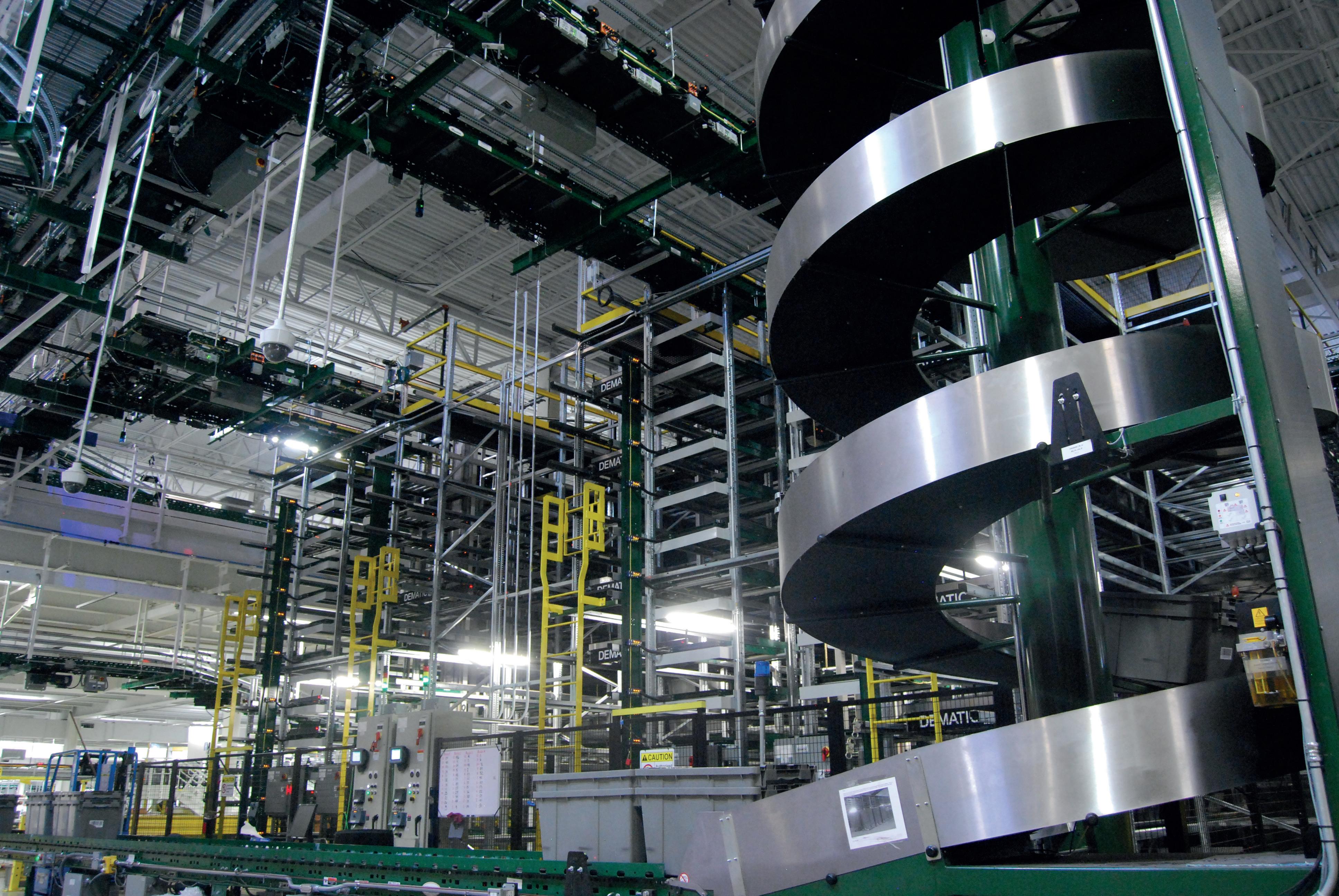
64
For Abercrombie and its family of brands, the aim is to provide customers with a future-fit supply chain – as Larry puts it, one that is “digitally enabled, automated, and self-healing.” He continues: “We’re always focused on driving efficiency and reducing cycle times. Over this past year, we’ve implemented a
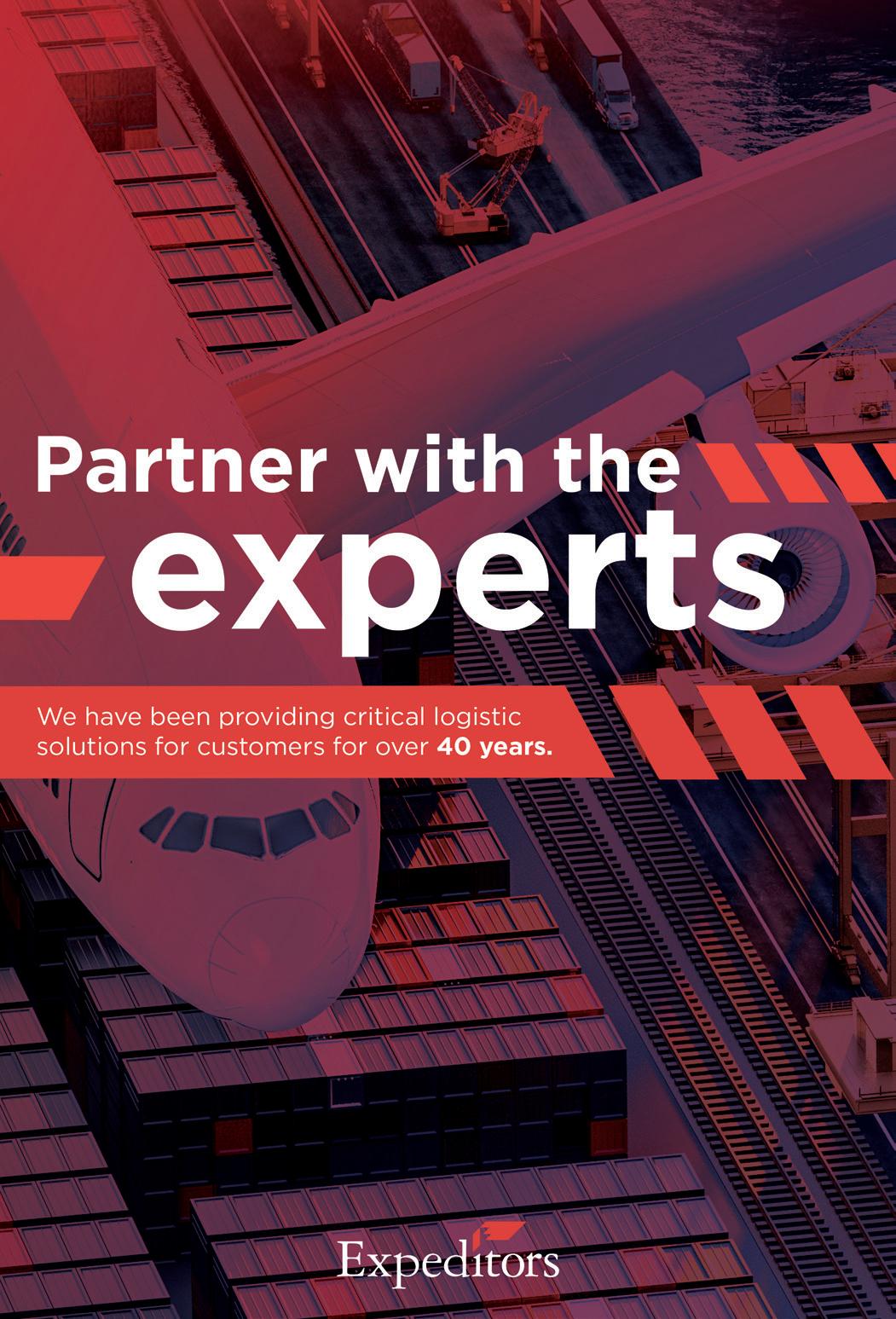
highly automated fulfilment center in Phoenix, Arizona, designed to increase e-commerce capacity in a way that places less dependency on labor, something that has become a significant challenge throughout the pandemic.”
The company is also investing across its other facilities, installing the latest material handling equipment within the largest of its e-commerce fulfilment centers, to drive efficiency throughout the packing process. “Automation doesn’t stop with the physical facilities, either,” Larry points out. “One initiative we’re really excited about, and one that we’ve seen good traction around, is robotic process automation. We’re leveraging that technology, taking some of the necessary but repetitive and

scw-mag.com 65
& Fitch Co.
Abercrombie
mundane tasks, and creating robots to complete them. That in turn frees up our workforce, who can focus solely on delivering for our customers.”

At the moment, one of the biggest areas of exploration for Abercrombie is digitization. “We live in a digital world, and our target customers have grown up in that world,” Larry reflects. “So, we need to lean into that. From a supply chain perspective, we’re always trying to improve visibility, upstream and downstream, using that information to make faster, better decisions. That means trying to create a digital twin for every physical movement in the supply chain and capturing external signals – such as public health data –
that can shape our decision-making.
“Likewise, we need to consider how to utilize data in a more meaningful way to improve the customer experience and drive efficiency,” Larry explains. “Again, that’s about leveraging our partnerships with those who are great at what they do. In this instance, we partnered with Green Mountain Technologies (GMT) to craft our final mile delivery strategy, and then optimize it from a service and cost standpoint.
“To apply that to our current climate, we saw during the pandemic how everybody shifted from bricks to clicks, which then placed extreme pressure on final-mile capacity,” Larry
66
goes on. “Parcel carriers were capping volume, while there were also pockets of capacity that we could go after. GMT helped us optimize our carrier allocations in order to hit our delivery objectives. Consequently, we were able to pivot to regional carriers earlier than many other retailers, and secure capacity ahead of time. That allowed us to diversify at a greater pace than the rest of the market.”
With the closure of physical stores for a period of time in early 2020, the shift of consumers spending online is an industrywide phenomenon. As Larry notes, e-commerce sat at approximately a third of Abercrombie’s revenue pre-pandemic. Now, it accounts for around half – with the potential to rise yet further.
“I don’t think anybody really knows how e-commerce penetration will change over
North Highland Management Consulting (North Highland) makes change happen, helping global retailers transform by placing people at the heart of every decision. With our blend of workforce, customer, and operational expertise, we’re the world’s leading transformation consultancy. We have more than 3,000 consultants worldwide in 65-plus offices around the globe. With our deep knowledge of supply chain engineering, facility design, and labor management, we offer holistic, end-to-end distribution performance improvement solutions to increase the efficiency and effectiveness of distribution networks. We specialize in boosting performance and driving efficiency through people and talent management, functional and operational excellence, and workforce planning programs.

scw-mag.com 67
& Fitch Co.
Abercrombie
North Highland Management Consulting
Landmark Global
At Landmark Global, we’ve been busy pioneering modern trade solutions, enabling thousands of iconic brands, like Abercrombie & Fitch, to expand seamlessly into new territories and reach new customers.
By connecting with our custombuilt technology, our expansive worldwide network and our team of dedicated customs experts, we offer a seamless e-commerce delivery experience for you and your customers.
E-commerce Specialists Market Leader into Canada

Duty & Tax Estimation
Simple Integration Worldwide Fulfillment
the next few years,” Larry states. “Currently, we’re seeing a significant shift back to stores, with the balance between in-store and online beginning to stabilize. However, those figures are different by brand: e-commerce penetration is higher in our adult brands than it is in Hollister, which reflects how those target customers shop.
“Depending on how the next generation of teenagers shop, we need to be prepared to flex,” he insists. “As a team, we’ve completely changed our people, processes and tools across the organization to lean into this, organizing ourselves in an agile fashion around the customer journey. For instance, we have a team that’s solely focused on the checkout experience, whether you’re in stores or online, and how we optimize that experience. Our supply chain team then works with our agile squads to make sure we’re delivering fulfillment capabilities that ‘wow’ our customers.”
68
This dialogue between customer experience and fulfillment has been essential in the rollout of Abercrombie’s latest offering: same-day shipping from stores. “We have a test and learn methodology, and it’s an initiative that
Green Mountain Technology
Do you have the right carrier RFP partner for your business? You should, there’s a lot at stake. Devising a clear, efficient, and less-costly path forward for your network is an enormous task. For nearly 25 years, we’ve leveraged relevant, unbiased market intelligence and a proven process for helping shippers like you navigate RFP events with unmatched confidence and success. How?

First, guide your RFP strategy, and set clear expectations with our unique market intelligence. Founded on decades of partnering with the world’s largest and most complex brands, our market view is second to
performed really well with our test markets,” Larry says. “Clearly, we have a subset of customers who have a need for this service, and now it’s available from virtually all our stores in North America, as well as stores in the UK.”
none. Second, we help you identify the most impactful contract opportunities based on your business and network strategies. Third, have confidence like never before and gain leadership buy-in with our down-to-the-penny contract modelling, so you’re not relying on assumptions.
Lastly, we partner with you as an extension of your team, working alongside you to ensure your carrier contracts and network are in sync, and helping you to identify and drive meaningful strategic objectives. Do you feel informed enough to go it alone? Gain confidence with Green Mountain Technology.
scw-mag.com 69
& Fitch Co.
Abercrombie
As an industry leader when it comes to rolling out omnichannel offerings, Abercrombie was no stranger to the challenges of such an initiative, and was able to draw on its experience to identify the optimum service for its customers. “It’s a fairly noisy market in terms of same-day delivery service providers,” he continues. “We wanted to make sure that we had the flexibility to plug-in-andplay based on what’s best for our customers in a certain market.
To achieve that, we engaged a middleware software provider that gave us that flexibility. Then, we were able to update our operating protocols throughout our stores and select the right same-day courier for each market.”
Turning to the future of the fashion industry, one idea above all is set to shape the years ahead: sustainability. More than just a buzzword, however – it’s a concept that Abercrombie has embedded throughout its operations for more than two decades, with the view to reducing its environmental impact. In 2019, the company entered into the United Nations Global Compact, the world’s largest corporate citizenship and sustainability initiative, and with that, announced a series of sustainability targets for 2025. These include the responsible sourcing of materials, a water consumption reduction of 30 percent in the production of its denim by 2022, and a pledge to collaborate with vendor partners on training programs, including human trafficking prevention and health and wellbeing.
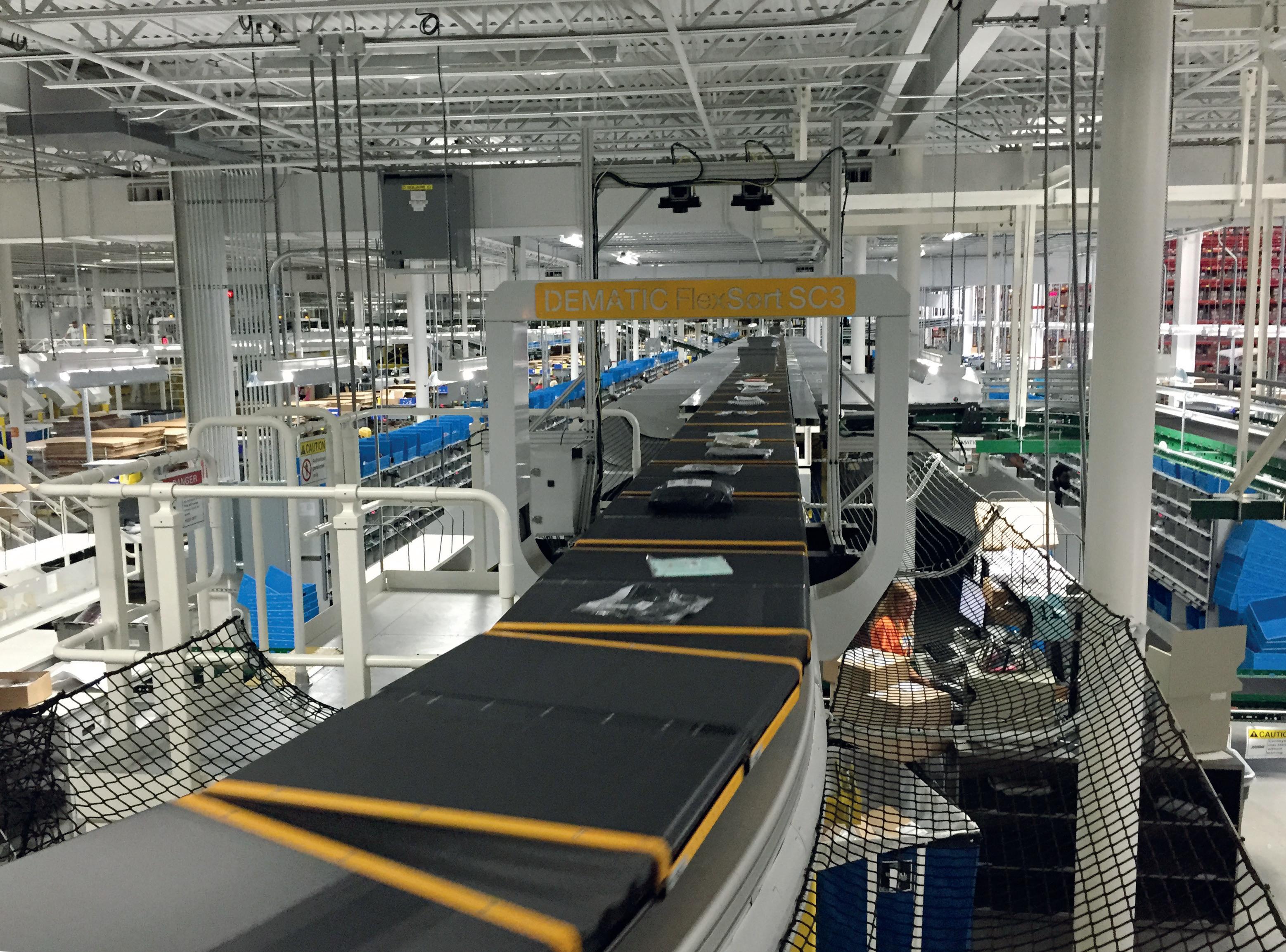
70
One such partner is ThredUp. A selfdescribed ‘online consignment & thrift store’, the platform provides consumers with an opportunity to resell their unwanted clothes. “As part of our commitment to quality, we try to ensure that our products can enjoy a long life,” Larry explains. “Whether it’s our garments or others’, ThredUp allows you to clean out your closet, introduce your clothes to the recommerce market, and be rewarded. We’re encouraging our customers to participate in that circular economy.”
It’s an exciting time for Abercrombie. As part of its recently announced three-year ‘Always Forward’ plan, the company has ambitions to achieve revenues in excess of $4 billion, driven in part by the acceleration of its digital revolution. Within that, supply chain is key.
“On the resiliency front, we were already on a path of diversifying our supply chain prior to the pandemic,” Larry notes. “With the help of

partners including Century, Expeditors, EFL, and RCS, we’ve segmented our inbound supply chain by product, all the way from source to a customer’s front door or store. Accordingly, when we have products in high demand from our customers, we’re able to leverage services that have a higher probability of delivery certainty within a shorter timeframe, in order to move those products through the chain. That’s a massive data exercise, and it requires considerable communication and market orchestration to pull it off.
“Long term, our goal is to grow to a $5 billion top line across our family of brands,” Larry concludes. “To do that, we need to continue to listen to our customers, to know them better than the competition, and to give them the best experience. ■
www.abercrombie.com www.corporate.abercrombie.com
scw-mag.com 71
Co.
Abercrombie & Fitch
Pivoting to perform
Founded in 1971 as a food wholesaler in Ohio, Cardinal Health is one of the largest healthcare companies in the world. There is a discernible gap – in time and logic – between those two clauses. Let’s back up slightly. How did a food wholesaler swap the distribution of garlic cloves for surgical gloves?
Tanja Gorman, Vice President, International Medical Products and Distribution Supply Chain at Cardinal Health, shares how the titan of healthcare – which is 15th on the US Fortune 500 list, and amasses over $162 billion in revenue each year – established itself as a leading medical product company, by leveraging adept supply chain management and a highly focused international commercial strategy.

Get to know Fortune 500 company Cardinal Health and how it came out of the pandemic stronger than ever
72

Cardinal Health scw-mag.com 73
As she explains, by the late 1970s, the founder of Cardinal Health, Bob Walter, understood that the US food industry was consolidating. In response, he saw (and eventually took) opportunities to expand into healthcare, recognizing that there were actually a number of similarities between distributing food and medical products. His initial foray came in 1979, when he acquired a 50 percent stake in Bailey Drug Company, a small Ohio distributor. It was the first in a series of acquisitions of healthcare product and distribution companies.
All of this has helped to shape and transform Cardinal Health into the company it is today: a global, integrated medical products business with approximately 44,000 employees in over 40 countries. The company, which is globally headquartered out of Dublin, Ohio, with a European headquarters in Dublin, Ireland, and an Asian one in Singapore, seeks
Flex
Partnering for long-term customer value
Flex is known as a product design and manufacturing powerhouse, and one of the world’s largest supply chain companies. Serving multiple industries, including the advanced medical technology and pharmaceutical sectors, the company also offers a range of integrated value-added services that are designed to optimize every aspect of a product’s journey, from design and manufacturing to delivery and aftermarket services.
The combined value of extensive global scale, sustainable supply chain capabilities, dedicated circular economy resources and practical experience can help customers transform their value chain through value-added fulfillment, logistics, repair, refurbishment and recycling services.
to bring value-based products and logistics solutions to healthcare providers around the world.
Cardinal Health’s International Medical Products and Distribution business, which oversees the company’s commercial medical product activities in North America, Latin America, the Asia-Pacific, Europe, the Middle East, and Africa, has a comprehensive product portfolio of medical solutions for wound care, venous thromboembolism treatment, enteral feeding, surgical gloves, surgical kits, fluid management, and wound drains. An industry-leading healthcare products manufacturer, the company is also well-known for its range of distribution and supply chain services that have been carefully designed to improve operational efficiency and financial performance of healthcare organizations, while also reducing the cost of care.
“ “
These services can be taken independently, or in partnership with the Flex regionalized global manufacturing network for a seamless end-to-end solution that drives operational efficiencies, and accelerates timeto-market.

Although partnering to de-risk supply chain volatility is an obvious move, partnering for sustainability will be new to many.
Flex has become a trusted and integral part of its customers’ operations by delivering a sustainable reverse logistics strategy through regional repair and refurbishment, and recycle services that can boost customer satisfaction and decrease almost half their CO2 emissions.
Partnering can hold the key to faster and longer-term improvement in the patient experience around the world.
Flex.com/services-and-solutions
We have adopted an approach that is centered on the customer
“ “
74 Cardinal Health



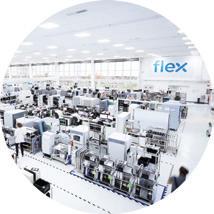





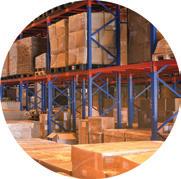

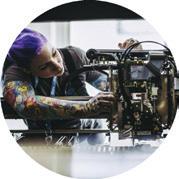



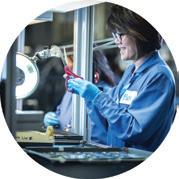



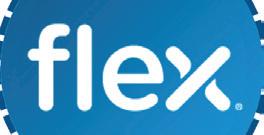

Global Services & Solutions Trust Flex Global Services & Solutions to manage your entire product lifecycle in a changing world. Best in class in-region services: We offer a single source in-region postponement & configure-to-order service. Global Resiliency: Deep rooted experience to build resilience strategies and quickly react to worldwide demand swings. End-to end integrated solutions: The only globally integrated partner to offer value-added fulfillment and circular economy solutions. Sustainability Stewardship: Delivering circular economy results to enable brands to reduce their CO2 emissions. Sustainable product lifecycle services For more information, visit flex.com/services-and-solutions © 2022 FLEX LTD. All rights reserved. Flextronics International, LTD 1 Manufacturing Sustainable Sourcing Design for Circularity Kitting / Configuration Omni-channel Fulfilment Managed Logistics Warehousing Planning & Inbound Complex Repair Returns & Screening Asset Recovery CO2 Reporting & Analytics Parts Harvesting /Recycling Customer Circular Economy Solutions Value Added Fulfilment
“One of the most significant milestones for the company in recent years was the acquisition of Medtronic’s Patient Recovery business in 2017,” says Tanja. “Effectively, this move doubled the size of our medical products business and significantly expanded our global commercial footprint. Our aim is to be healthcare’s most trusted partner, building on our scale and heritage in distribution, products, and solutions, while also focusing our resources on what matters most. Through our manufacturing, sourcing, and commercial activities, we always endeavor to make a difference to the health and wellbeing of patients across our international footprint – each and every day.”
Indeed, ultimately, at the center of everything is the customer. Its focus on supporting its healthcare customer is the foundation upon which the company innovates and invests – and both ensure its success. Tanja points out, that even its research and development processes are built around customers and patients.
Collective effort
“We have adopted an approach that is centered on the customer,” she explains. “Therefore, we see this as a kind of customer-centric innovation. In this process, organizations focus on creating solutions based on a deep understanding of their customers – their business challenges, their work needs, and their concerns about patient safety.
“If you are part of a company that prioritizes the customer experience and enduser wellbeing, then the best way to deliver innovation that matters is to address both customer and patient challenges,” Tanja continues. “Consequently, we have focused new product development around improving patient outcomes, and product functionality for healthcare professionals.”
One key period of time during which that focus really came to light was during the pandemic. Since Cardinal Health’s International Medical Products and Distribution business

76
believes in anchoring its commercial efforts on improving the customer experience (and thus drive company growth), when the pandemic hit, the healthcare titan worked hard to identify areas of need where it could pivot to help.
“When Japan was having marked difficulties in procuring syringes for its Covid-19 vaccination program, we began manufacturing syringes at our Fukuroi plant,” reveals Tanja. “This was incredibly important for the program, and we not only lived up to our brand promise of being essential to care, but we also found an opportunity to grow our business in a new area.
“Another example is how we worked with the provincial government of Quebec, in Canada, to provide N95 masks for all their hospitals,” she adds. “We had a deep understanding of our customer’s needs and were able to secure this key contract by being customer-centric, leveraging relationships, and working together across functions as one team, which contributed to success.”
At this point in the conversation, it is clear that the pandemic and all the highs and lows of the last two years have become a source of great contemplation for Tanja. After a pause, she goes on: “What has touched me deeply is not only the level of commitment and care from healthcare professionals over the last two years, but also the fact that they stopped to thank us for our support and the role we play in patient care.
“We all know that global supply chains across all industries have been very constrained, and our supply chain partners stood up to be counted when it mattered most,
securing the fastest product flow to our customers,” Tanja details. “The support of our partners enabled us to come up with new ways of working to continuously mitigate new challenges, enabling us to keep supporting our customers across our international footprint.
“While the pandemic is mostly behind us, our environment is evolving and different challenges are cropping up and gaining further momentum,” she notes. “Yet, it is important that we take on board the lessons from the last two years and continue to strengthen both our resilience and agility. It is also important to acknowledge the great work that has been done and say thank you to our customers, partners, and teams, whose collective effort have supported patients.”
Though it has come through the pandemic strongly, Cardinal Health International Medical Product and Distribution was not immune to the

scw-mag.com 77 Cardinal Health
global challenges of commodity shortages and container and vessel capacity constraints. Nevertheless, it focused on expanding its supplier base, supply chain visibility, and on strengthening its bonds with partners and customers. “The biggest lesson we learned from managing unforeseen supply chain issues was the importance of collaboration, with both supply chain partners, and our customers,” Tanja admits. “We knew we would be working in a constrained environment and that information was key. Therefore, we moved
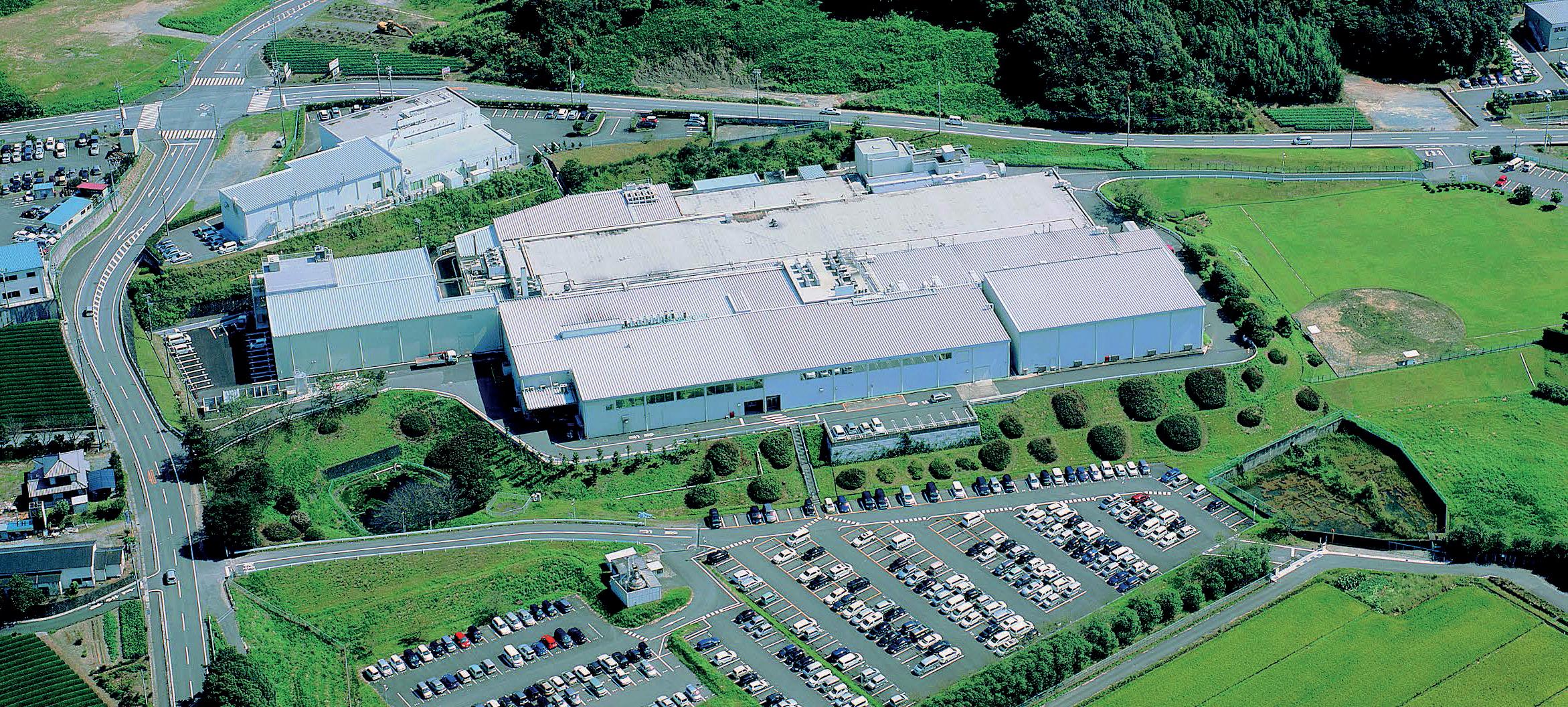
our Sales and Operations Planning (S&OP) from a monthly to a weekly cadence and our Sales and Operations Execution (S&OE) from a weekly to daily model, working up demand scenarios on an ongoing basis through the different waves of the pandemic.
“To meet the growing demand for medical products following the outbreak of Covid-19, we re-evaluated our entire supply chain,” she goes on. “We changed sourcing practices to limit our geographic concentration and expanded our self-manufacturing capabilities to increase production capacity of isolation gowns, surgical, procedural masks, and face shields.
“We utilized predictive analytics, with support from a local university, to develop additional visibility tools and enable a better and faster flow of information to our customers,” Tanja adds. “Our pipeline of initiatives was reviewed, deprioritizing some to enable focus on immediate customer needs. We invested in the Kinaxis RapidResponse platform to increase medical product visibility, thereby allowing us to view our entire supply chain in real time to proactively mitigate and minimize potential impacts. Our ability to support our customers was a direct result of fast decision-making, and the immediate
“ “
While the pandemic is mostly behind us, our environment is evolving and different challenges are cropping up and gaining further momentum 78
“ “
implementation of activities that supported our employees. None of us knew how long the pandemic would last, but acting with urgency was a key differentiator.
“While we continue to learn together, adapting yet again to a new hybrid working environment, we remain true to our mission to ‘improve the lives of people every day’, which is anchored in our belief in Diversity, Equity and Inclusion. That’s why even at the height of the pandemic, we chose to celebrate Cardinal Health’s 50th anniversary by stepping-up our commitment to addressing local concerns in the communities where we operate. Despite the myriad of Covid-19 restrictions, our employees were able to contribute more than 50,000 hours of support to our communities. We also continued to invest in new environmental and sustainability initiatives at our corporate offices and manufacturing sites, because we believe we have a role to play in helping to address climate change, and to ensure a healthier planet for generations to come. It’s essential that we do our part.”
As our conversation has made clear, Cardinal Health’s International Medical Products and Distribution business has adopted a focused growth strategy to not only transform itself into an industry leader, but to also help others. It has optimized its footprint and streamlined its supply chain,

which has allowed the company to better focus its commercial efforts on delivering the right products to the right markets at the right time. ■

www.cardinalhealth.co.uk
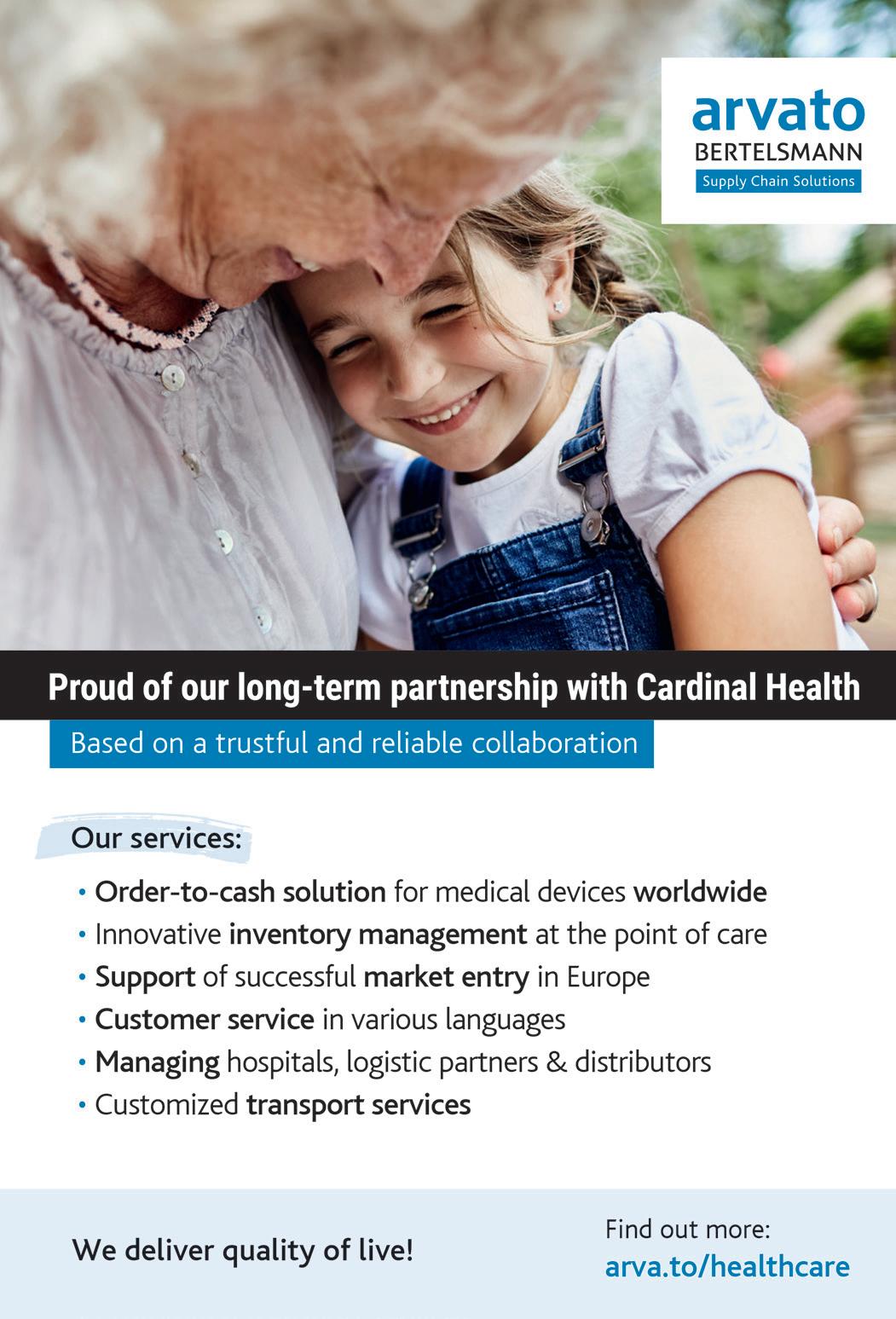
scw-mag.com 79 Cardinal Health
Luxury on the move
 Going electric with Mercedes-Benz: the latest from a car-making colossus
Going electric with Mercedes-Benz: the latest from a car-making colossus
80
Founded in 1926, the MercedesBenz brand traces its roots all the way back to 1885, when Karl Benz first constructed the Benz PatentMotorwagen. Widely regarded as the first practical automobile, the self-propelled vehicle resembled a motor tricycle, fixed with a rear-mounted engine. Close to a century later, the Mercedes-Benz Group AG (MBAG) is one of the globe’s leading suppliers of premium and luxury cars, and an independent manufacturer of commercial vehicles. Headquartered in Stuttgart, Germany, within the state of BadenWürttemberg, the group achieved revenues of 169 billion euros in 2021.

It was thanks to the work of Max Hoffman, an Austrian-born, New York-based importer of luxury European automobiles, that importation of Mercedes-Benz vehicles to the US began in 1952. Hoffman recognized a growing demand for existing and new models in the post-war American market, one on which he sought to capitalize. Among the cars brought across the Atlantic was the iconic Mercedes 300SL Gullwing, introduced at the 1954 International Motor Sports Show

USA scw-mag.com 81
Mercedes-Benz
in New York City. More than 80 percent of the 300SL’s total production of approximately 1400 units were sold in the US, making it the first Mercedes-Benz widely successful outside its home market. So significant was the Gullwing’s impact, the model is now credited with changing the image of MercedesBenz in the US from a manufacturer
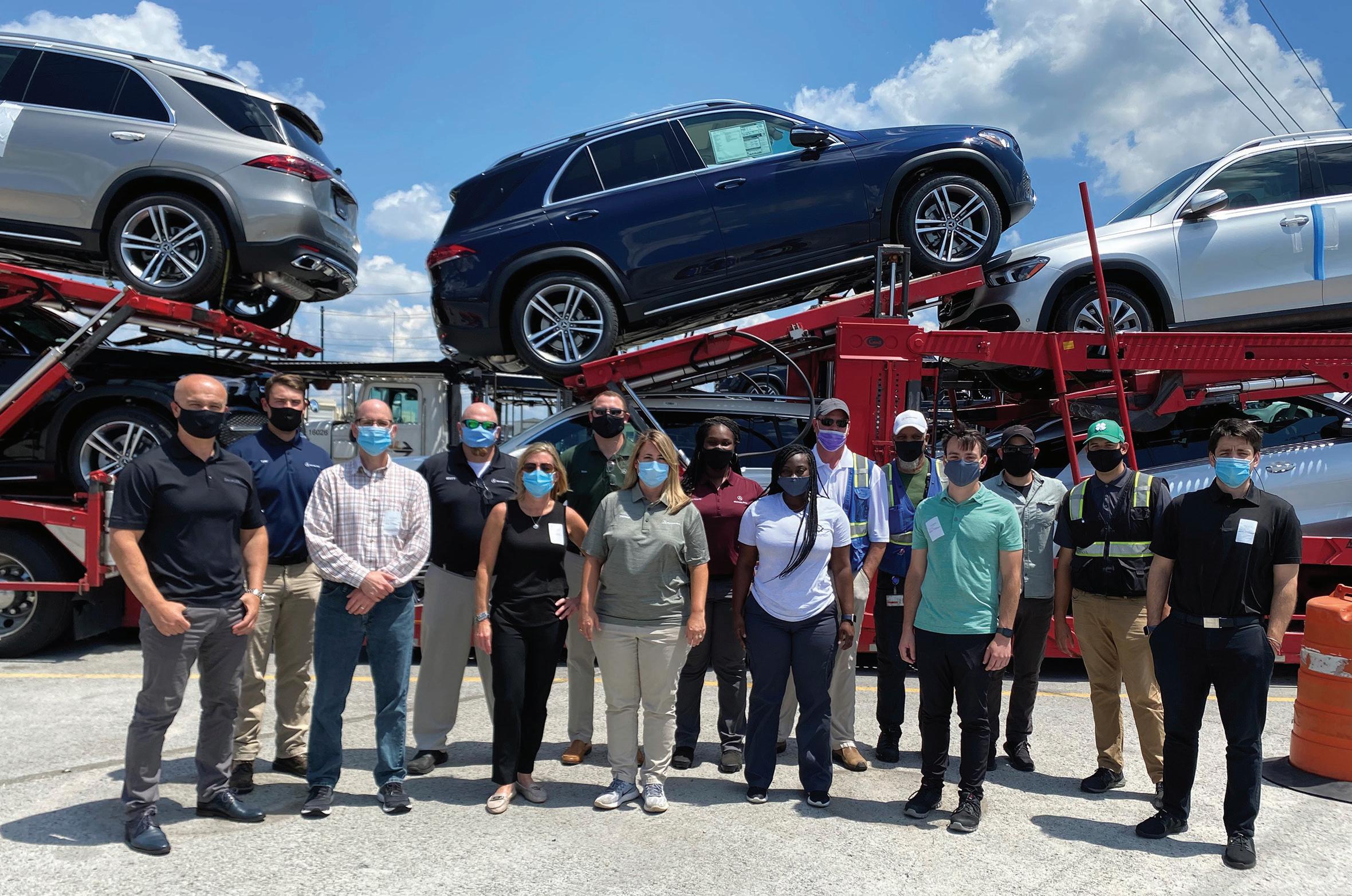
“
“ “
of solid but staid luxury automobiles, to one capable of producing highperformance sports cars.

Unique position
Buoyed by the success of the Gullwing, by 1957, Mercedes-Benz was in a position to expand its reach across the US. The company entered into an initial distribution agreement with Studebaker-Packard Corporation, before striking out on its own eight years later, with the formation of Mercedes-Benz USA (MBUSA). Now a wholly owned subsidiary of MBAG, MBUSA is a nationwide organization, responsible for the distribution, marketing, and customer service for all MercedesBenz passenger and commercial van products in the US.
For all the plants, there’s a central MBAG sales team that moves all the cars built in Europe to markets throughout the world
“
82
“We occupy a unique position within MBAG,” explains Rory Anne Hepner, Director of Global Vehicle Logistics and Customs at MBUSA. “For all the plants, there’s a central MBAG sales team that moves all the cars built in Europe to markets throughout the world.
Diversified Automotive

Diversified Automotive has been a premier service provider for Mercedes Benz since 2005. Our team of professional car haul drivers achieved the prestigious Mercedes Benz 2017 ‘Best of the Best Carrier Recognition Award’. Delivery of the Mercedes Benz vehicle to the company’s retailer begins and ends with the professional handling of our team of drivers. We could not achieve all that we do without these true professionals.
Leadership takes many forms, and presents itself not only when times are good, but, most importantly, when our industry is faced with challenges. Rory Hepner and

MBUSA is not only a market that receives those cars, but we also act on behalf of MBAG, moving cars out of the USA.”
Both a customer and a vendor of MBAG, MBUSA employs approximately 1,600 people across the United States. The company also
the Mercedes Benz logistics team were first in our industry to recognize the challenges of the last two years, and the needs of their business partners. Mercedes Benz took immediate action to ensure that their partners remain in a position to succeed. No one can do it alone. A successful 17-year business partnership with any company can only be achieved when a respectful understanding of each partner’s goal is commonly shared. We are proud to share a common vision with Mercedes Benz, and we are very fortunate to have them as a true business partner in all respects. Thank you, Mercedes Benz.
Mercedes-Benz USA scw-mag.com 83
has 383 associated dealership partners and offers a diverse line-up of models, from the sporty A-Class sedan to the flagship S-Class and the all-electric EQS. In the US, one type of vehicle stands apart: the SUV, or Sports Utility Vehicle.

As the name suggests, SUVs’ combination of utility, luxury, and reliability makes them a popular choice for families, while appealing to a particularly American appetite for adventure. It follows, then, that Mercedes-Benz large SUVs
Virginia Transportation Corp
Virginia Transportation Corp (VTC) is a worldclass auto-hauling company based in West Warwick, Rhode Island. The company’s operational footprint spans North America, including all 48 contiguous States and Canada, with the majority of its operational activity occurring in the eastern half of the US.
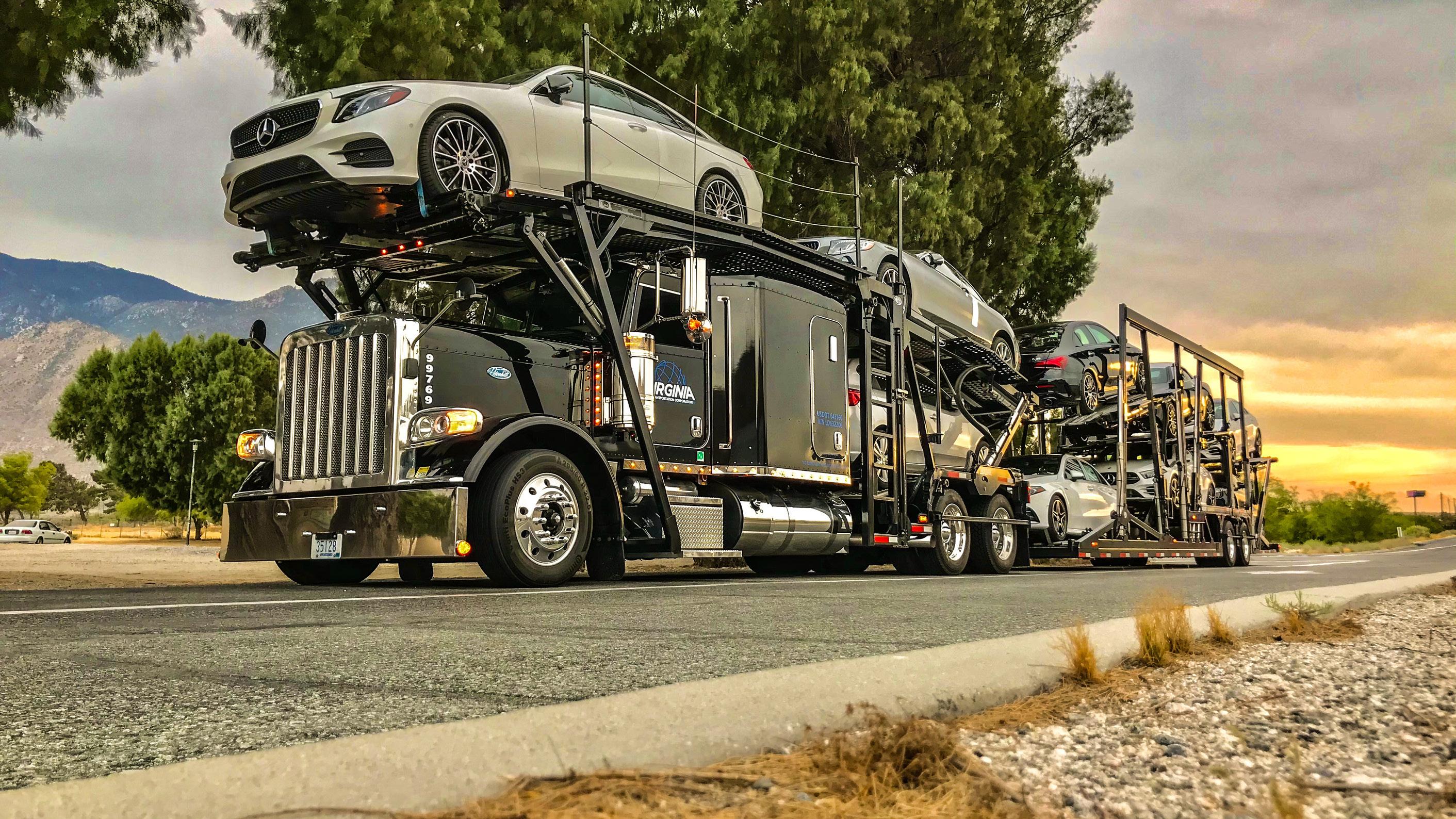
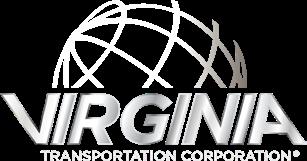
Founded in 1994 with a single truck, VTC has grown to nearly 500 power units, and is one of the largest suppliers of finished vehicle logistics for all the major automobile manufacturers. The growth of VTC’s asset base has been accompanied by a corresponding growth in human capital, and VTC has assembled a phenomenal team of
leaders and problem solvers at all levels of the organization that enable it to serve both its people and its customers.
On the customer side, VTC has become known for its unconventional and agile approach, with a focus on being a true business partner by way of collaborative problem solving and expedited response to customer needs. As an employer, VTC puts its people first by providing best-in-class pay and benefits, equipment, tools, training, and support for its workforce. Prioritizing both customers and employees has resulted in VTC both setting and operating to the highest standards in the industry.
84
are manufactured exclusively in the US, at the Mercedes-Benz US International (MBUSI) plant in Tuscaloosa County, Alabama. Working with MUBSI, MBUSA will collect the finished vehicles for distribution, including the GLE, GLS,GLE Coupe and Maybach GLS. There is more to come, too. The company started production of the EQS SUV in August 2022 and is set to roll out its electric EQE SUV later this year, with MBUSA already gearing up to distribute the vehicles across the US and beyond.
“If you talk to any company that’s involved with the moving of finished electric vehicles, there’s a whole new abundance of learning curves to process,” Rory indicates. “For instance, there are limits to the allowed level of charge for vehicles that travel across the ocean, on trains, or via trucks. The heaviness of the vehicles also impacts our load factor, which in turn challenges our ability to safely load vehicles while still supporting our carriers
with fair rates for moving such vehicles.”
“As sustainability becomes an ever more important factor across the sector, and particularly for MBAG, we need to do our best to help the Mercedes EQ family,” she goes on. “We launched the first EQS last year. Now, with other EQ models to follow, we are witnessing the beginning of what is the biggest innovation currently being undertaken across the brand. At the same time, we need to continue to provide our customers with the most luxurious experience possible, and to define what that experience looks like in the context of an electric vehicle.”
Operational efficiencies
As it pivots towards electric vehicles, MBUSA is also investing heavily in the installation of charging infrastructure at its key facilities, including at its Vehicle Preparation Center (VPC), located in Brunswick, Georgia. The site

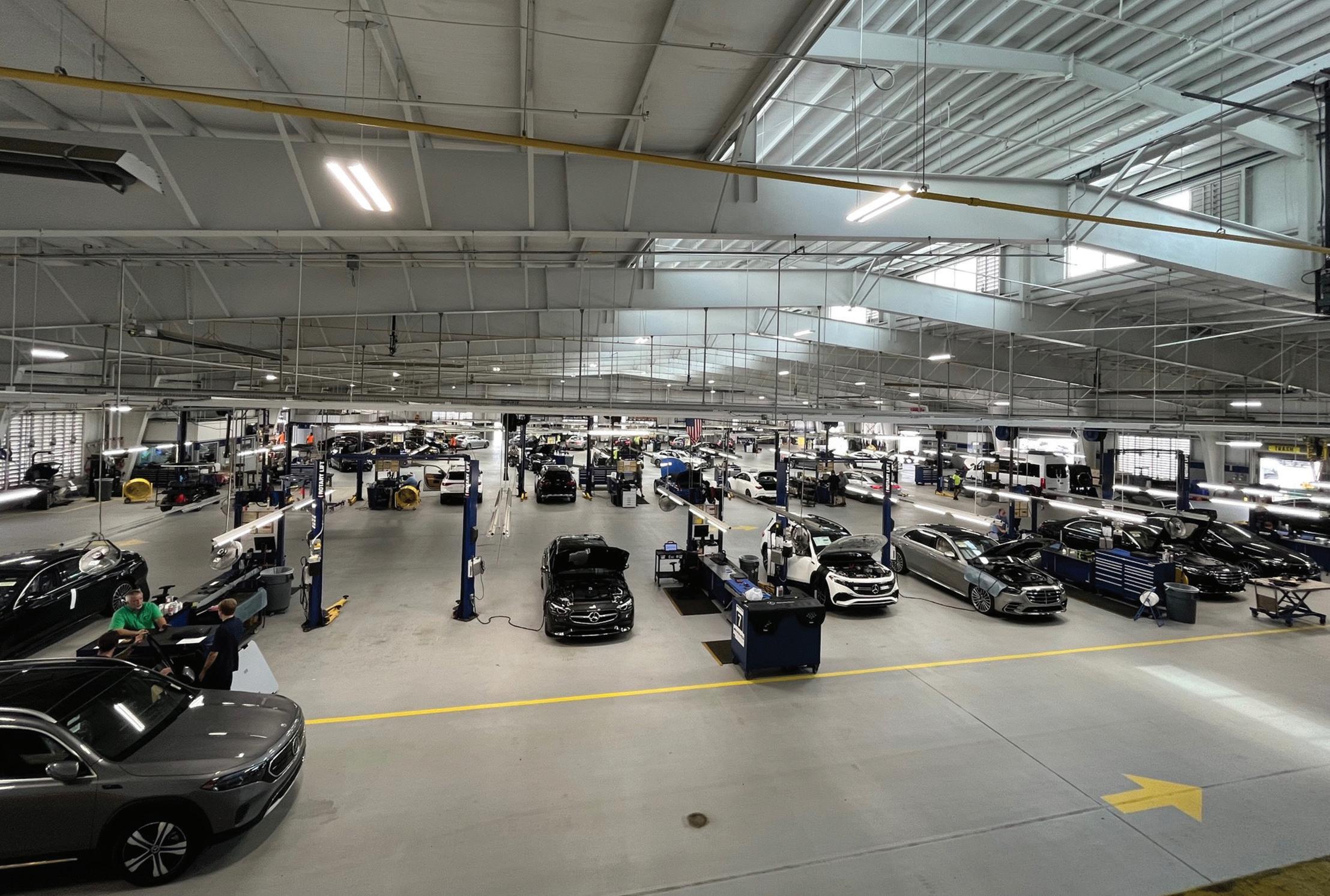
USA scw-mag.com 85
Mercedes-Benz
is one of five VPC facilities in the US that serve as the first stop, after US Customs, for new Mercedes-Benz vehicles destined for Mercedes-Benz dealerships throughout the country, while also serving as the company’s largest port for exports.
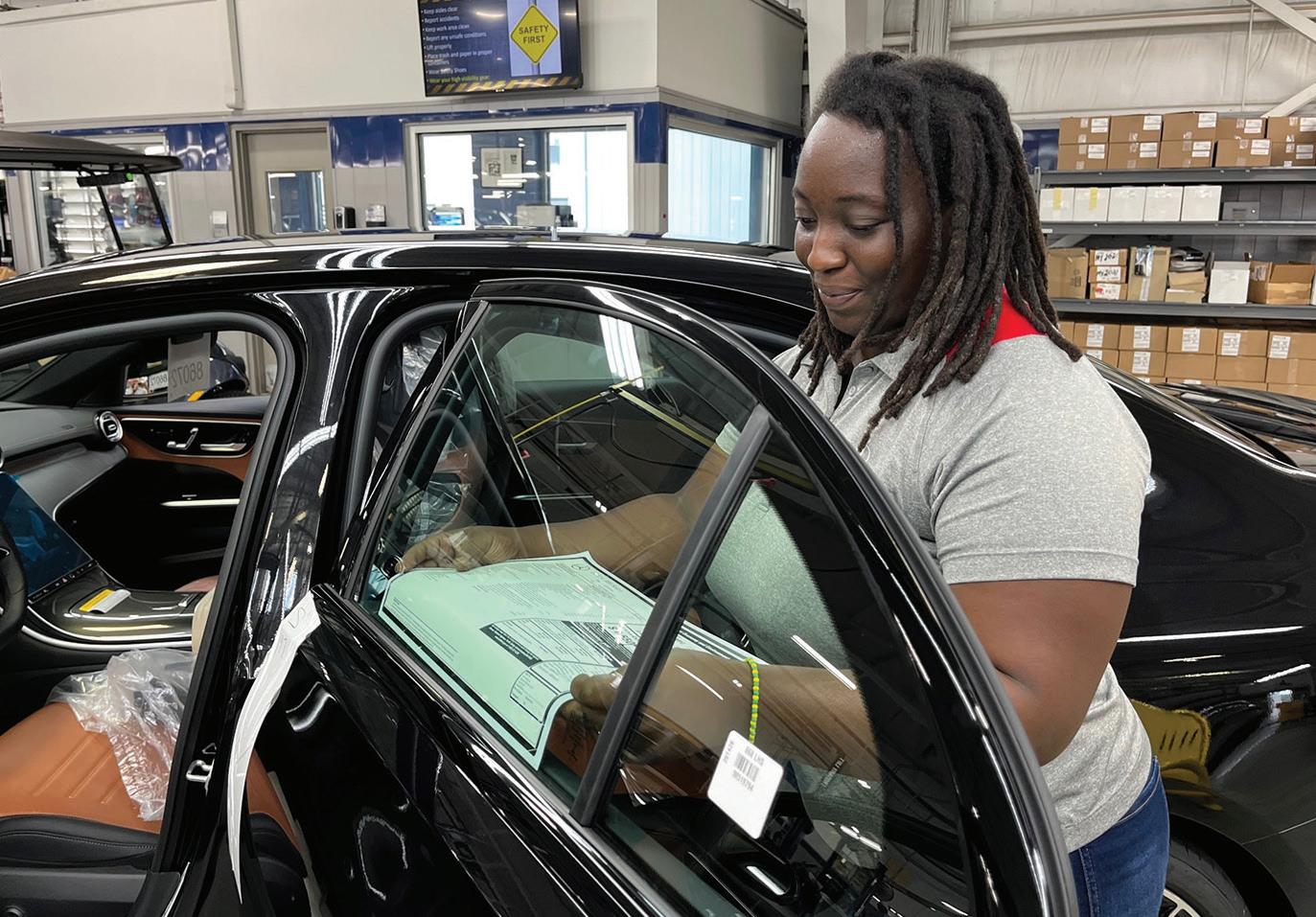

“We’re also heavily investing in providing our people with the necessary training to move electric vehicles safely,” Rory continues. “Electric vehicles pose different challenges to internal combustion cars; for the company, it’s like starting again after 130 years, and for our employees, that means being careful, and being confident in what you’re doing. As the Tuscaloosa plant rolls out a greater number of electric vehicles,
we need to take things one step at a time to ensure that we’re able to fulfill our responsibility safely and efficiently.”
These investments sit within broader efforts at MBUSA to streamline its port operations. “It’s our responsibility to get MercedesBenz cars to the ports, and then out of the country to their destination markets,” Rory reiterates. “When finished vehicles wait at a port, they aren’t getting any prettier – we need to keep them moving. With that in mind, we have recently launched a focus on operational efficiencies. We’ve improved how long we hold the cars at port, both through engaging directly with the shipping lines, and through the launch of a dedicated team to handle our finished vehicles exports.”
Since taking these steps, MBUSA is already reaping the rewards. Rory reveals that operations at both the Tuscaloosa facility and the Brunswick port have become more cost and time efficient – an impressive feat, given the ongoing delays influencing shipping routes around the globe. “We’ve been tracking our progress since taking over these responsibilities in August of 2020,” she notes. “Our inventories at the Brunswick port have fallen by around 50 percent, simply because we’re singularly focused on moving vehicles at the port as quickly as possible.
“With ownership and control, it also allows us to be more disciplined,” Rory adds. “From a quality standpoint, we’ve worked closely with MBUSI to develop our own inspection procedures, which take place at the last gate before the vehicles leave the US. For MBAG, meanwhile, they no longer have to concern themselves with the movement of vehicles,
that responsibility falls to us,
because
We’re also heavily investing in providing our people with the necessary training to move electric vehicles safely 86
““ ““
and it represents our number one priority. Overall, it’s been a very positive development both for MBUSA, and for the MBAG enterprise worldwide.”

All of MBUSA’s efforts over the last two years have taken place against the backdrop of uncertainty, as the initial arrival of the Covid-19
USAL Solutions
Established in 2021 and headquartered in Houston, TX, USAL Solutions is a vehicle transportation broker and logistics provider. Our organization arranges for the safe, high-quality transport of vehicles by pairing available freight with our team of professional, USAL-certified carriers.
We differentiate ourselves from other auto brokerage services, by offering greater customer care, and flexibility for our partners.
“Good business starts with being respectful, trustworthy, and accountable. While we offer
pandemic gave way to months of supply chain volatility, with shortages, increased lead times, and delays posing fresh challenges to companies across the manufacturing and distribution sectors. The shortage of semiconductor chips has proved a particular obstacle for the automotive sector, combined
very competitive rates and high-quality freight to our carriers, we take great pride in building relationships by establishing trust and providing timely communication about our operational goals,” says Doug Bennett, president of USAL Solutions. “And, our robust back-end support resources allow us to provide payment terms that best meet our carriers’ needs.
USAL Solutions and its sister company, US AutoLogistics, a regional interstate carrier, make up the USAL brand of companies and are part of The Friedkin Group.

Mercedes-Benz USA scw-mag.com 87
Norfolk Southern Corporation

Since 1827, Norfolk Southern Corporation (Norfolk Southern) (NYSE: NSC) and its predecessor companies have safely moved the goods and materials that drive the U.S. economy. Today, it operates a customer-centric and operationsdriven freight transportation network. Committed to furthering sustainability, Norfolk Southern helps its customers avoid 15 million tons of yearly carbon emissions by shipping via rail. Its dedicated team members deliver more than seven million carloads annually, from agriculture to consumer goods, and is the largest rail shipper of auto products and metals in North America.
Norfolk Southern is the number-one originator of finished vehicles, with 61 automotive facilities served and 35 destination ramps. It also has the most extensive intermodal network in the eastern US, serving a majority of the country’s population and manufacturing base, with connections to every major container port on the Atlantic coast, as well as the Gulf of Mexico and Great Lakes. Learn more by visiting www.NorfolkSouthern.com

with an exodus of workers from the rail and trucking industries that constitute the vehicle supply chain.
“Every single mode of transportation has been impacted by the pandemic,” Rory reflects. “Moving finished vehicles is complicated enough, but we’ve nevertheless had to do our best to diversify. If at one point transportation via rail was proving to be challenge, we had to shift our emphasis to trucks. That in turn will then throw up its difficulties, and we will have to shift once again.
“We’re fortunate to have launched a brand-new SAP-based system, VOIS, in 2019, which has given us the agility to be able to alternate how we move our vehicles with relative speed,” she continues. “We’re able to put in new rail routes fairly easily, add truck routes on a daily basis, and the system gives us the
88
transparency to know at exactly which point in our supply chain vehicles are located, and to keep them moving accordingly.”
Managing relationships
VOIS isn’t the only software that MBUSA has onboarded. The company has also adopted Cognosos, a cloud-based inventory management software, providing instantaneous access to real-time location information across the company’s yard at the MBUSI Alabama facility. “As chip or part shortages have become more frequent, we’ve encountered situations where we’ve had cars waiting in the yard that weren’t ready to distribute to market,” Rory explains. “Cognosos gives us the ability to conduct tracking far more efficiently, combining data from our yard with data from MBUSI. As vehicles are moved throughout the site, their locations are updated automatically on the system. We’re
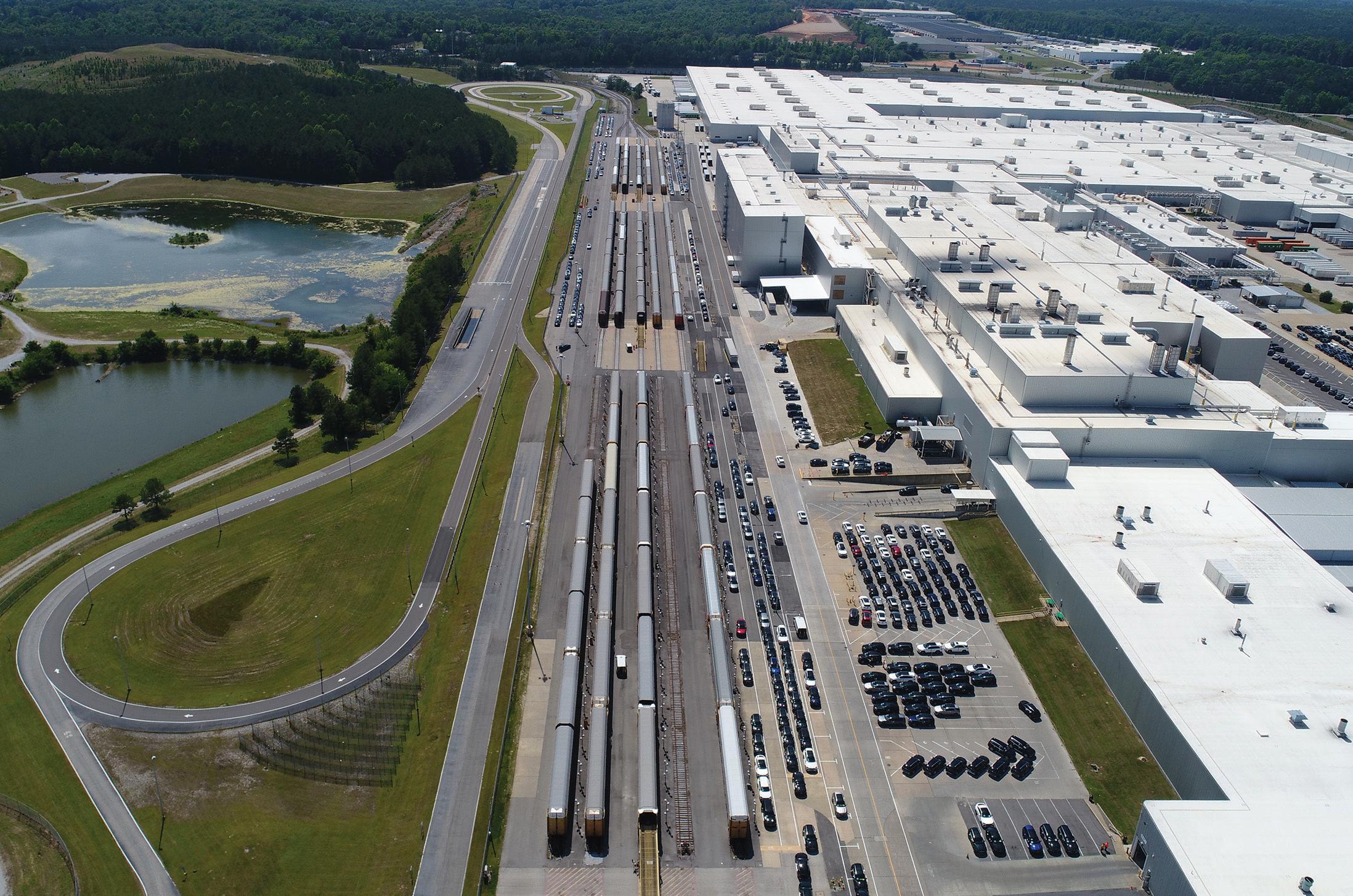

therefore able to keep much better track of the vehicles, and find them more efficiently.”
Moving into the latter half of 2022, the automotive industry continues to grapple with a number of supply chain disruptions. For MBUSA, it’s a period that’s underlined the importance of a robust network of suppliers – or “partners”, as Rory is keen to emphasize. “Throughout the supply chain, we’re all under stress: from production, through to your carriers, and 3PL, as we try to navigate current challenges,” she confirms. “We’re all working with limited resources, and some days you won’t be their number one priority. However, it’s important to recognize that no one is purposely trying to make your job difficult.
“Instead, it’s about how you manage that relationship with respect, trust, and transparency,” she continues. “If your partners inform you that they have an issue, and let you know when they’ll have it fixed, there’s no
USA scw-mag.com 89
Mercedes-Benz
benefit to be had from beating them up if they fail to meet that deadline. Rather, you’ve got to work together to find new solutions. It’s the same when we’re working to get cars to our dealers: yes, we want everyone to be our priority, but we have to be realistic. If you offer your partners that transparency, they’ll give it back to you.”
Not to be forgotten, underpinning MBUSA’s hard work are the company’s employees. “In the Finished Vehicle Logistics team, we’re a group of 33 corporate office employees, and just over 140 individuals total, moving close to 500,000 vehicles in the USA; all with the goal to make a difference and get stuff done,” Rory

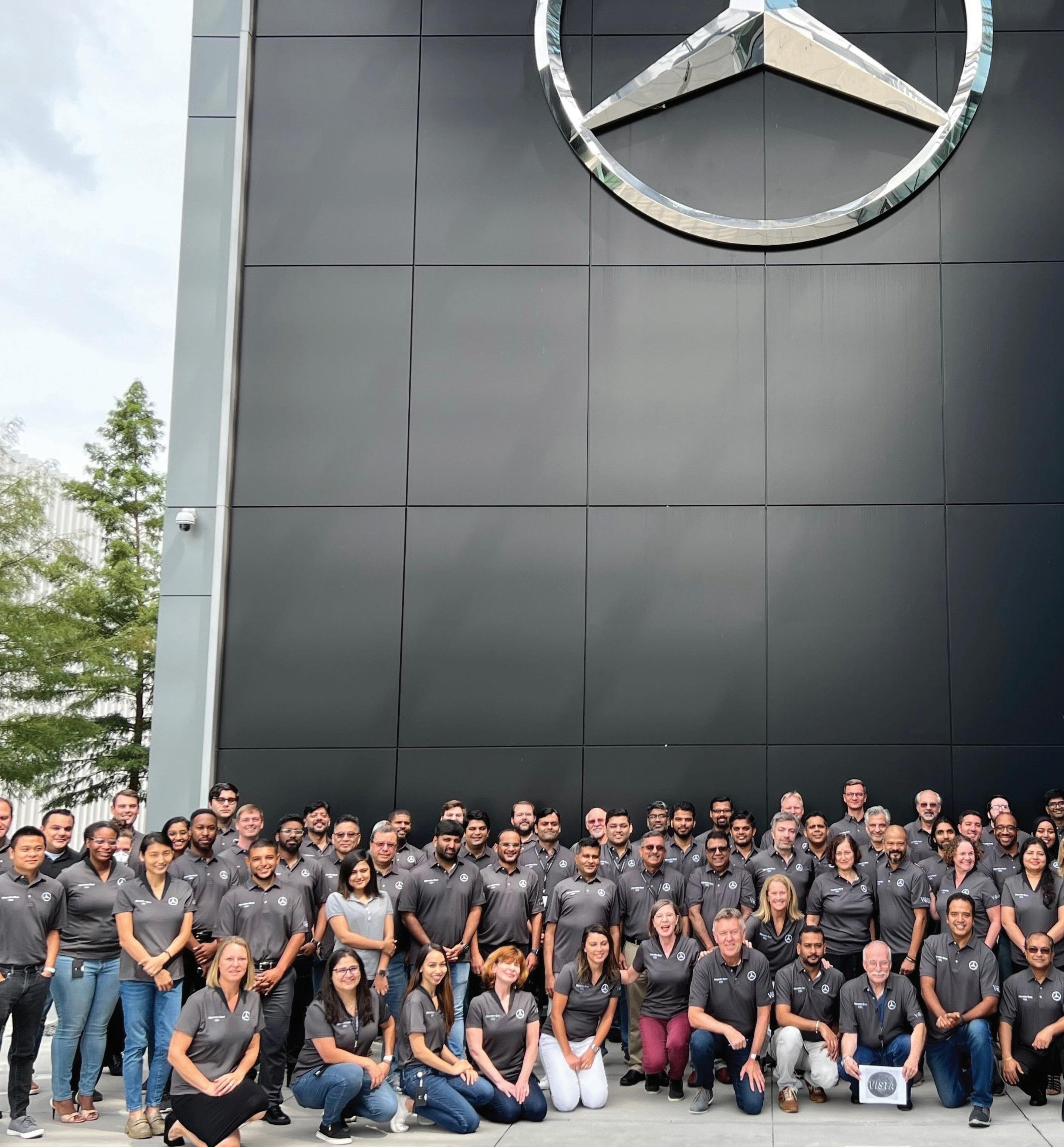
We love what we do at MBUSA, and take great pride in the vehicles that we produce and distribute throughout the US and the world 90
“ “ “ “
insists. “They’re the hardest-working people I’ve seen in logistics. When you’re moving cars, you’ve consistently got to bring your A-game to the table and execute every day. If not, there will be consequences in the months to follow.
“Our team embraces this challenge,” Rory continues. “At the same time, we’re
supportive of each other, and we make sure to keep things fun. Every day, I remind my team of the need to put our work in perspective.
What we do is important, but ultimately, we are just moving luxury products around the world – we are not conducting brain or heart surgery. Developing that culture has been a key component of the work we have done over the last couple of years, and it goes hand in hand with our efforts to improve and streamline our operations.
“We love what we do at MBUSA, and take great pride in the vehicles that we produce and distribute throughout the US and the world,” Rory concludes. “Through an everchanging environment, we continue to work hard every day to meet the demands of our customers.” ■
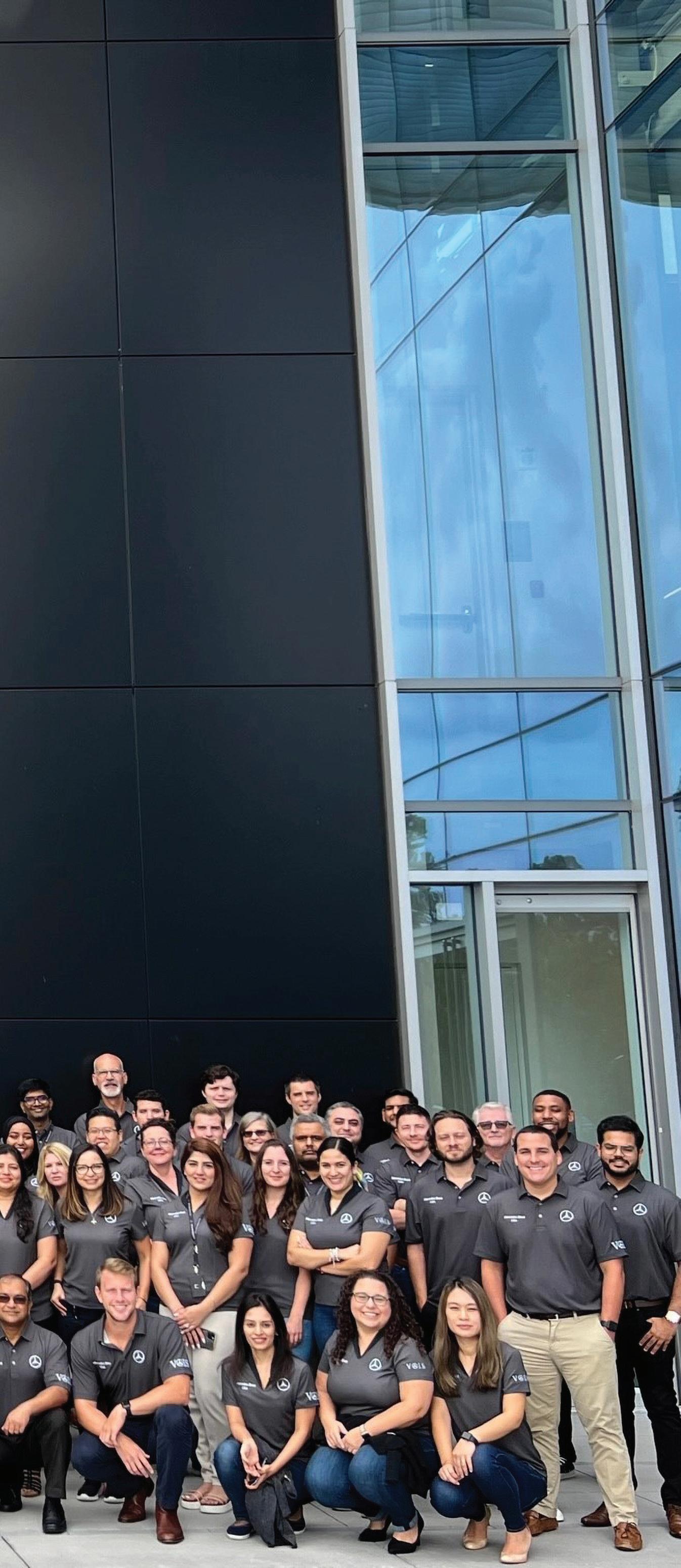
www.mbusa.com/en/home

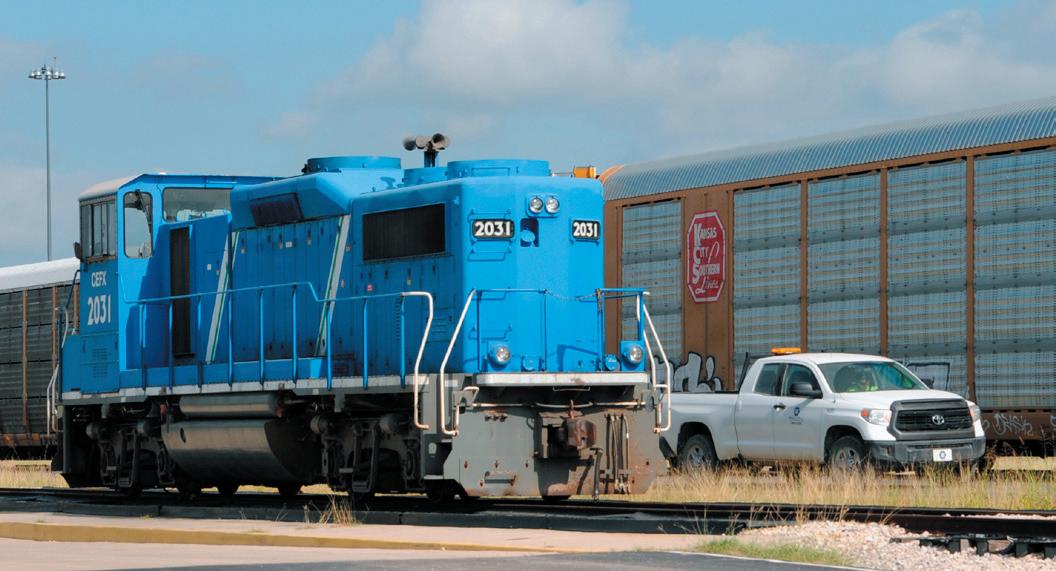
INDUSTRY LEADING RAIL, LOGISTICS AND AUTOMOTIVE SUPPORT FOR OVER 35 YEARS.
roadandrail.com
DELIVERED. SOLUTIONS
scw-mag.com 91 Mercedes-Benz USA
Saving the day

It’s been more than 125 years since sisters Elizabeth and Gertrude Vinton first embarked upon their vision for the construction of an infirmary in Windham County, Connecticut to serve the local community. A donation of $5,000 from Mrs. M. Day Kimball set them on their way, on the condition that the infirmary be named in memory of her recently deceased son, Day Kimball. Other donations included an additional $4,000 from the Day Kimball family, along with another $1,000 from members of the community. With that, the Day Kimball Hospital was born.
Since then, Day Kimball Hospital has evolved into a 122-bed acute inpatient hospital. Located on Pomfret St in Putnam, the hospital sits within the umbrella of Day Kimball Healthcare (Day Kimball), a non-profit, integrated medical services provider comprised of the hospital, along with Day Kimball Medical Group, four healthcare centers in Danielson, Dayville, Plainfield, and Putnam, Day Kimball HomeMakers, Day Kimball HomeCare, and Hospice & Palliative Care of Northeastern Connecticut. The organization’s service area includes northeastern Connecticut as well as nearby southern Massachusetts and western Rhode Island communities, and includes a comprehensive network of more than 1100 employees, including 300 highly skilled physicians, surgeons, and specialists.
Meet the supply chain department that helped Day Kimball Healthcare to navigate the challenge of Covid-19
92
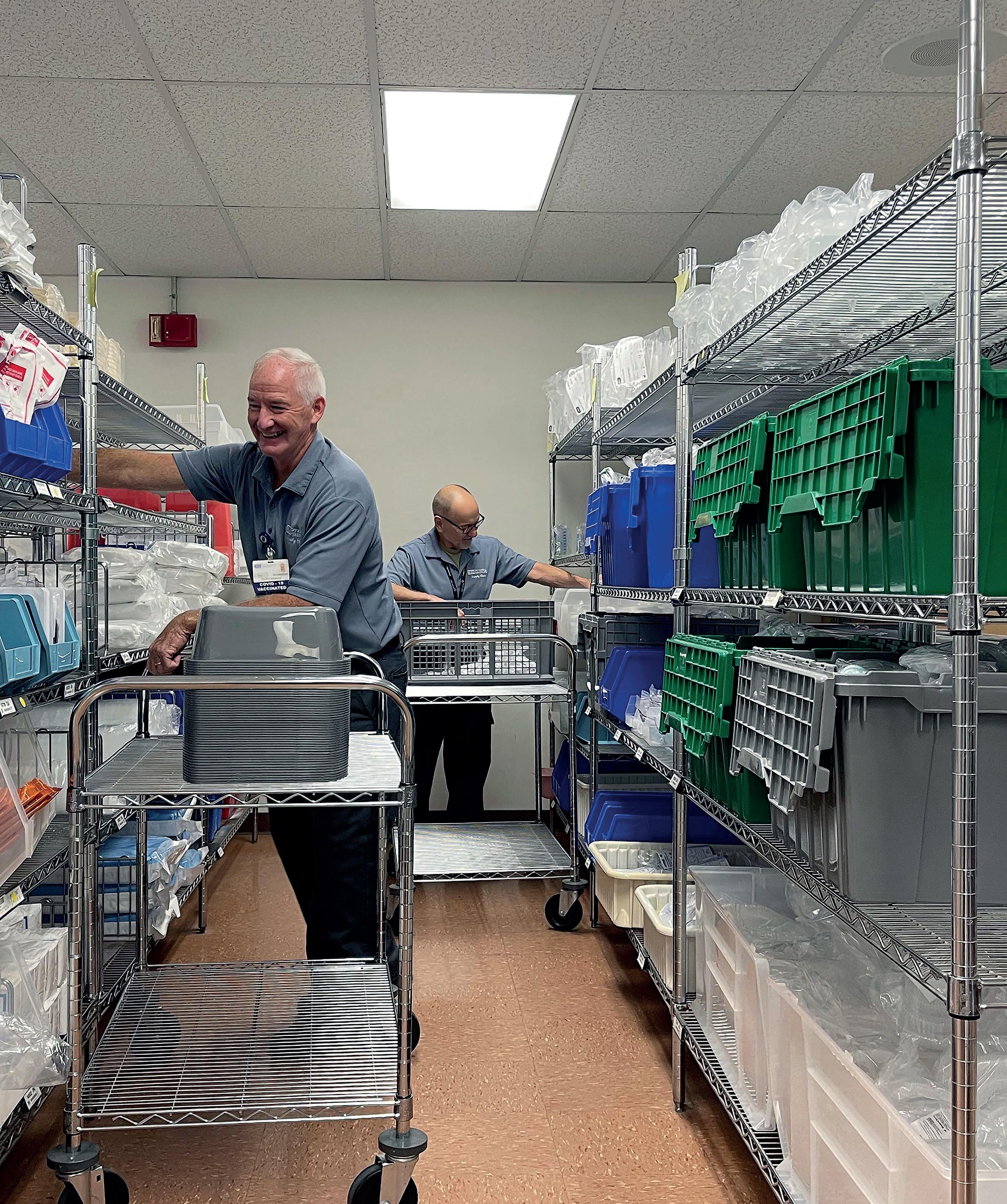
Day
Healthcare scw-mag.com 93
Kimball
“Our mission is to improve the health and well-being of our community by providing the best medical care,” explains Lisa M. Aguiar, Director of Supply Chain at Day Kimball. “We serve 70,000 of the approximately 100,000 residents in the community, offering primary care and a multitude of medical and surgical specialties, along with leading-edge technology and sophisticated diagnostics.”
The Supply Chain department at Day Kimball incorporates materials management, supply
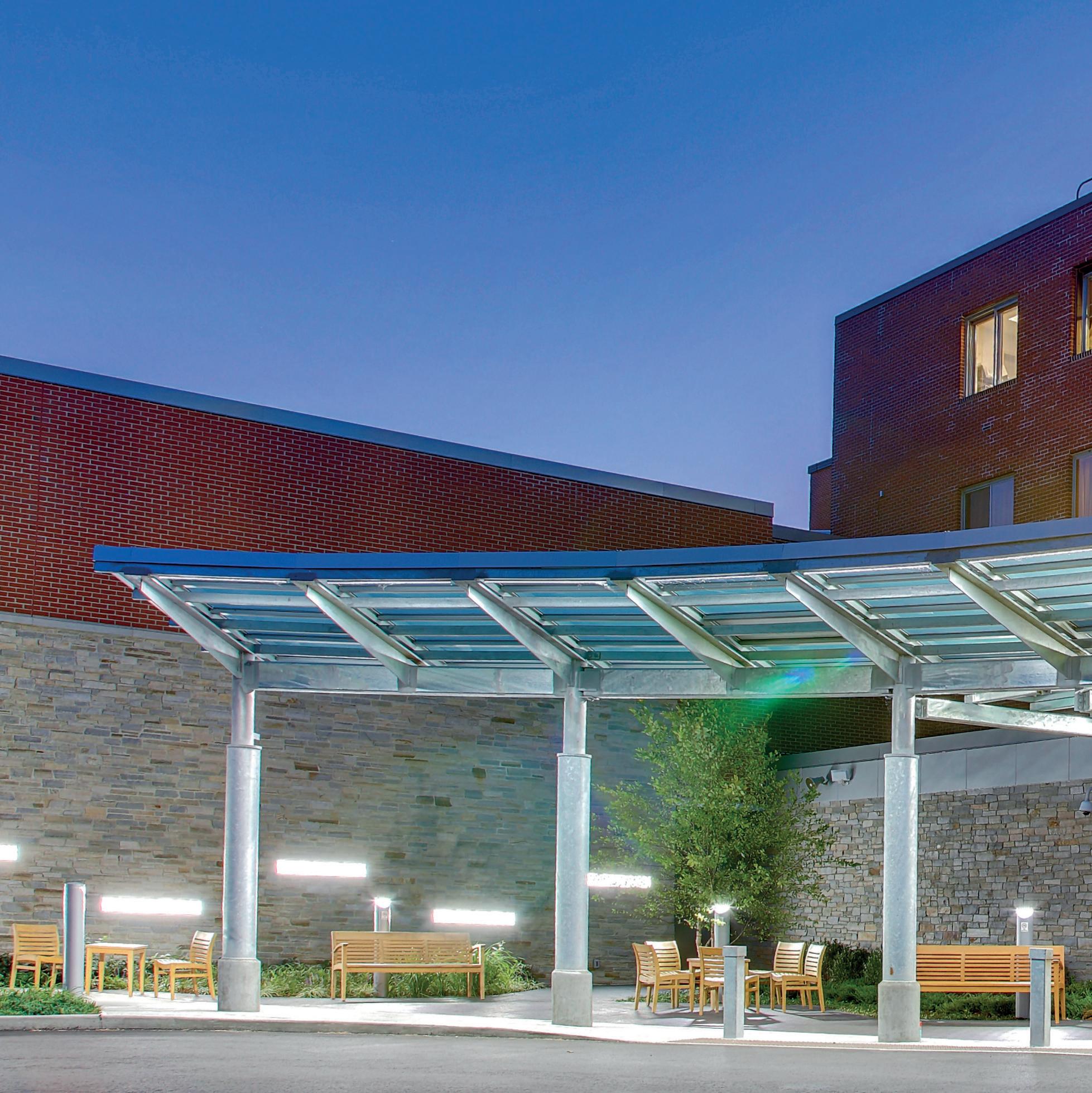
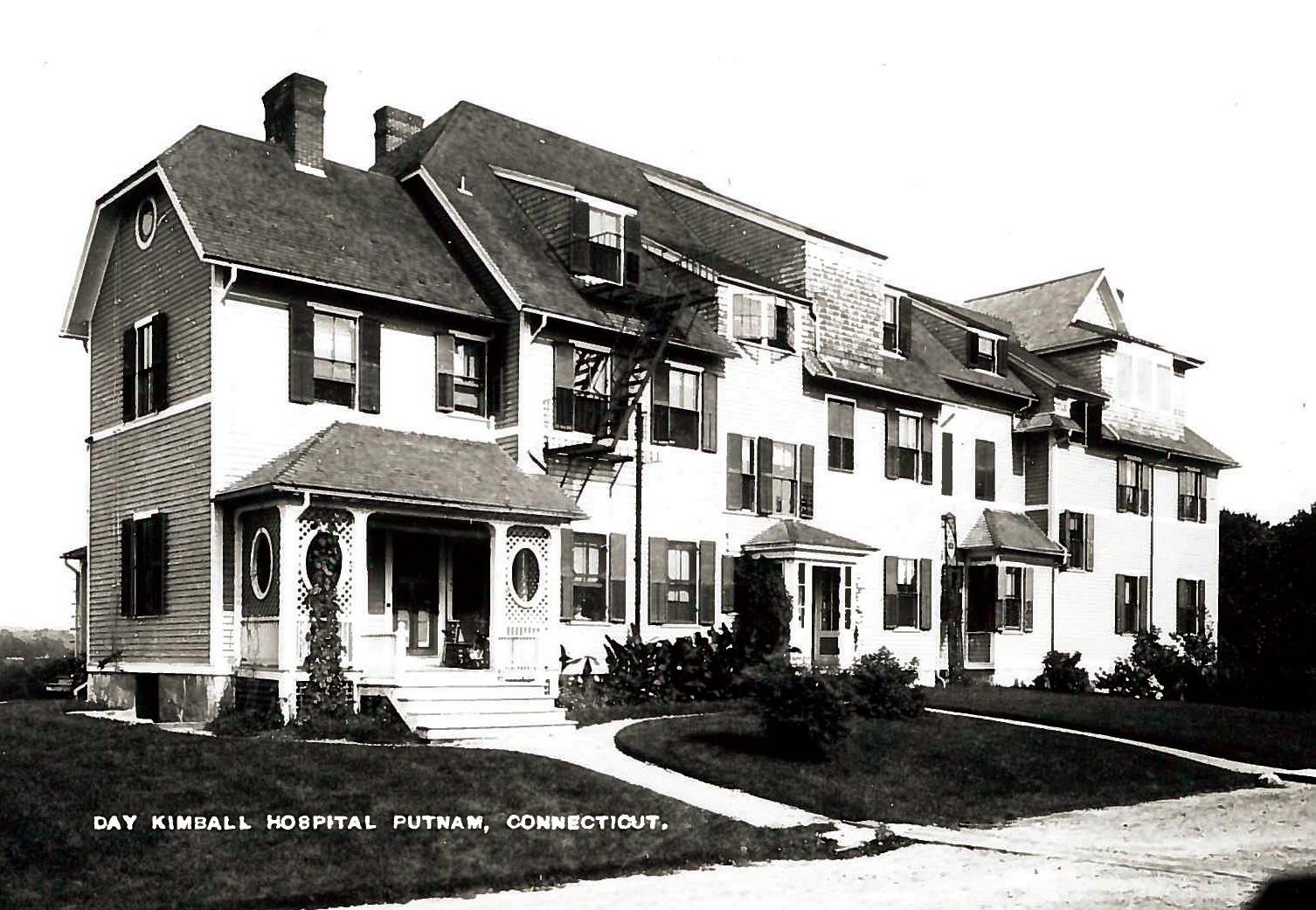
replenishment, and distribution. Purchase orders are sent in from Day Kimball’s on-campus and eight offsite locations, which the supply chain team fulfills from its location on the company’s main campus. The department sits adjacent to Purchasing, which is responsible for the ordering of goods and services, sourcing, and inventory and vendor management.
For Lisa, the last two years at Day Kimball have been a challenge, as the company was forced to readjust to a changed landscape
94
both during and since the arrival of Covid-19. “Our staff were used to placing orders on a just-in-time basis, but navigating the pandemic demanded a different mindset,” she recalls. “We expanded our vendor database, decreased sole vendors and proprietary product lines, and we created a robust substitute catalog. We’ve also had to reorganize, developing a bulk supply area and expanding our emergency prep program. The biggest lesson we learned was the value of adaptability as an asset.”

“ “ The biggest lesson we learned was the value of adaptability as an asset scw-mag.com 95
“ “ Day Kimball Healthcare
“
It’s a lesson that’s serving Day Kimball in good stead, particularly as the industry continues to feel the impacts of volatile price increases, product allocations, driven in part by a shortage of raw materials. The company has recently embarked on a process of automation, as it looks to build a more robust supply chain capable of withstanding similar disruption in the years ahead. “Our top priority is acquiring a digital ecosystem to include an EDI platform that allows us to automate processes, access network and realtime information to control cost, improving products’ traceability and
fostering collaboration with our supply chain partners,” Lisa reveals. “Second, we’re targeting medical device and mail compliance technology to help streamline our practice, billing and payments, and distribution from both a time and cost perspective.”
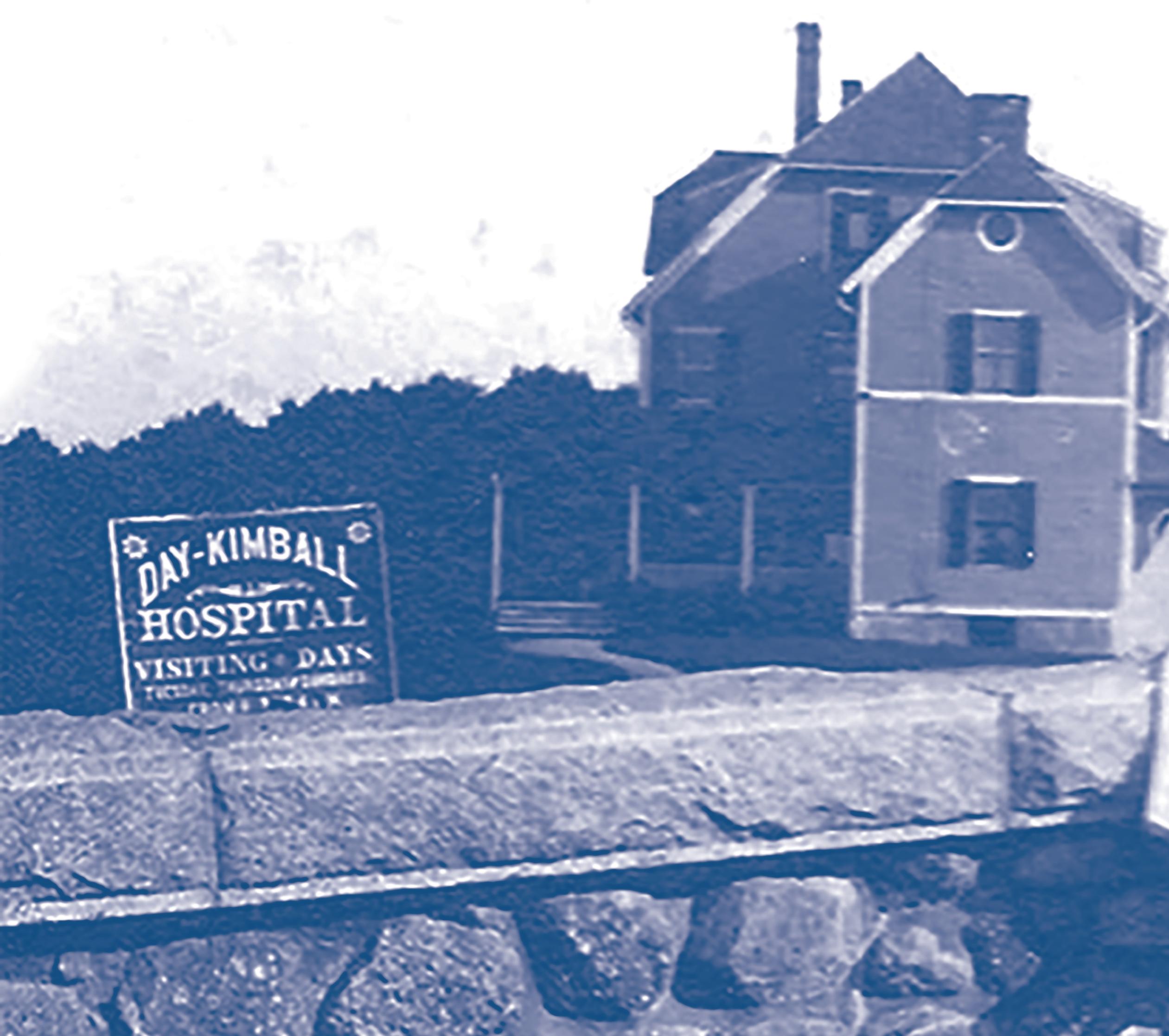
In tandem with its supply chain partners, Day Kimball is also working to identify new solutions for critical products. As Lisa explains: “A year ago, we started working with a new distributor to add visibility to all of the products throughout our supply chain. One advantage of that partnership is that it’s given us the ability to send single-use products to the
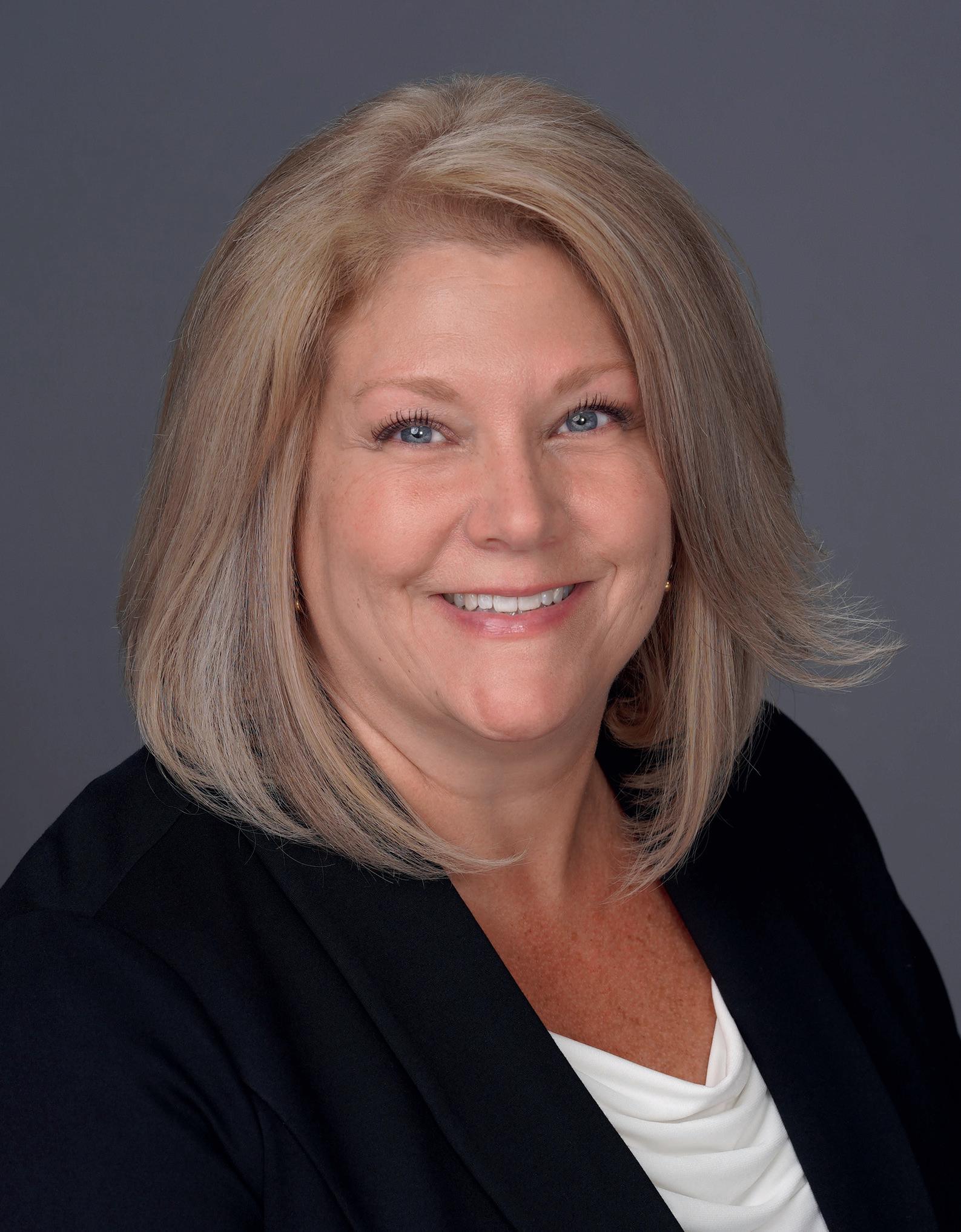
Our mission is to improve the health and well-being of our community by providing the best medical care “ “
“
96
Lisa M. Aguiar, Director of Supply Chain at Day Kimball
partner’s medical device reprocessing facility, which can then be re-purchased as part of a blended SKU, saving us money and giving us the opportunity to source more stock when needed.
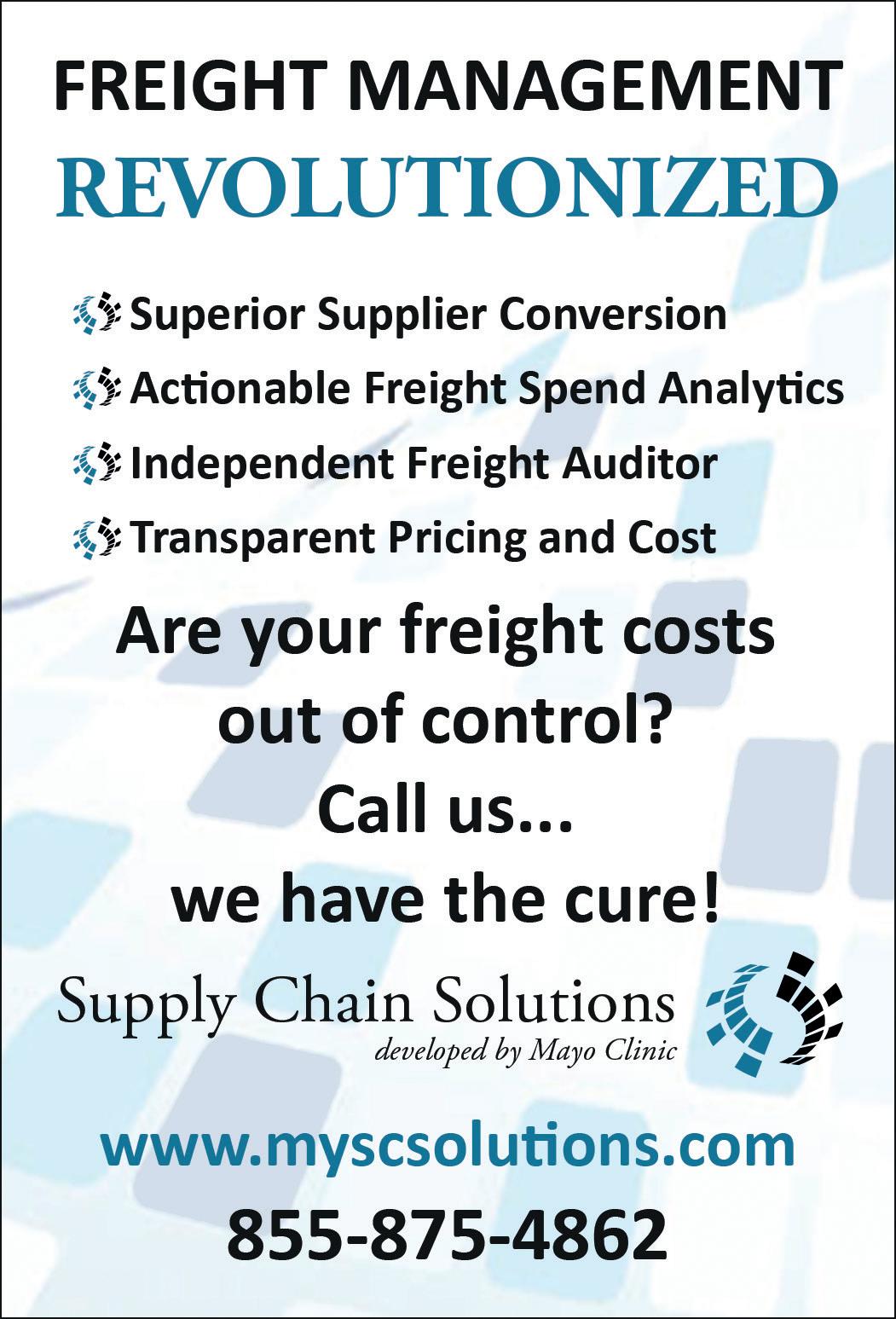
“We’re also looking at new processing initiatives for medical waste,” she continues. “Our current partner already helps to divert tons of plastic away from local landfills. We’re hoping to engage with them to expand the recyclable volume of our medical waste.”
As the year goes on, there’s a buzz around Day Kimball, as the company awaits the outcome of its application to the state of Connecticut to become a full member of a broader healthcare network, and the benefits that follow. “As far as the next few years are concerned, we’ll continue to pursue
automation,” Lisa comments. “Another shift to come out of Covid-19 was the realization that all the hospitals within the community share a single goal, and we can work together to achieve that – for instance, by adopting and leveraging the same proprietary products and technology, with a view to developing centralized purchasing processes.
“It goes without saying, but our employees have been crucial to all our work to-date,” Lisa concludes. “They continue to share our vision for the future, thinking outside the box and generating ideas to help us evolve. The last few years have really shone a light on their work and its value. Now, we can look forward to the supply chain recovery that will provide us time to learn new industry strategy that can be applied as new practice in the years ahead.” ■
www.daykimball.org

scw-mag.com 97 Day Kimball Healthcare
200 years of expertise
Driven Brands: the automotive family serving millions of Americans

Maaco, Meineke, CARSTAR, Take 5 Oil Change, Driven Brands Car Wash, and 1-800-Radiator & A/C are the six leading automotive brands which, together, form Driven Brands. Combined, the company has more than 200 years of experience serving businesses and consumers alike, and its place within the history of the American automotive sector was sealed upon its launch in 2006 – the point at which the largest family of automotive aftermarket service companies in the country came into being.
Through this amalgamation, the origins of the company stretch back to 1972. It was then that Sam Meineke and Tony Martino of Maaco founded their first stores, in San Antonio, Texas and Wilmington, Delaware respectively. Since then, each has grown from strength to strength. Meineke formed Driven Brands in 2006, and acquired Maaco just two years later. Further acquisitions followed, bringing the company to its present-day size: a phenomenal 4400plus locations across the US and Canada, and in 14 countries internationally.
98

Driven Brands scw-mag.com 99
Armed with this wealth of expertise, Driven Brands now serves millions of customers annually throughout North America. Operating from its headquarters in Charlotte, North Carolina, the company divides its business into a series of key business segments. Foremost among these is its maintenance division. Driven Brands prides itself on its expertise when it comes to the North American aftermarket for automotive care; the company’s maintenance division provides services including preventative and routine maintenance to keep vehicles safe and healthy.
NAPA AUTO PARTS
There are nearly 6,000 NAPA AUTO PARTS stores in the US, supported by a nationwide network of distribution centers, and more than 560,000 available parts, accessories, and supplies. The NAPA network extends to more than 17,000 NAPA autocare and autocare collision centers across the US. With a reputation for quality parts, rapid availability and knowledgeable people, NAPA AUTO PARTS stores serve automotive service professionals, ‘doit-yourselfers’, and everyday drivers with quality parts, accessories and supplies to keep cars, trucks and equipment performing safely and efficiently. For more information, visit www.napaonline.com.



100 Driven Brands
In this business, downtime isn’t an option. Nobody knows that better than NAPA. That’s why we’ve built America’s largest network of parts and care, here to give you the support you need to keep your business firing on all cylinders.

We are Proud Partners with Driven Brands.

© 2022 National Automotive Parts Association LLC
But this isn’t the only offering in the company’s extensive repertoire.
Driven Brands’ paint, collision, and glass division delivers comprehensive auto body work, collision repair, and cosmetic services, as part of a managed process in partnership with leading insurance carriers and industry partners. The company’s platform service division, meanwhile, distributes select automotive aftermarket parts to parts stores, repair facilities, and service stations, and provides consulting services to independently owned or nationally branded auto and collision repair shops. Finally, in the
shape of Driven Brands Car Wash, the company boasts the world’s largest local car wash conglomerate. Each year, in excess of 35 million cars pass through the Driven Brands’ network, which consists of more than 900 locations in 14 countries across Europe, the US, and Australia.
The automotive industry has seen its struggles within the last couple of years, as the impact of the pandemic, accompanied by supply chain disruption and semiconductor shortages posed significant challenges, particularly for manufacturers. For Driven Brands,

102
though, there has been some cause for celebration, following the arrival of a significant company milestone in January 2021: its initial public offering. Better yet, it proved successful, becoming the first retail IPO over $500 million to price $2 above the range in Wall Street history, and the highest file-to-offer of any consumer and retail IPO over $500 million.
Neither was this the company’s only recent success. In 2021, Driven Brands completed the acquisition of its 100th car wash – and then followed it up with another, in May 2022, with the announcement that it was set to open its 350th express car wash, in Little Rock, Arkansas. In the case of the latter, the new location represents the seventh greenfield the company has opened in 2022 alone, and its 150th in total, following its initial acquisition of the former International Car Wash Group (ICWG) just 18 months ago. Even then, the good news kept on coming; just this June, Driven Brands took the decision to expand its auto glass offering, thanks to the acquisition of familyowned Indiana-based Perfection Auto Glass, in what is a critical move to acquire further shares in an addressable North American market valued at approximately $5 billion.
the largest auto glass service providers in North America. The addition of Perfection Auto Glass will serve to
...in the shape of Driven Brands
Car Wash, the company boasts the world’s largest local car wash conglomerate
Driven Brands first entered into the glass business in 2019, acquiring Canadian company Uniban. The company now operates more than 300 glass locations, making it one of
enhance Driven Brands’ growing footprint and, importantly, introduces yet another strong business deeply embedded within its community to the Driven Brands family. Moving forward, the hope within Driven Brands is that the company will continue to roll out franchises across North America. To do so, it will rely on the ongoing success of its rewarding franchise scheme – one that promises not only outstanding earning potential, but a comprehensive training program, territory protection, and ongoing support and assistance. At the same time, the company is supported by a world class team, organized around a set of five core values: being bold, meritocracy, inclusivity, integrity, and fun – values which empower the company’s employees to overcome any challenges that present themselves. In any case, it seems there’s little arguing with the Driven Brands trajectory, which seems bent on just a single direction: upwards. In the coming years, through hard work, courage, focus, and determination, the company’s goal is to establish its position as the best automotive franchise in the world. ■
www.drivenbrands.com

scw-mag.com 103 Driven Brands
“ “ “ “
Oiling the wheels
The Lubrizol Corporation (Lubrizol) is committed to enabling a sustainable future. Its solutions are used by people every day, improving billions of lives around the world. Half of the world’s consumers use at least one product containing a Lubrizol ingredient, and half of the planet’s vehicles rely on its science. Its unrivalled capabilities help the world to “Move Cleaner, Create Smarter, and Live Better.”

Founded in 1928 and headquartered in Wickliffe, Ohio, today Lubrizol boasts 8800 employees, and has facilities and sales in more than 100 countries. ‘Leveraging unmatched science and innovation to solve complex challenges for customers’ has always been the organization’s motto, and this shared conviction is what has propelled the company forward for the past 94 years.
Lubrizol Additives partners with customers to address a wide variety of vehicle needs, including improving energy efficiency, reducing emissions, and enhancing engine reliability and durability. As Arul Mathew, Global Vice President, Supply Chain & Procurement, explains: “From passenger cars to off-highway vehicles, our products make internal
Lubrizol is on a mission to help the world “Move Cleaner, Create Smarter, and Live Better”
104
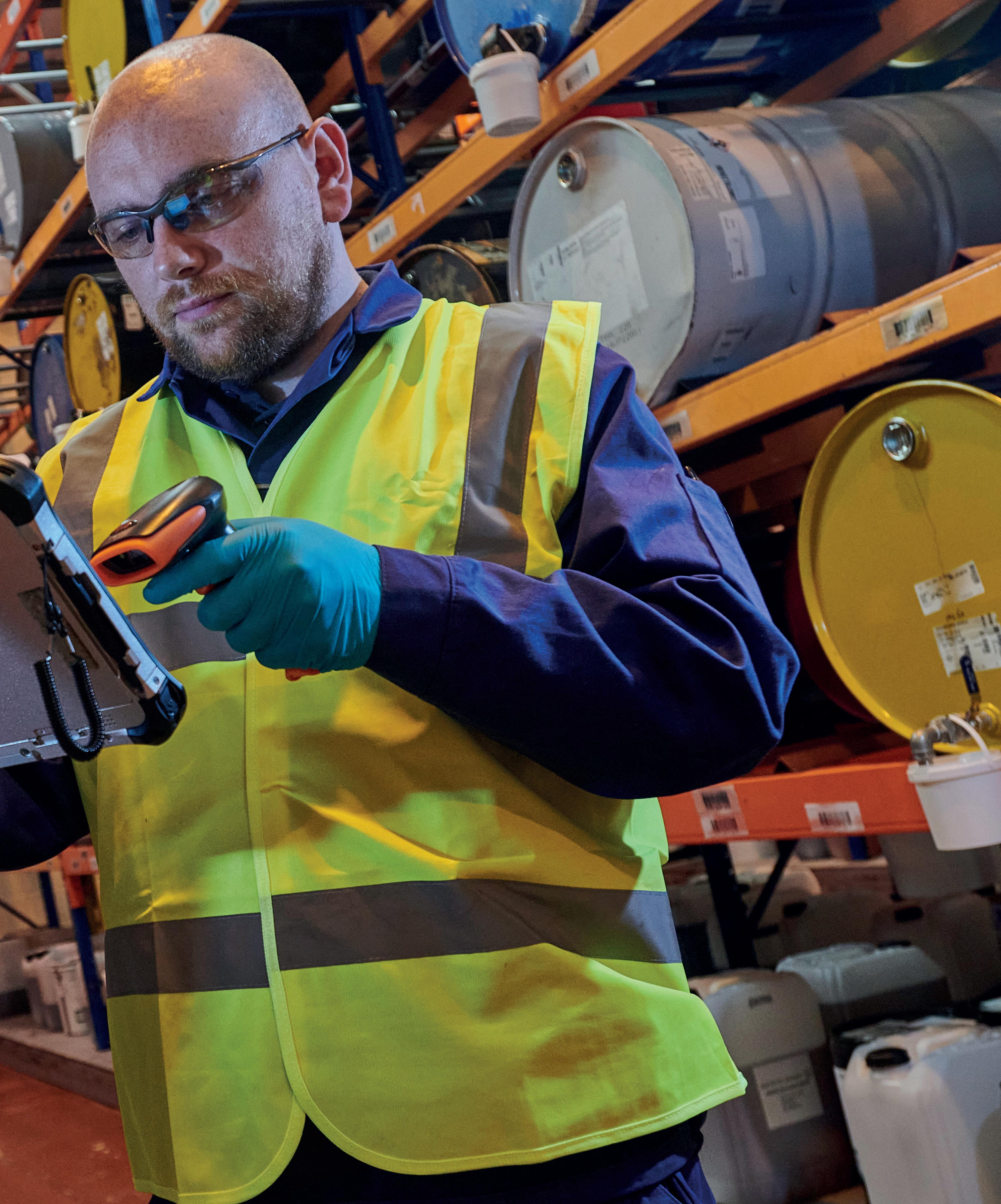
Lubrizol scw-mag.com 105
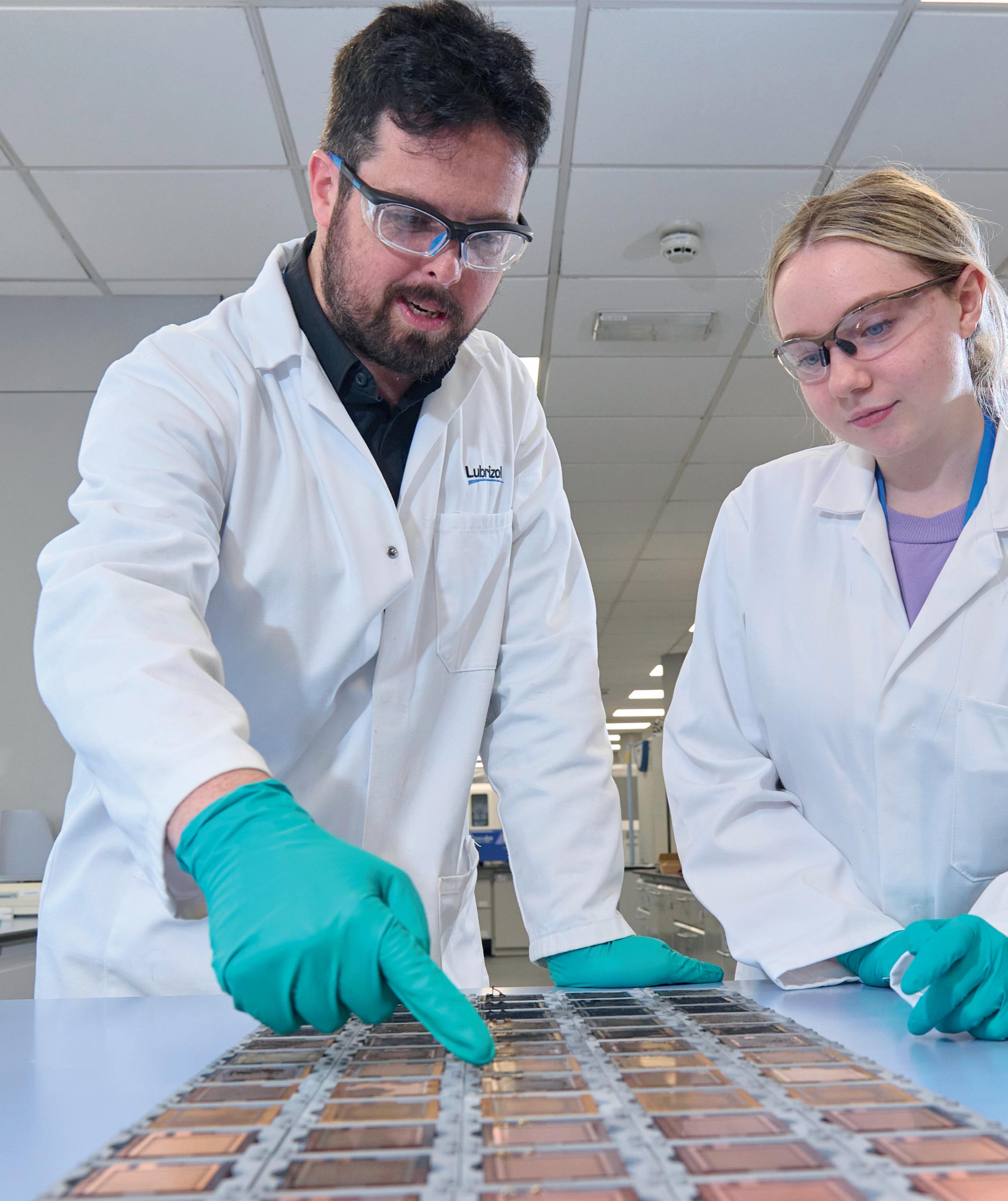
106
“ “
combustion engines work better. We also help create new formulations to serve the growing hybrid and electric vehicle market. Our diverse fluids are not just hard at work in transportation, but in industry and the home too.
“Half of the world’s consumers use at least one product made by Lubrizol Advanced Materials, Lubrizol’s other business division. From health and hygiene to beauty and high-performance active wear, our products improve the performance, compatibility, reliability, and efficacy of goods around the globe.”
Arul explains that Lubrizol is continuously looking for ways to improve its product offerings and emphasizes the importance of close alignment and teamwork. “The department is organized into procurement, operational supply chain and shared services subdivisions,” he comments. “Alignment across these groups is critical for ensuring compliance, mitigating risk, ensuring reliable supply, and managing cost-to-serve. The global supply chain and procurement team collaborates closely with sales, product management, manufacturing, research, and process technology to understand customer needs and continuously improve reliable supply. At the heart of our alignment is the

...Lubrizol is continuously looking for ways to improve its product offerings and emphasizes the importance of close alignment and teamwork
“ “
scw-mag.com 107 Lubrizol
Sales and Operations Planning (S&OP) Process. In the monthly S&OP cycle, we reconcile demand and supply to anticipate and bridge imbalances.
“I help set the vision and strategy for supply chain and procurement, which are closely aligned with our company goals and priorities,” he continues. “The supply chain and procurement leadership team is focused on ensuring that the handoffs across processes and corresponding accountabilities are as clear as possible. This allows us to understand and respond to vulnerabilities up and down the supply chain. Many of our suppliers are also our customers, and the integrated organization allows for much better partnership. More recently, we have been focused on longterm de-risking of the supply chain while navigating unprecedented crises. It has allowed us to examine our end-to-end processes and tighten up accountabilities, hand-offs, and ownership.”

From demand unpredictability to longer lead times and unavailability of raw materials, like most organizations, the past two years have thrown up many challenges for Lubrizol. Difficult times, however, can often provide important lessons. As Arul elaborates: “Developing long-term partnerships within the ecosystem is critical, not only during tricky times. Business continuity planning will pay dividends in the long run. It is important to constantly refresh options for supply chain contingency.”
Arul emphasizes the need to develop digital tools to perform what-if scenario analysis. Speed and agility are big success factors in the dynamic demand-supply environment. By equipping teams with analytical capabilities, it’s possible to quickly translate the impact of a potential disruption and explore solutions. Arul explains that communication is crucial. “Vendor and customer communication
108
Bertschi

Bertschi offers end-to-end global ISO tank solutions for your bulk liquid transportation needs.
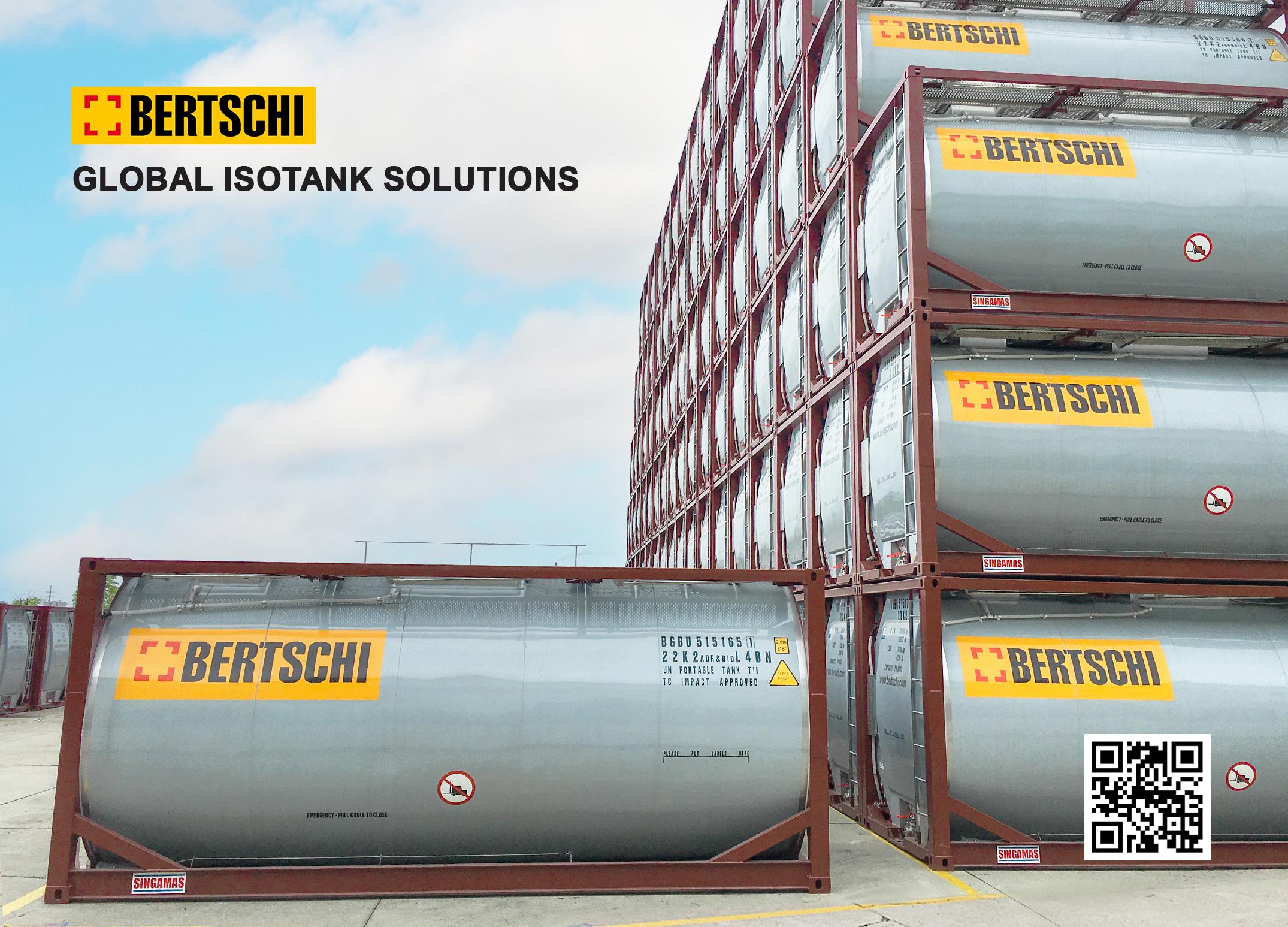
With a robust network of local terminals, subsidiaries, and agents, Bertschi operates on every continent, providing a fullservice offering to its customers. Bertschi specializes in door-todoor transport via rail, road, and water, as well as comprehensive project solutions for the most complex supply chains around the globe. Utilizing multiple modes of transport, Bertschi continually evaluates the best cargo routing options according to current economical and ecological criteria, thus guaranteeing topquality service to its customers.
A family-owned company founded in 1956, Bertschi now operates 40,000 ISO tanks and dry-bulk containers. Designed at its global headquarters in Switzerland, the Bertschi global ISO tank fleet leads the industry in safety and versatility, and offers full walkway, collapsible handrail, extended heating coils, and multiple enhanced tank provisions. Its dry-bulk team provides comprehensive transport, packaging, and warehousing services throughout Europe in its company-owned, fullservice terminals and storage hubs.
With over 3,200 employees in 38 countries worldwide, Bertschi provides the most comprehensive and best-inclass logistics solutions to customers. For more information, please visit www.bertschi.com or contact us at info@bertschi.com.
scw-mag.com 109 Lubrizol
is so important. Your vendors need to hear your voice, particularly in a challenging environment. Communicating with customers quickly is also critical. Arming your customers with relevant information enables them to react and adapt.”
Lubrizol has always invested in technology but has increased its investments over the past few years. “Currently, our focus is to improve the user adoption of standard processes within the systems we have implemented,” Arul states. “As new
employees come in, we are also focused on training them on best practices and tools. We have been adding some capabilities in the area of process data mining. This helps us to understand process adoption and to diagnose deviations from the happy path.
“We are also prioritizing digitalization efforts within supply chain and procurement. We see great opportunities across the spectrum, but especially in areas such as master data, to further improve accuracy and efficiency. Another area of investment and focus is market insights, especially understanding our raw materials and the key factors that impact them. We are constantly upgrading our market insight capabilities and sources.
“We have invested in a modern eCommerce platform that is integrated with our ERP system; this allows customers from anywhere in the world to place orders with us, any day of the week,” Arul notes. “Another focus area is electronic connectivity, specifically with our partners in the logistics arena. Our modern transportation management solution connects with our logistics partners for improved visibility, efficiency, and the timely update of key transportation information. Shipment visibility is critical. It plays a big part in our perceived reliability and the overall customer experience. We are investing in a best-in-class, real-time transportation visibility tool to track our shipments globally. This is very exciting for us.”
This investment extends to production facilities and associated technologies. “We are modernizing our warehouses, including leveraging automation where it makes sense,”
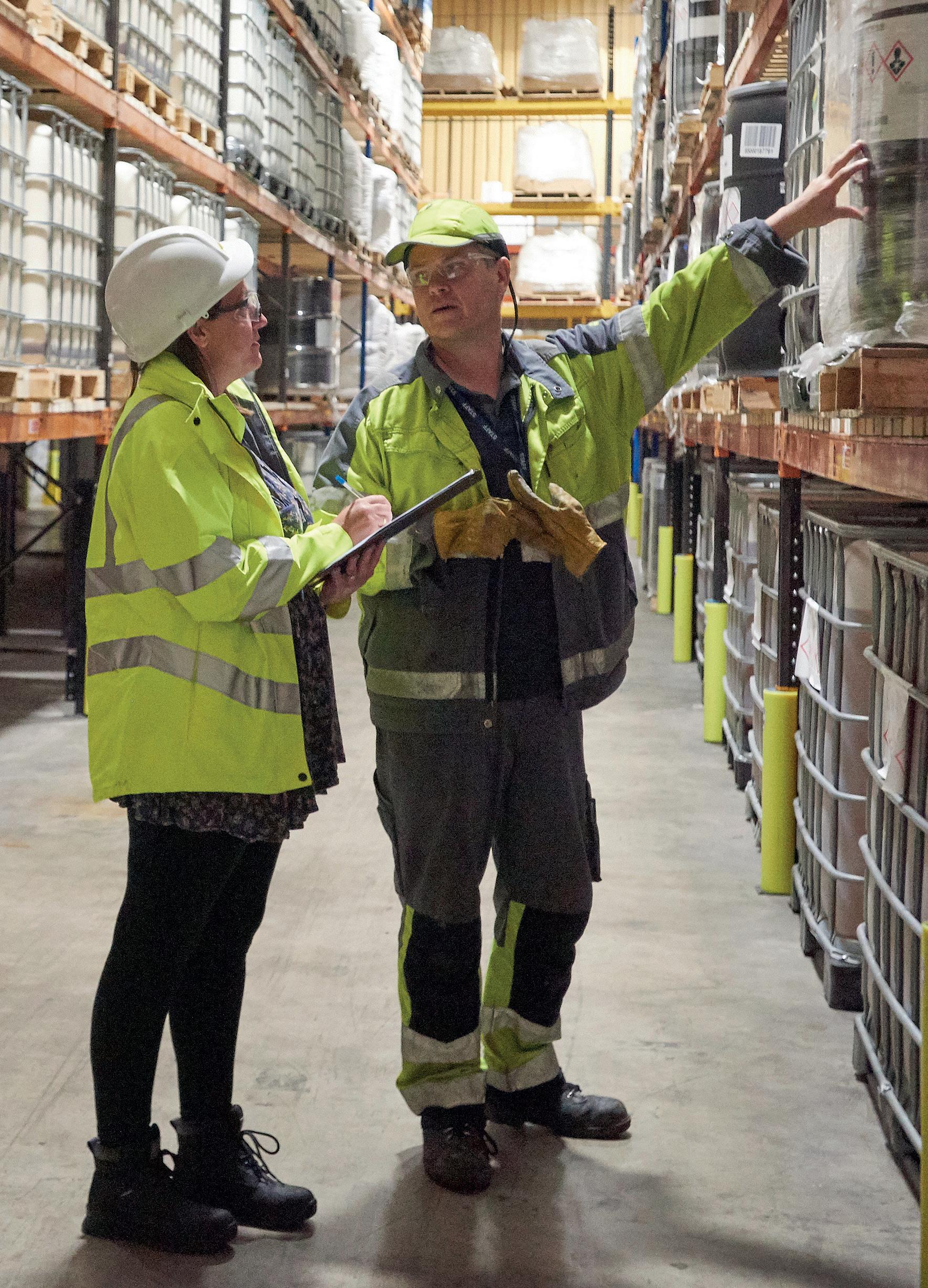
110
HOYER
A successful partnership
HOYER is celebrating over 30 years of partnership with Lubrizol as a supplier of ISO tanks to ship their products around the world. The HOYER Group are specialists in handling and transporting liquid chemicals, foodstuffs, and gases in bulk around the world. With around 6,400 staff located across five continents, we support customers by improving their supply chain. We are a family-owned company established in 1946, and all our decisions are guided by environmental, social, and economic principles. We promise excellence in everything we do - safe and reliable.
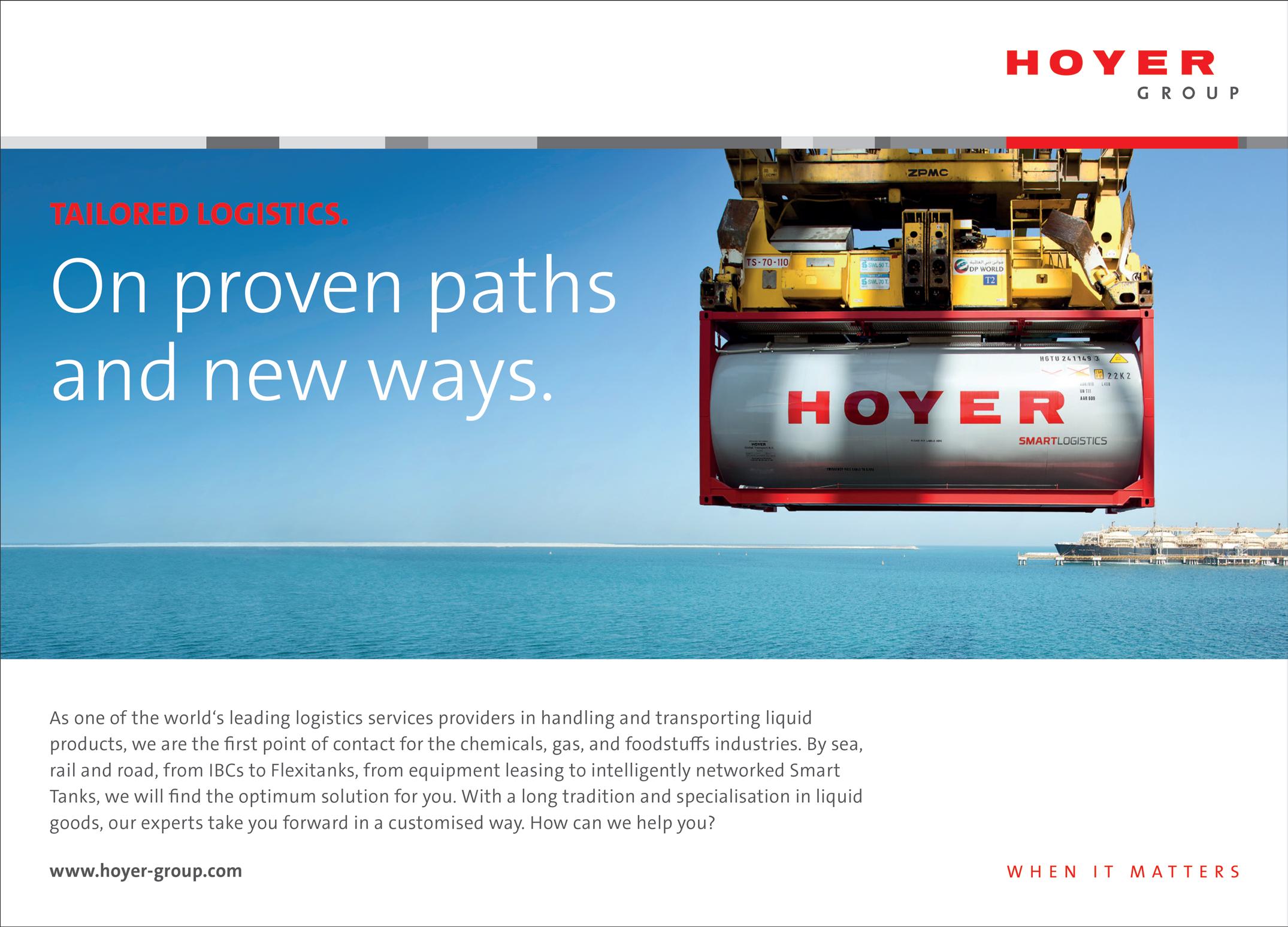
HOYER have a fleet of 37,600 tank containers, 50,100 stainless steel IBCs/totes, as well as flexitanks, manufactured in our own facility in Asia. Our added-value services along the supply chain range from filling, drumming, warehousing and management, as well as fleet management for transport logistics. With our global network of depots, workshops and cleaning stations, we maintain, repair and clean tanks, as well as provide heating and storage capabilities. This is how we create added value for our customers, while managing costs and building efficiencies into any supply chain.
We look forward to the next 30 years partnership with Lubrizol.
scw-mag.com 111 Lubrizol
Talon Logistics
Talon Logistics (Talon) has been supporting Lubrizol as a strategic transportation partner for over ten years, by utilizing a blended approach with its 3PL services and asset-based solutions to fully service Lubrizol’s transportation needs. Talon positions assets to assist Lubrizol with a variety of services including plant to warehouse shuttles, as well as intermodal drayage for imports and exports. It leverages both the 3PL and assets arms of our business to provide plant to plant delivery, and solutions for delivery to Lubrizol’s customers, which provide reliability and competitive pricing.
Talon strives to offer transportation solutions at every level for Lubrizol. It has become the house carrier at a high-volume warehouse to provide a single source truckload transportation solution for Lubrizol. This move allowed it to eliminate a pain point for the warehouse as well as the transportation team at Lubrizol. Therefore, ensuring freight was moving without fail during difficult times in the industry and continues today. Talon and Lubrizol are constantly working together, striving to provide flexible and tailored solutions that effectively meet the ever-changing landscape in the transportation industry.
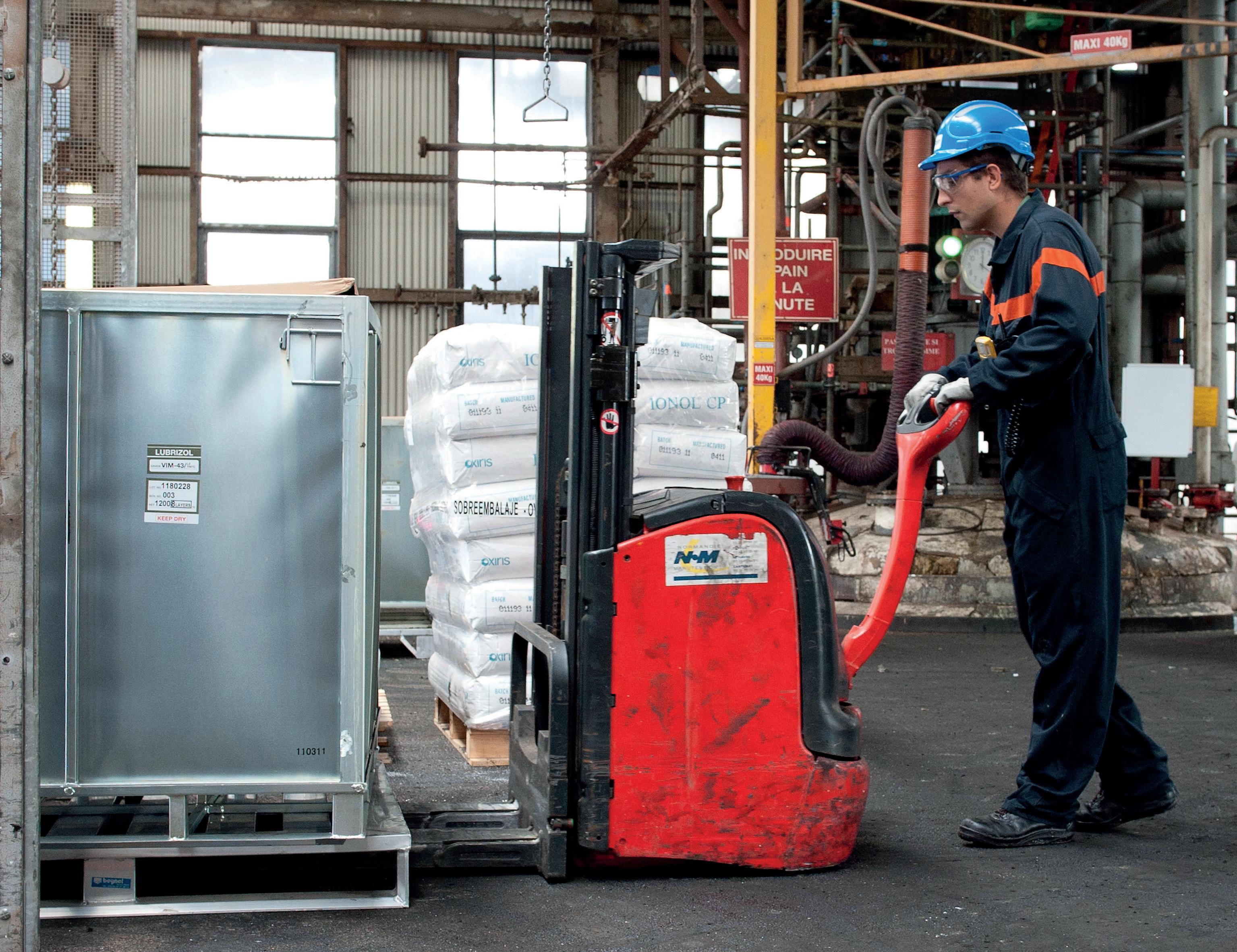
112
“ “
goal
“ “
Arul confirms. “We are also employing Robotic Process Automation (RPA) to enable our teams to focus on highervalue activities. Cloud analytics and Power BI also improve information visibility. The supply chain and procurement team partner with our manufacturing team to optimize production through effective scheduling and avoiding waste.
“We are constantly developing new solutions for the world’s toughest challenges,” he adds. “Our innovation process involves end-to-end
teamwork and careful iterations. We want to build solutions that help our customers to create smarter, and our consumers to live better.
“Our goal is to improve the circularity impact of our products by 25 percent by 2028. Our commitment to life cycle thinking helps customers achieve their sustainability goals in four critical areas: responsible design, elimination of waste, responsible production and enabling greater use of products. A good example of this is with one of our polymer solutions that reduces energy and water usage in the production of laundry detergent powder. This has saved some customers more than one million gallons of water and $1 million in energy annually at a single plant.

Our
is to improve the circularity impact of our products by 25 percent by 2028
scw-mag.com 113 Lubrizol
Given the footprint of its operations, Lubrizol considers the entire lifecycle of its products in its commitment to sustainability. The organization’s goal is to ensure its solutions bring more positive impacts to the environment and society than the footprint it takes to produce them.
Indeed, Lubrizol is “all about people.” “We are committed to building on the strength of our culture to ensure a truly inclusive environment where talented people can be their absolute best – where different experiences, perspectives and ideas are not only welcomed, but celebrated,” Arul insists. “Doing business in a responsible, ethical manner is at the core of Lubrizol’s culture. We are committed to a strong, corporate governance and ethical conduct that goes beyond compliance, holding ourselves accountable to higher standards as an industry leader.”
Lubrizol’s approach to social responsibility is based on commitments to protect and engage employees and support the communities in which it operates. The organization leverages its people’s strengths and expertise to enhance health and hygiene, reduce emissions, extend equipment life, decrease waste, and improve billions of lives.
As we look at 2022 and beyond, Arul explains that the organization is focused on “building muscles” for the future. From strengthening partnerships within the ecosystem to developing continuity planning,
Lubrizol is working to withstand future supply chain disruptions, and increasing efforts to identify opportunities for environmental impact and improvement, as sustainability becomes inextricably linked with the supply chain and procurement.

“We have committed to Specific, Measurable, Assignable, Relevant and Time-bound (SMART) Environmental Footprint Goals,” Arul reveals. “In our Additives segment, we are focused on growth in both the industrial and transportation markets, where we are innovating to improve and extend product life, reduce emissions, and reduce environmental impact. Our Advanced Materials segment will continue to address real, high impact needs of billions of consumers.
“We are going into 2023 as a stronger company,” he concludes. “Our potential to create a cleaner, smarter, better world for all has never been greater. We want our customers and partners to value Lubrizol as the most collaborative and reliable in the industry. We want our employees to find it the most fulfilling workplace. We will attract and develop top talent, improve every day, and build a sustainable future for the company. As we approach Lubrizol’s 100-year anniversary, we are renewing our commitment to our customers, our employees, our communities, and our stakeholders. Our best is yet to come.” ■ www.lubrizol.com
114

Lubrizol scw-mag.com 115
Healthcare behind the scenes
Northwell Health: the $5 billion supply chain supporting New York’s largest healthcare provider

116
Northwell Health (Northwell) is more than just a healthcare system. As the largest private employer in New York, the company employs more than 12,000 credentialed physicians, including approximately 4900 doctors and 18,900 nurses. With a combined footprint of 21 hospitals and more than 850 outpatient facilities, Northwell provides care to two
million patients annually – including approximately 19,000 new cancer patients – more than any other healthcare provider in the state and delivers more than 30,500 babies annually, accounting for 15 percent of all the births in New York. Northwell also boasts one of the largest medical residency programs in the US and operates the largest hospital-based laboratory in North America.

Northwell Health scw-mag.com 117
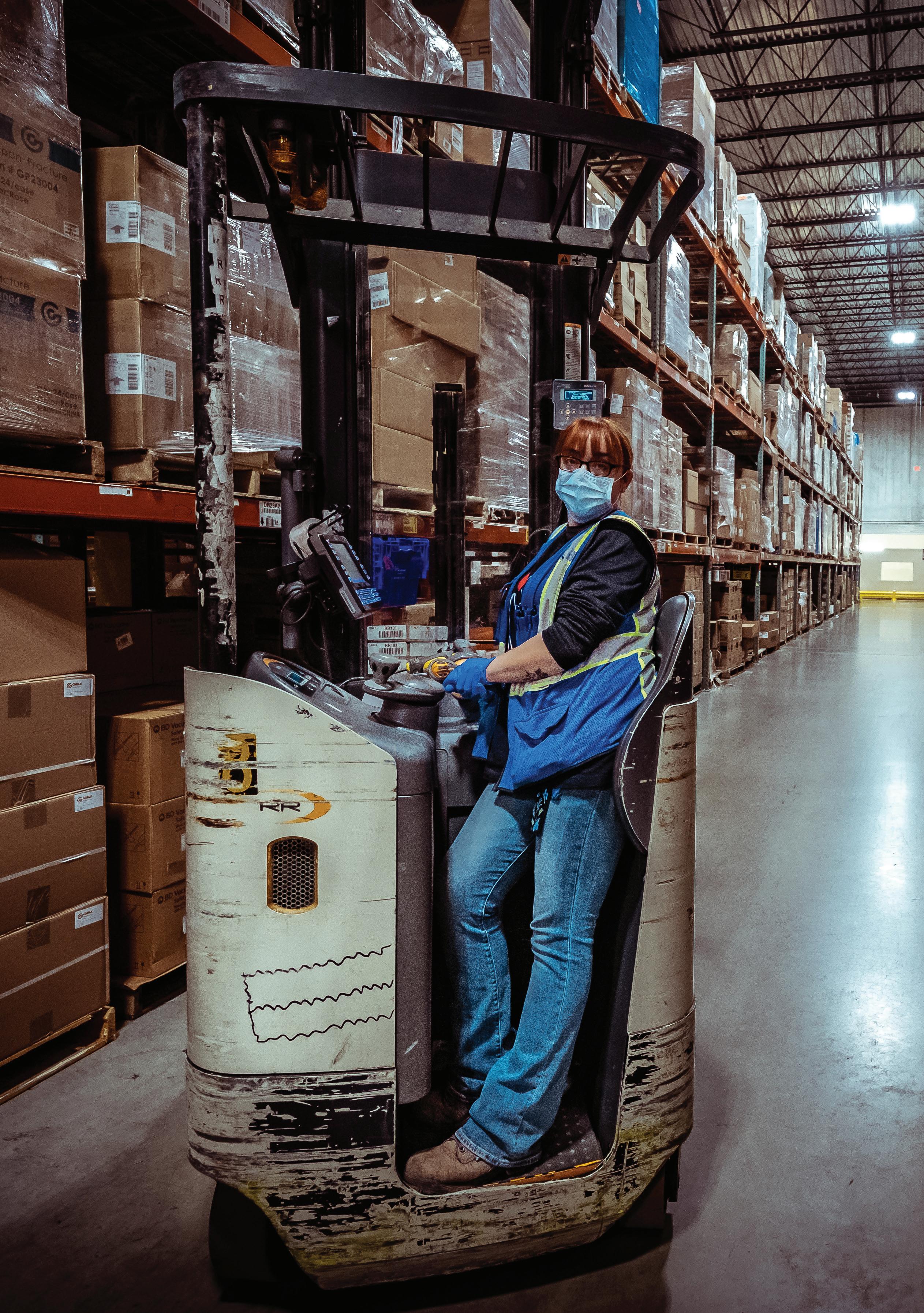
118
“ “
Supporting all the above is a $5 billion supply chain managed by the Supply Chain department at Northwell. The department is headed up by Phyllis McCready, Senior Vice President and Chief Procurement Officer for the entire Northwell system, and Executive Director and Chief Operating Officer of Northwell Health Alliance Inc., Northwell’s in-house group purchasing organization. The Supply Chain team operates its 85,000-squarefoot distribution center, delivering approximately 3000 SKUs 24/7 to Northwell’s facilities throughout New York, Long Island, and Westchester. It delivered over $200 million of goods in 2021 alone and turned its inventory approximately 14 times within a calendar year.
From the perspective of spend management, Northwell operates a centralized supply chain encompassing everything within the clinical and non-clinical space, including all pharmacy, research, IT,
engineering, facilities, and more, spanning from supplies to service contracts and capital equipment. Category management, which includes value analysis and integration into the clinical space, is essential to the work of Northwell Alliance’s procurement team. “Having the centralized structure that we do, along with the team’s deep industry knowledge, is a key success factor in our GPO’s ability to provide value to Northwell,” explains Phyllis McCready. Supplier management, procurement to pay operations, and master data management all fall within the scope of the Supply Chain department, as does the digital solutions group responsible for all technologies, data, and analytics. “Keeping the technology group embedded in the operations, along with the autonomy to create processes and solutions, has been instrumental in successfully advancing our mission,” explains Vikas Balani, Vice President, Supply Chain at Northwell, when speaking to Supply Chain World
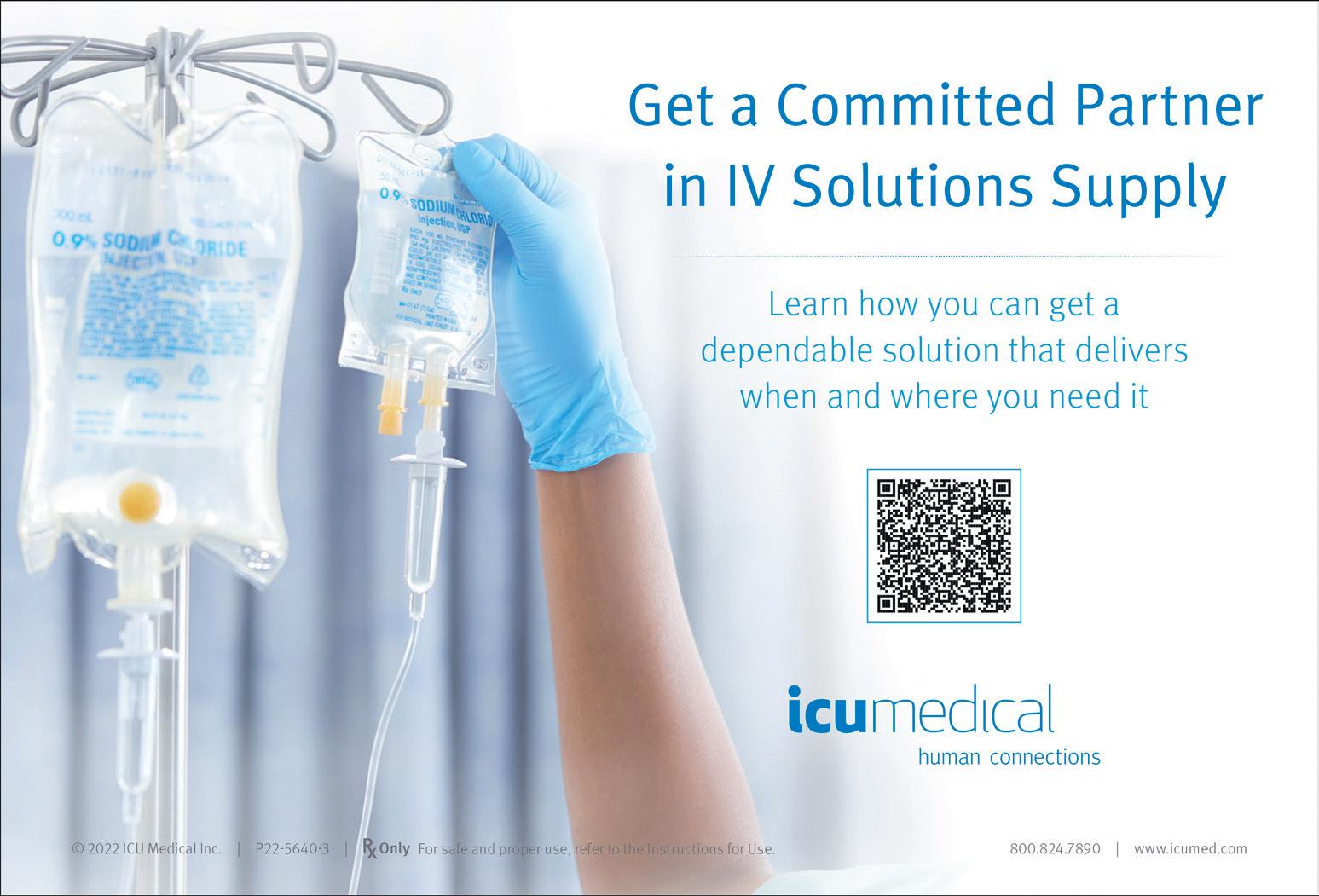
“ “
In this new global climate, a fundamental shift in how risk is identified and monitored is required
Northwell Health scw-mag.com 119
Operating its distribution center proved a good fortune for Northwell in recent years when the Covid-19 pandemic uprooted healthcare and associated supply chains. Reflecting on the period when a disruption became next-to-unavoidable, Phyllis McCready notes that the company began activating its disaster management plans as early as January 2020.

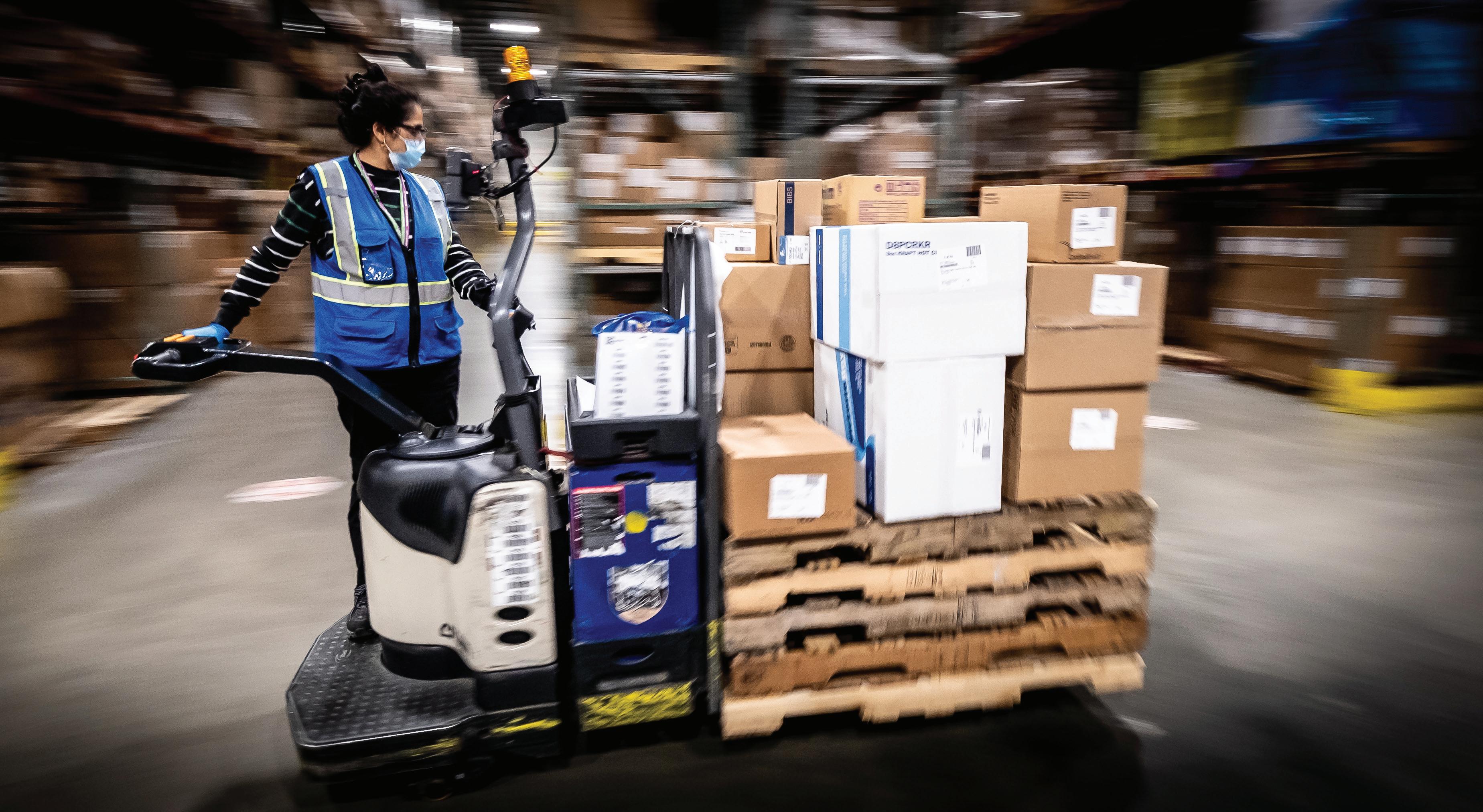
“After a few early disruptions of custom packs arriving from China, we developed an initial understanding of what was happening,” Phyllis comments. “Therefore, we decided back in January to bring in additional PPE (Personal Protective Equipment) products. Despite that foresight, we did not envision the full spectrum and volume of supplies that would be needed.
“It was a period when suppliers experienced disruptions in their supply chains. Northwell emphasized getting a deeper understanding of exactly where
120
our products came from. Now, we are working with our suppliers to build a broader understanding of how much inventory they need to stock and what percentage they hold within the US. As a result of the ongoing supply chain shortages, the team has bolstered its cross-reference data collection process for approved item substitutes. It has continued to standardize items system-wide where possible. We always question what other knowledge we need and how we can improve things.”
On the subject of ‘doing things better,’ Northwell is on the precipice of launching and implementing its new Supplier Risk Management Platform. A partnership between Northwell and an external technology provider, they believe it is unlike anything currently in use across the industry.
HALO
The power to break through HALO is the global leader in recognition and incentive programs, branded merchandise, and workwear solutions. We help our partners connect their employees and customers to their brand and enhance engagement, satisfaction and retention. Our innovative mobile platforms enable organizations to drive engagement to the next level.
HALO offers the most comprehensive range of capabilities in the industry from technology solutions and creative services to global sourcing and logistics. Our wide range of solutions include onboarding gifts, welcome kits, service anniversary and retirement award programs, multi-initiative point-based programs, branded merchandise, company stores, custom kitting, holiday gifts and more to our partners across all industries.
For a complimentary consultation, please contact: Jessica Margrill, Director of Business Development jessica.margrill@halo.com - 347-580-2530
HALO is the proud recognition partner of Northwell Health.

Northwell Health scw-mag.com 121
Using information strategically
“In this new global climate, a fundamental shift in how risk is identified and monitored is required to maintain a competitive advantage in an increasingly competitive marketplace,” Phyllis notes. “Our supplier management program seeks to implement advanced technology to detect supply chain disruptions promptly while maintaining flexibility to balance the appropriate risk with essential business needs. By doing so, we will be able to dynamically segment our vendor population into risk tiers, leveraging NLP and AI-assisted deep web searching to gain greater insight into our supply chain and ongoing monitoring of critical suppliers.”
For Phyllis, much of Northwell’s success in the supply chain is attributable to this mindset of continuous innovation. “A significant portion of our systems are homegrown, such as our Mobile Inventory scanning with real-time transmission of demand to our distribution center,” Vikas Balani points out. “Over the years, we have also developed solutions to augment our workforce using digital automation and AI (Artificial Intelligence) to shift focus to what matters. For example, within our customer service team, we digitally sift through email inquiries to sort, prioritize, and take automatic action where possible and monitor item consumption patterns, detect anomalies, and alert.”
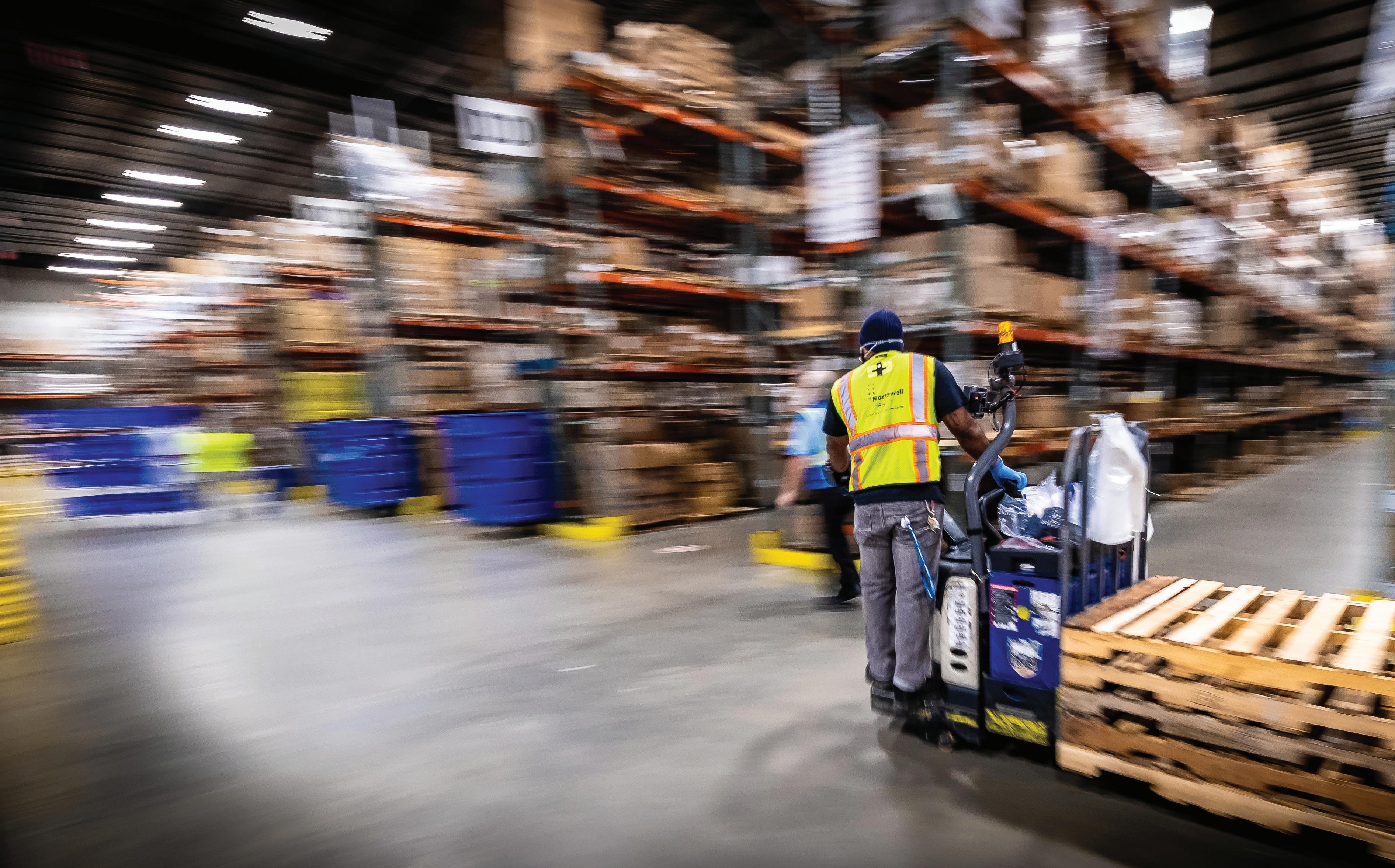
122
Product shortages within healthcare remain a regular occurrence, albeit more than two years since the onset of Covid-19. Accordingly, Northwell is on a journey to digitally transform its supply chain, designed to facilitate dynamic growth while maintaining resilience.

“We aim to achieve the level of capability required to run a vast supply chain with limited resources,” Vikas says. “Our digital strategy is centered around three core themes: visibility, sensing, and engagement. Visibility refers to our ability to access real-time information across our entire supply chain. We often say that the supply chain is as much a business of information management as the procurement and distribution of goods and services. And whoever knows the most has the operational advantage. At Northwell, we are sitting on a tremendous
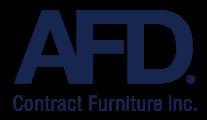
amount of data, a sizable portion of that within purchased services contracts, which reside in an electronic filing cabinet. We plan to extract actionable intelligence from these documents to digitally direct our supply chain and take proactive measures more aggressively.”
On the topic, Phyllis concurs, “Information is key.” “How many cases are being conducted robotically? How many are being conducted laparoscopically? How many hernia operations are you performing? What is the overall cost? Answer these questions, and we can plan more strategically to lower both our cost to serve and the cost of goods.”
Sensing, Northwell’s second core theme, encompasses the company’s vision to predict and forecast demand better than previously. “We need the capability to sense problems before they materialize to avoid product shortages,” Vikas comments. “That includes tracking several variables in our supply chain
Designing for Wellbeing
OUR SERVICES INCLUDE Clinicians Workspace Exam Rooms Patient Rooms

Oncology Treatment Spaced Waiting Rooms
Behavioral Health
www.afd inc.com I 212.721.7100
We believe that healthcare is a shared experience that transformative solutions consider the wellbeing of patients, care teams and communities.
Northwell Health scw-mag.com 123
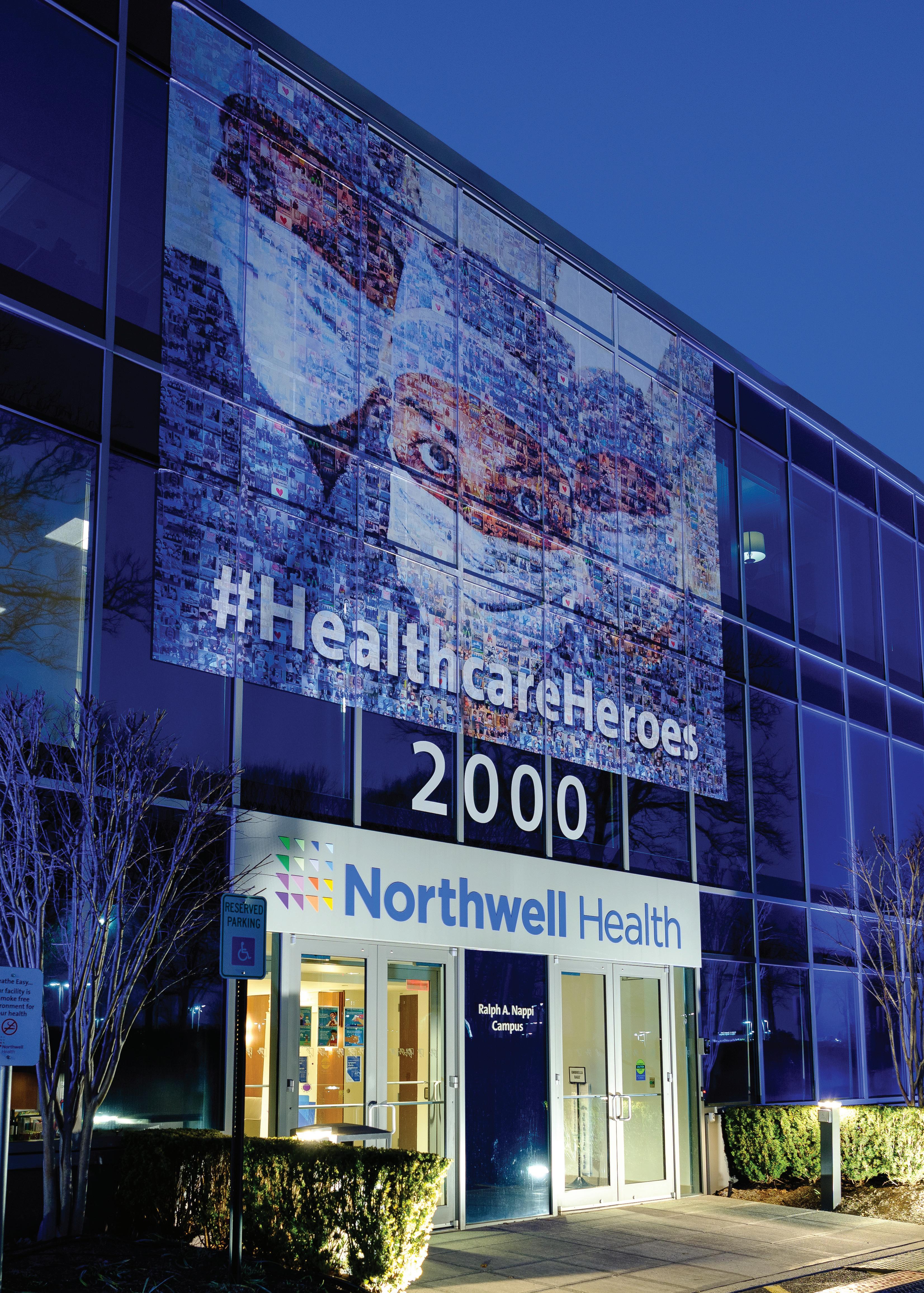
124
in real-time and developing predictive models based on combining signals generated by our own and external data. These signals will include monitoring vendor behaviors, variability in lead times, and fill rates, to name a few.”
“Finally, engagement is about using data to guide our users into the optimized processes and the preferred choices via a unified user experience layer,” Vikas adds. “Our goal is to create an interventional supply chain, drawing on the intelligence from our data to correct processes in real-time – rather than reacting to issues much later in the process, which causes inefficiencies in procurement processes and sets us up to be reactive all the time. The overall transformation is expected to take three to five years, but we hope to introduce the first set of capabilities within 18 to 24 months.”
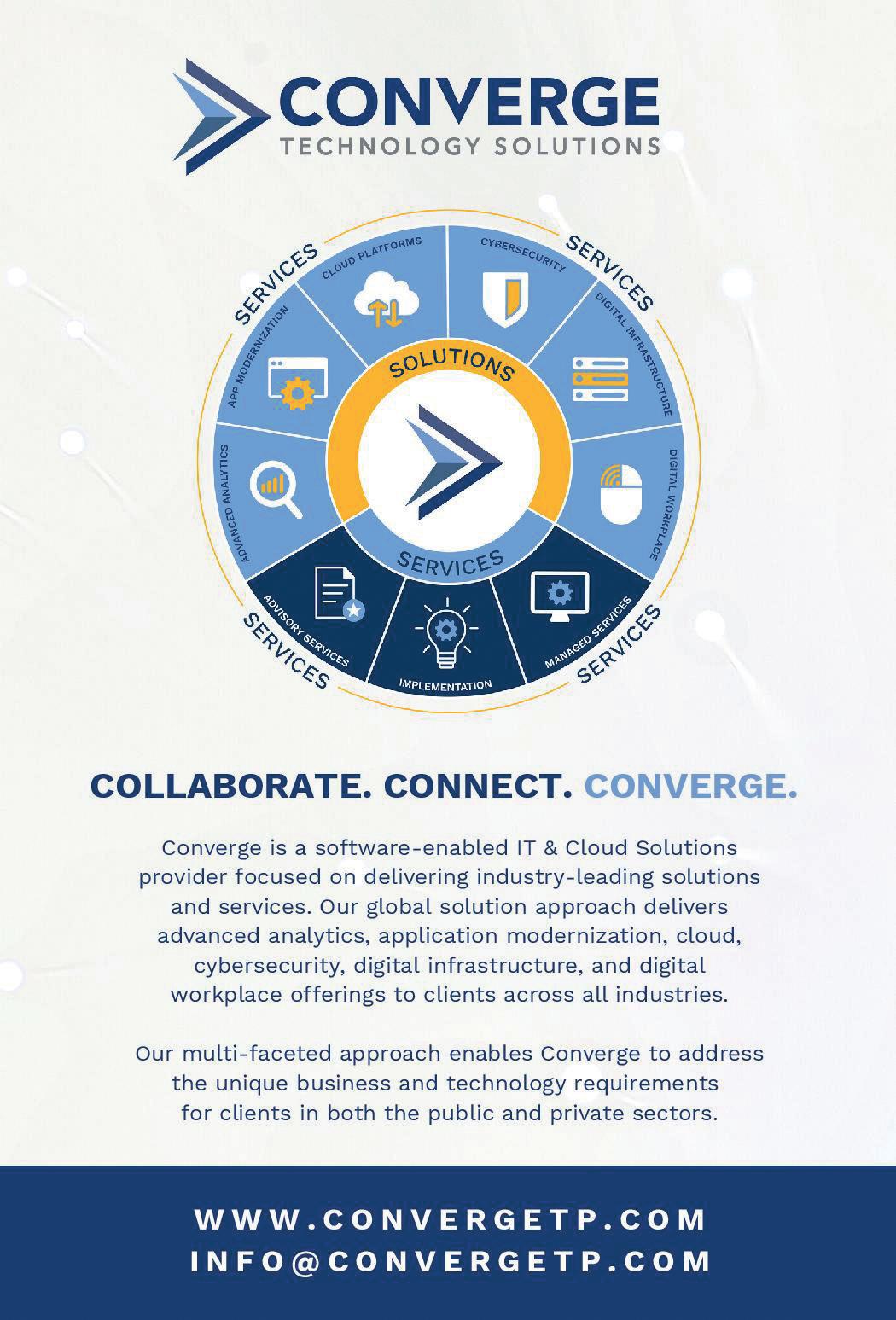
Northwell is also enhancing how the indirect spend portion of the supply

Northwell Health scw-mag.com 125
“ “
Our category experts are the critical bridge between

service lines and suppliers
“ “
chain is managed. “Non-clinical category management teams are creatively structuring contracts to generate meaningful transactional data, allowing for stronger vendor negotiations and tighter enforcement of contract terms,” states Greg Lowe, Assistant Vice President, Supply Chain. “Additionally, the Supply Chain team is working closely with the Health System’s corporate Facilities Services department and site Engineering departments to build a unified enterprise facilities asset management system. Enterprise asset management will further the Health System’s process by which strategic capital allocation and deployment decisions are made and provide a clearer lens into the total cost of ownership, including capital acquisition cost, useful life and depreciation cost, energy consumption, and maintenance.”
Phyllis is keen to recognize the hard work and dedication of the employees working within Northwell’s supply chain. “Throughout Covid-19, we had to demonstrate creativity and resourcefulness to be able to resolve issues,” she comments. “Despite not being on the frontlines, our department remained equally focused on ensuring the clinical staff was well supplied and protected from the challenges of the pandemic.
“Individuals within the supply chain department are members on different committees across the network, managing their designated service lines,” she concludes. “Our category experts are the critical bridge between Northwell’s service lines and suppliers. Maintaining strong relationships internally and externally has been the most significant factor in enabling a well-orchestrated supply chain and allowing our GPO (Group Purchasing Organization) to impact Northwell’s bottom line year-over-year positively. Overall, we could not


Northwell’s
presidio.com
www.northwell.edu 126 Northwell Health
Presidio is a Global Digital Services And Solutions Provider accelerating business transformation by modernizing and securing our clients information technology.


“Experience, planning, and expertise… world-class security, with a personal touch.”™ • Visitor management program • Weapons detection systems • CCTV cameras • Audio and video intercom • Card access • Turnstiles Preferred partner of Northwell Health for over 15 years, handling all of their physical security 1-800-981-Safe - www. .intelli-tec.net
Uncovering profits hidden in your supply chain
Power & Tel prides itself on end-to-end solutions for the communications industry

128
In 1963, Miller Pentecost established Power & Telephone Supply Company (Power & Tel) as a reliable source for tools and other products contractors needed to save both time and money in completing their projects on time. To do this, he developed relationships with manufacturers that saw the benefit of having a sales partner that could help them eliminate or reduce their storage costs and align their product roadmaps to the customer projects and outlook and demand forecasts.

Power & Tel scw-mag.com 129
Today, a little more than 60 years after its founding, the company retains this basic mission, though the industry it serves and the ways in which it assists manufacturers and end-customers have significantly changed. “We remain a familyowned company, and our reliability and respect in the industry remain constant, even as we provide products, services, and solutions that support our partners’ success,” says Jennifer Pentecost Sims, Miller Pentecost’s granddaughter and the company’s CEO. “Today we do more than distribution – we can serve as an extension of a company’s end-to-end supply chain as well as fulfill a specific product or service need.”

Vertiv
Today’s networks have become more distributed and complex, making availability and connectivity more symbiotic. You can’t have one without the other. Vertiv (NYSE: VRT), the world’s leading critical digital infrastructure provider, connects and protects your network with core-to-edge solutions and expertise that is unmatched anywhere in the world. Our extensive range of holistic DC power systems, including the NetSure DC power technology platform, delivers the most innovative and dependable network power applications, with an unparalleled breadth of intelligently engineered DC power, distribution, control, and monitoring systems.
130 Power & Tel
C M Y CM MY CY CMY K

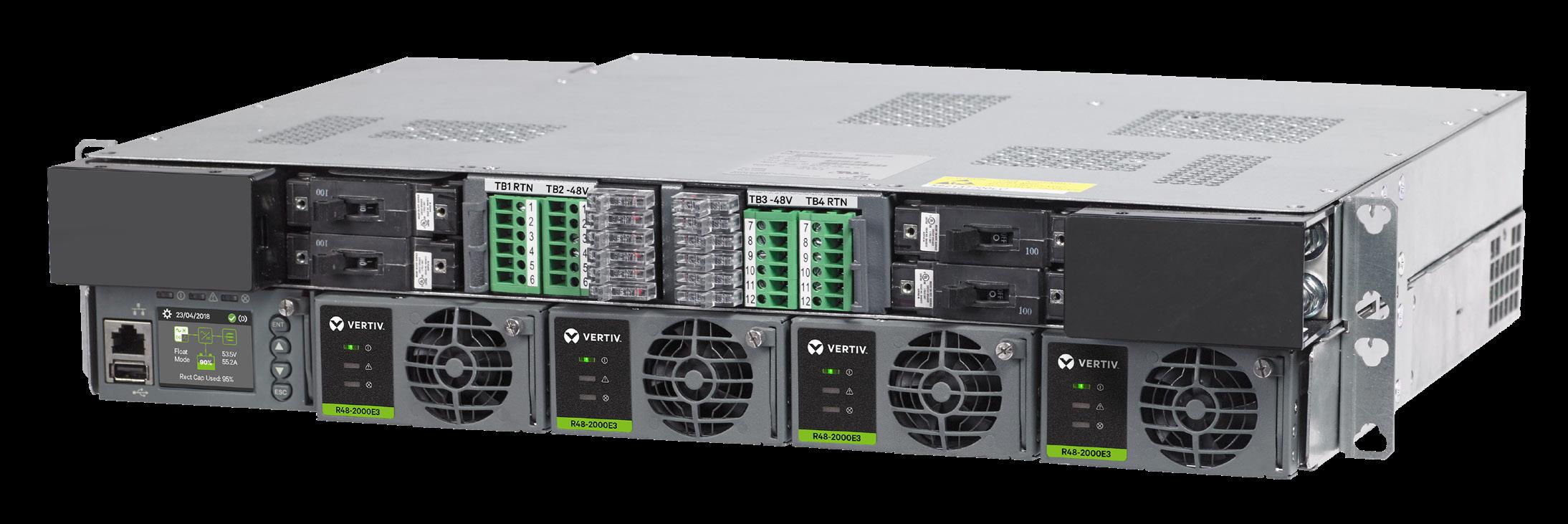
Your mission is critical. That’s all we think about. Vertiv™ NetSure™ 5100 Series Optimized management, security, and control Discretely power critical infrastructure at the edge of your network with Vertiv™ NetSure™ 5100 DC power system. Scale for 5G With Confidence with NetSure Solutions. © 2022 Vertiv Group Corp. All rights reserved. Vertiv™ and the Vertiv logo are trademarks or registered trademarks of Vertiv Group Corp.
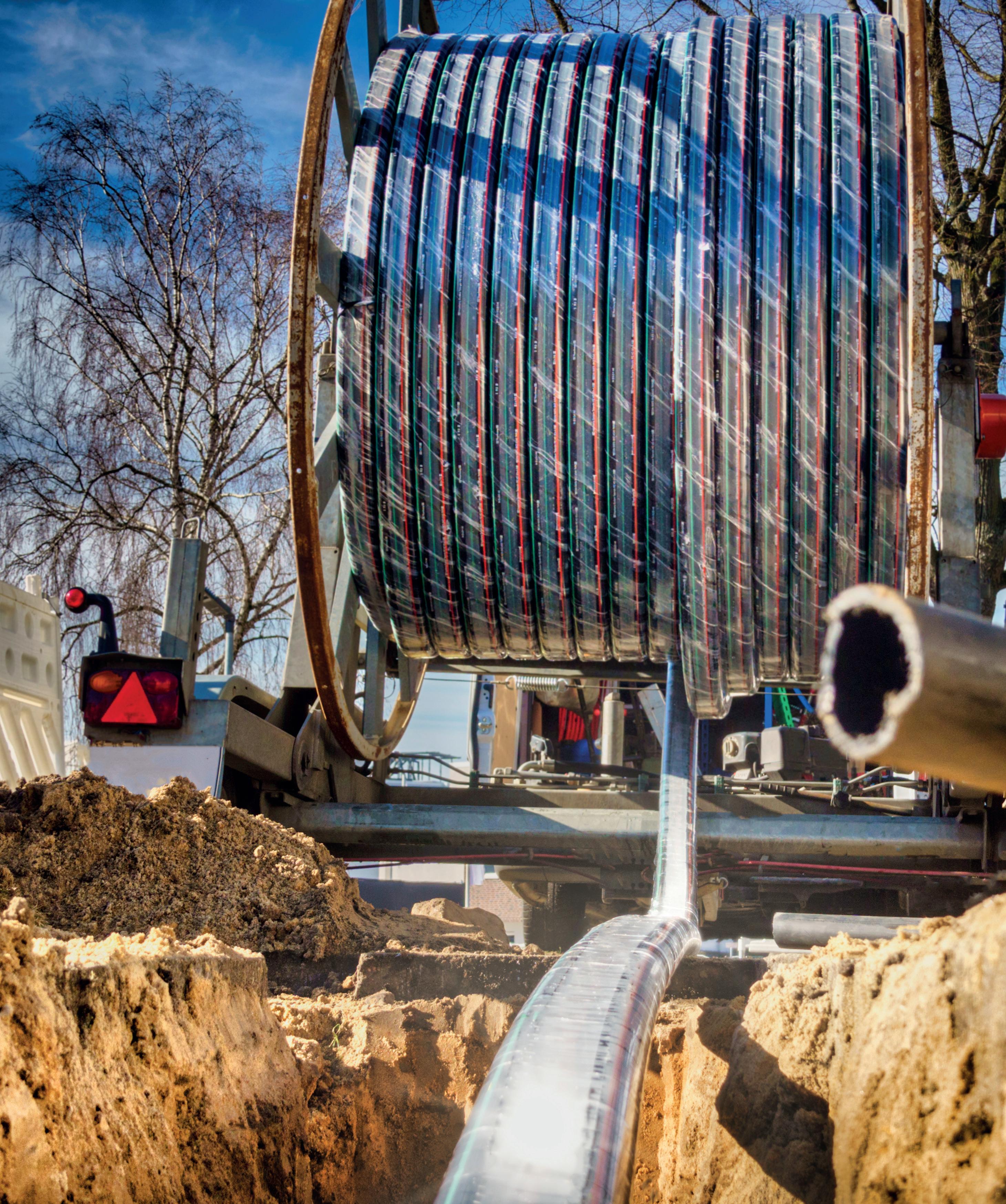
132
The company stocks tens of millions of dollars in communications products, representing over 800 different manufacturers. Power & Tel serves more than 90 percent of all telephone and cable companies in the US and approximately 4500 total customers around the world. They operate ten distribution centers in the US, three in Canada and one in Mexico, with additional customer service centers located in the US, including export handled out of Miami.
“Our focus is on being the most cost-effective and efficient source of products and material management solutions to all entities that are involved in building and maintaining communication and similar-type networks,” Sims says.
Sims became CEO of the company in June 2013, succeeding her father, Jim Pentecost, who now serves as the Chairman of the company’s board of directors. Before becoming CEO, she served as president of Power & Tel’s Canadian subsidiary for two years, and has held several other positions during her total of nearly 20 years in the company. “Over those years, I worked closely and learned from my father from the ground up about the industry, and the important role Power & Tel serves within it,” she says. “I am grateful that he still serves as a mentor to me today.”
Power & Tel moved into its new 250,000-square-foot headquarters and distribution center in January 2021, developed to support the company’s expansion and growth. It’s an investment which underlines the family’s long-term commitment to Power & Tel. “For over 55 years we have been blessed to be a part of the

“ “
With growth comes change, and we are excited about our ownership’s investment in our future
“ “
scw-mag.com 133 Power & Tel
“ “
supply
“ “
Binghampton community, as our business has grown and prospered,” says company president, Dale Stevenson. “With growth comes change, and we are excited about our ownership’s investment in our future – and how we can leverage that growth to better serve our customers.” In its ongoing drive to make the world a better place, the family donated its “old” buildings to Binghampton (https://www.bdcmemphis.org/hub) and Ave Maria (https://avemariahome.org/).
Meeting the product needs of the ever-evolving communications industry requires Power & Tel to be extremely technology savvy. “We are a company that has earned trust by consistently meeting the traditional needs of our customers for 60 years, as well as a highly progressive firm that leverages technology to meet their ever-changing supply chain needs,” Sims says. “We have recognized this need and have made and continue to make significant investments in the latest technologies, operating systems, process improvements, quality controls, and user-friendly customer interfaces to help those customers meet their business objectives.”
The company applies these systems in part through its Power & Tel Managed Inventory (PTMI®) program, which offers technology-based, scalable material management, and logistics solutions. These solutions include web portals that offer manufacturers and endcustomers full visibility of transaction and material movement, as well as warehousing and facility solutions.

134
Power & Tel’s ability to improve its customers’
chain operations illustrates its overall focus on building relationships with its customers

scw-mag.com 135 Power & Tel
“Our objective is to alleviate inventory and logistics concerns and allow our customers and manufacturing partners to focus on their core competencies,” Sims says. “From the customer side, today’s public has an unprecedented and wide-ranging set of demands for broadband services, and our customers must place their financial and intellectual focus on this demand to meet their corporate objectives. The time, resources, and money they spend toiling in the supply chain takes away from using these elements to better serve their customers and challenge their competitors for revenue dollars. Our services bring optimization and cost reductions to their operations.
“Our manufacturer partners feel a similar crunch brought on by the public’s demand and a highly competitive marketplace,” she adds. “Their charge is to constantly provide new and cost-effective technologies, then, once produced, they must be able to seamlessly provide material where and when needed. That, of course, is where we come in: by reducing their inventory costs, and effectively managing the customers’ supply and demand.”
According to Power & Tel, its PTMI® program has helped major service providers achieve significant cost savings by reducing cross dock and hub facilities and outsourcing services, resulting in labor savings. Clients also implement an inventory management system, giving them full visibility of their assets, and allowing them to effectively reposition those assets. Customers also improved finances, while improving their overall supply chain management systems by outsourcing logistics.
Along with receiving the right materials at the right time, PTMI® clients can also be assured that transaction,
inventory, and other information being transmitted is timely, accurate, and secure. “We understand how important visibility or transparency of material movement is to our partners, and in many cases, regulations such as Sarbanes-Oxley require it,” Sims notes. “Electronic transmission of this data through means such as Electronic Data Interchange (EDI), web-based ondemand reporting, and B2B XML files is vital to maintaining a seamless transfer of information within the supply chain, and we are equipped and prepared to utilize all these methods and more.”
Power & Tel’s ability to improve its customers’ supply chain operations illustrates its overall focus on building relationships with its customers. At the heart of these relationships is trust, which the company feels it has built up through its 60 years in business, largely through its long-tenured staff and family-oriented culture.
“It is that trust that allows us to be extremely successful in increasing our manufacturer partners’ adoption rates for new or enhanced products, and for the opportunity to be an extension of their supply chain, whether in warehousing, shipping, or selling,” Sims elaborates.
Of all of Sims’ and her company’s accomplishments, it is Power & Tel’s team of which she is most proud. “We are a family, act like a family, and support our partners like family,” she says. “We’re not in the market for an order; we’re in it for our partners’ success and the success of the communications industry.” ■ www.ptsupply.com
Power & Tel 136







Make stronger carrier connections and get more shipment visibility with freight management solutions. SIMPLIFY YOUR HEALTHCARE SUPPLY CHAIN AND KEEP FOCUS ON YOUR PATIENTS Personalized industry insight, end-to-end logistics solutions, dedicated support, and white-glove service, TRIOSE works as an extension of your supply chain team so that you can keep your focus on delivering the highest quality patient care. Browse our complete suite of healthcare logistics solutions Visit TRIOSE.com/SCW to learn more. Grow your business and build relationships with pharmacy management and compliant delivery solutions.





























































 By Polly Mitchell-Guthrie
By Polly Mitchell-Guthrie





 By Dr.Madhav Durbha
By Dr.Madhav Durbha
 Coupa www.coupa.com
Coupa www.coupa.com














































































 Going electric with Mercedes-Benz: the latest from a car-making colossus
Going electric with Mercedes-Benz: the latest from a car-making colossus













































































